




When it come s to good grow th on the farm, it isn’ t just abou t the fer tiliser you use ; it ’s abou t how it get s used. To ensure max imum produc tivit y, e ver y granule needs to count .
Ballance. Make it count.







When it come s to good grow th on the farm, it isn’ t just abou t the fer tiliser you use ; it ’s abou t how it get s used. To ensure max imum produc tivit y, e ver y granule needs to count .


ASPIKE in lamb casualties and a shortage of feed supplies are worrying Southland farmers amid spring snowfalls and an uncommonly wet September.
Slink skin processor NZAGRI Development technical adviser Eddie Zhi said wet weather and recent snow in Southland meant an increase in lamb casualties.
Since he set up shop in August, Zhi said, collectors have brought him over 70,000 lambs – but more than 25,000 of those were collected last week alone after snow hit the region.
Feed supplies are now low in some regions of Southland.
Collectors usually collect lambs once a day, but last week they were out on two collection runs a day because of increased casualty rates, he said.
Rates increased so much he is now looking for extra collectors.
A spokesperson for Environment Southland said in the first 16 days of September, parts of Southland
had already recorded 200% more rain than the long-term average for the entire month.
A MetService spokesperson said Lumsden had received 131mm of rain so far this month, while the September average is 66.2mm, based on data from 1991-2020.
Winton dairy farmer and dairy chair for Federated Farmers Southland Bart Luijten said the branch has been receiving calls from farmers wanting to offload cows in the short term, so they can minimise damage to land during wet soil conditions.
Despite the province having a feed surplus for much of the year, feed supplies are now low in some regions of Southland, Luijten said.
Some farmers are milking once a day because of low feed supplies, he said.
Farmers are trying to mitigate the impact of current weather and feed conditions in any way they can.
There is some hope as rains are predicted to ease over the next couple of days, he said.
He advised farmers to talk to friends and not isolate themselves when times are tough.
“Everyone is in the same boat. We’re trying to do our best, but there are things out of our control. You might just have to lower expectations and make decisions day by day.”
Continued page 3
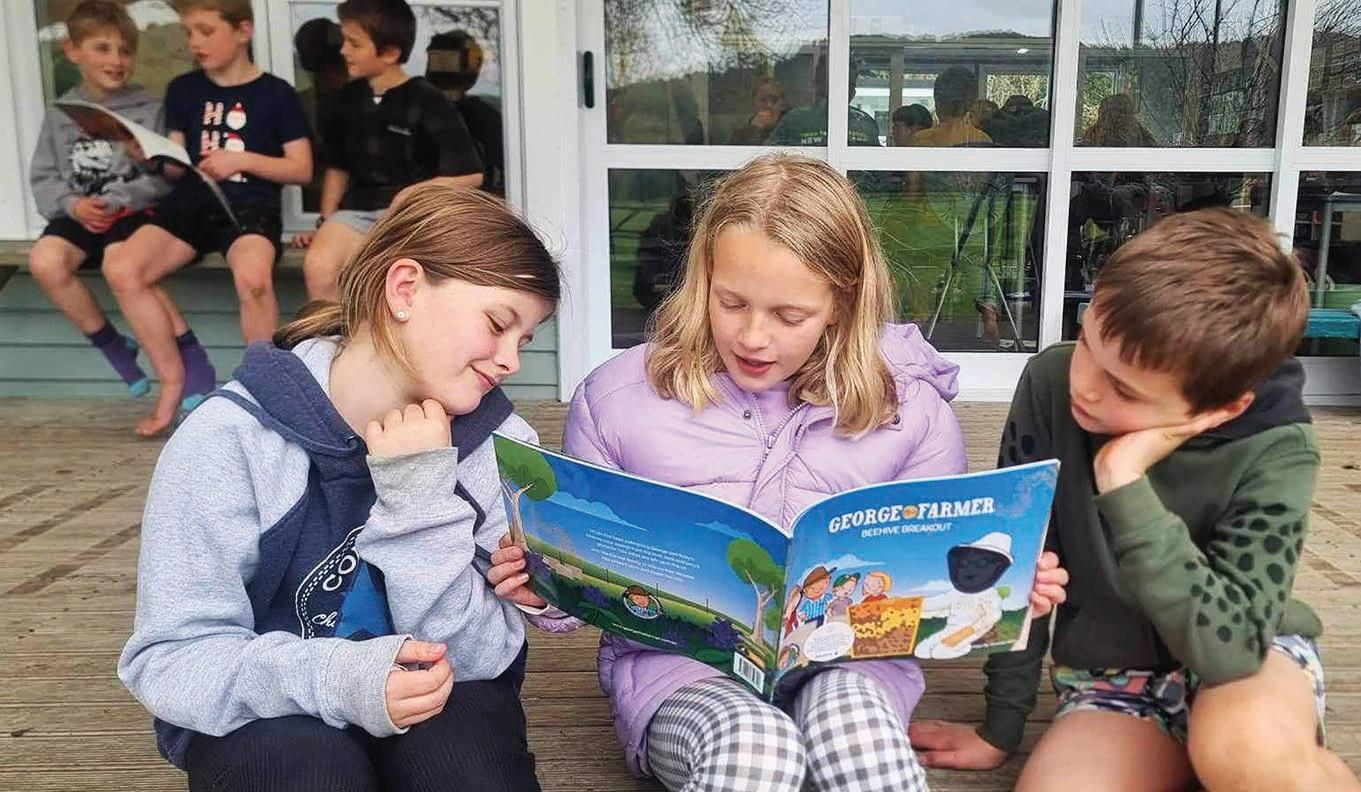
Te Miro School pupils, from left, Eily O’Brien, Imogen Nicholl and Max Ross engrossed in a copy of George the Farmer at their Cambridge school, one of 100 primary schools to win a set of the six-book series in a recent Rabobank competition. The books aim to teach pupils about food and farming.

Synlait shareholders meeting labelled a ‘watershed vote’ for the company.
NEWS 3
PEOPLE 22 SECTORFOCUS
Indoor farming will make fruit and vegetable growing more sustainable and profitable with climate change now more frequently disrupting production, says Dr Victoria Hatton. HORTICULTURE 24-26
A new, rapid and costeffective test for bovine tuberculosis in the pipeline.
NEWS 7
Southland sheep farmer Matt Ward now carrying on the legacy of his late father.

Bryan Gibson | 06 323 1519
Managing Editor bryan.gibson@agrihq.co.nz
Craig Page | 03 470 2469 Deputy Editor craig.page@agrihq.co.nz
Claire Robertson
Sub-Editor claire.robertson@agrihq.co.nz
Neal Wallace | 03 474 9240
Journalist neal.wallace@agrihq.co.nz
Gerald Piddock | 027 486 8346
Journalist gerald.piddock@agrihq.co.nz
Annette Scott | 021 908 400
Journalist annette.scott@agrihq.co.nz
Hugh Stringleman | 027 474 4003
Journalist hugh.stringleman@agrihq.co.nz
Richard Rennie | 027 475 4256
Journalist richard.rennie@agrihq.co.nz
Nigel Stirling | 021 136 5570
Journalist nigel.g.stirling@gmail.com
PRODUCTION
Lana Kieselbach | 027 739 4295 production@agrihq.co.nz
ADVERTISING MATERIAL
Supply to: adcopy@agrihq.co.nz
SUBSCRIPTIONS
0800 85 25 80 subs@agrihq.co.nz
PRINTER
Printed by NZME
Delivered by Reach Media Ltd
Andy Whitson | 027 626 2269
Sales & Marketing Manager andy.whitson@agrihq.co.nz
Janine Aish | 027 777 2557
Auckland/Northland Partnership Manager janine.aish@agrihq.co.nz
Jody Anderson | 027 474 6094
Waikato/Bay of Plenty Partnership Manager jody.anderson@agrihq.co.nz
Palak Arora | 027 474 6095
Lower North Island Partnership Manager palak.arora@agrihq.co.nz
Omid Rafyee | 027 474 6091 South Island Partnership Manager omid.rafyee@agrihq.co.nz
Julie Gibson | 06 323 0765 Marketplace Partnership Manager classifieds@agrihq.co.nz
Andrea Mansfield | 027 602 4925 National Livestock Manager livestock@agrihq.co.nz
Real Estate | 0800 85 25 80 realestate@agrihq.co.nz
Word Only Advertising | 0800 85 25 80 Marketplace wordads@agrihq.co.nz
Dean and Cushla Williamson Phone: 027 323 9407 dean.williamson@agrihq.co.nz cushla.williamson@agrihq.co.nz
Farmers Weekly is Published by AgriHQ PO Box 529, Feilding 4740, New Zealand Phone: 0800 85 25 80 Website: www.farmersweekly.co.nz
ISSN 2463-6002 (Print) ISSN 2463-6010 (Online)
1-16
For the first time since late 2021, farmer confidence in the broader agri economy is back at net positive levels, says the latest Rabobank Rural Confidence Survey. The survey found farmer confidence had increased to +3% from -25% previously. Rabobank CEO Todd Charteris said the arrival of spring had brought a lift in primary producer sentiment, with farmers across all sector groupings now more upbeat about the year ahead.
The Environmental Protection Authority board has had a refresh with four new appointments announced by Environment Minister Penny Simmonds.
The new board members are Barry O’Neil, Jennifer Scoular, Alison Stewart and Nancy Tuaine, who have been appointed for threeyear terms ending in August 2027. Paul Connell has been reappointed as both a board member and as acting interim chair.
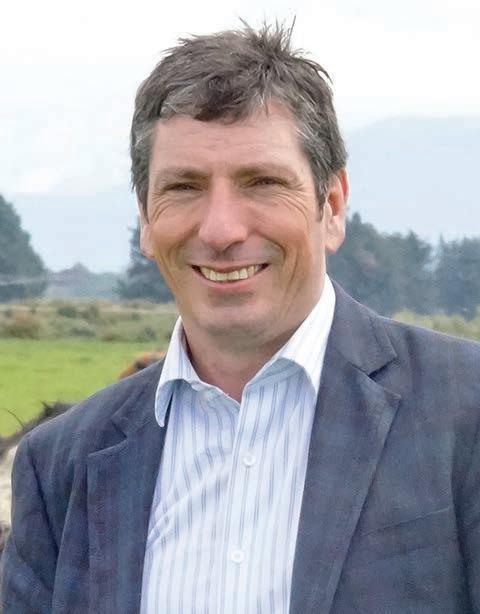
ROADMAP: OSPRI chief executive Sam McIvor says OSPRI is in a replanning phase and is developing a realistic and achievable roadmap to complete the NAIT replacement.
Farmers are being encouraged to join the BLNZ Sheep Poo study, a crucial part of the Eliminating Facial Eczema Impacts programme ahead of the new season. About 200 farmers have already signed up for the study, but more are needed. Farmers do not need to have had facial eczema on their farms to take part.
BLNZ has wrapped up its roadshow, with more than 400 farmers attending 30 meetings across the country. Chair Kate Acland said discussion at the sessions was constructive with lots of good suggestions raised.
“We wanted to give farmers some detail about BLNZ’s refreshed strategy, and to see if they felt we’d gotten the balance right. It appears the refreshed strategy was generally well received, and farmers particularly liked the focus on extension and on-farm profitability,” she said.

Back in 1860, exporting meat to the other side of the world seemed about as easy as nailing gravy to the ceiling But a few determined kiwis took the bull by the horns and now our grass-fed beef and lamb is sought-after all around the globe
At AFFCO, we see the same pioneering spirit alive and well in farmers today We’re playing our part too – exploring every opportunity to take New Zealand’s finest farm-raised products to the world

SYNLAIT chair George Adams has described the outcome of the special shareholders meeting as “a watershed vote for Synlait”.
“There was no option, there really weren’t any Plan Bs, the reality is this has saved [the company from] liquidation,” Adams said.
“We have been extremely clear that should the resolutions not pass, Synlait would likely need to cease trading and initiate a formal insolvency process.
“We were also clear the board did not believe that insolvency was the best option or the best way to ensure creditors are paid and returns are delivered to shareholders.”
The three resolutions put to shareholders at its special shareholders’ meeting at Dunsandel last week passed, all with more than 90% approval.
“Shareholders have given us the opportunity to create a positive future for the company, its investors, 200 farmers, customers, suppliers and for our 1400 employees whose livelihoods rely on our business.”
To reduce Synlait’s debt, shareholders were asked to vote on the issuance of approximately
Continued from page 1
Luijten said the Southland community is rallying to help each other, with silage contractors who can’t work because of wet weather helping farmers feed out so they can have a day off.
A Facebook post for the branch asked anyone with spare feed or the ability to take on cows to let the branch know so they can be put in contact with farmers
$217.8 million of new equity capital to the company’s two largest shareholders, Bright Dairy Holding Limited (Bright Dairy) and The a2 Milk Company, as well as Synlait’s settlement with The a2 Milk Company.
Shareholders were also asked to vote on certain administrative amendments to Synlait’s constitution.
The equity raise is conditional on the refinancing of Synlait’s bank facilities and certain other conditions.
Synlait entered definitive documentation to implement the refinancing of its banking facilities on September 16.
The equity raise, the settlement with The a2 Milk Company, and the bank refinancing are all interconditional and therefore must all occur contemporaneously, or substantially contemporaneously with each other, or not at all, Adams said.
Completion of all three components is expected on October 1, subject to the final conditions precedent to the equity raise and refinancing being satisfied.
Bright Dairy-appointed director Julia Zhu acknowledged the strong Synlait shareholder vote of support for the company’s initial step to address its current debt position.
“Our commitment throughout
wanting to shift cows for the short term.
Balfour arable farmer Blair Drysdale said the wet weather has been holding up growers’ ability to apply fertilisers.
He said there is a small window to apply growth regulator to autumn-sown wheat and barley, and he is considering using a helicopter to apply it as it is hard to get machinery into paddocks.
Crops have had “wet feet for too
this process has been to protect the long-term value of Synlait and our decision to participate further reflects the scale of our ambition to ensure Synlait rebuilds stronger, while restoring farmer supplier confidence over coming years.
“We will continue to advocate that all shareholders are afforded the opportunity to participate in the company’s next capital management initiative.”
Adams did not necessarily consider Synlait out of the woods.
In its favour, he said, Synlait has world-class facilities with exceptional capability in quality and innovation.
“Synlait can deliver products that other New Zealand companies cannot. It is the largest infant milk formula manufacturer in the southern hemisphere, that is why it has committed to global customers.
“We remain focused on expanding our early life and adult nutrition in China and throughout southeast Asia alongside the expansion of our Foodservice UHT cream business.
“In the shorter term we have a strong commitment to cost control and bedding in new operational processes with The a2 Milk Company.
“This all makes Synlait a company worth saving.”
Adams said the Dunsandel
long” and might drown, Drysdale said.
He also runs sheep and is feeding out as he has feed shortages.
Head weather analyst and owner of WeatherWatch.co.nz Phil Duncan said soil moisture maps from NIWA don’t show anything too alarming, but some parts of northern Southland might be wetter than usual.
“Snow events in Southland
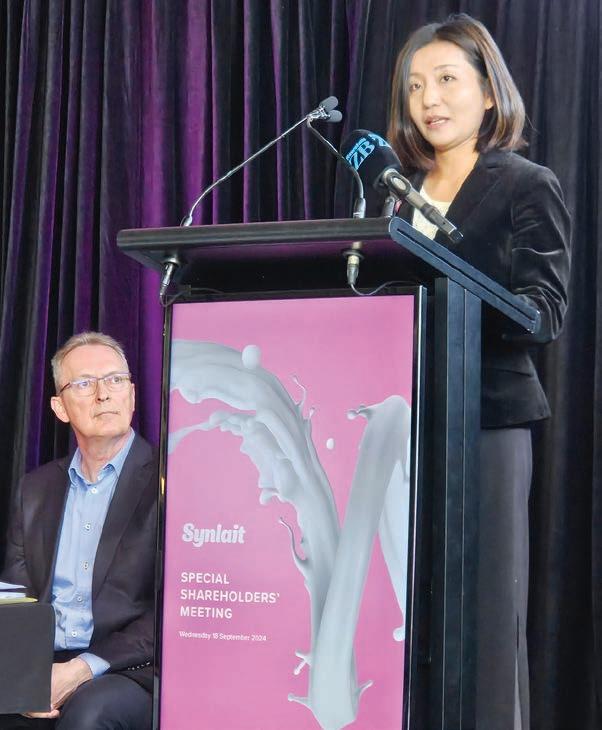
facility will remain the focus for dairy operations.
He said the immediate action is to talk to farmers about cease notices.
Shareholder and dairy farmer supplier Willy Lefrink was happy with the result.
“It is the outcome I wanted to see for farmers, for a lot of staff, and for Canterbury as a whole; it is a positive step going forward,” he said.
“It would have been disastrous if the vote had gone any other way,
are quite common in September. The Southern Ocean weather is especially stormy this year with particularly low air pressure. This means stormy lows normally parked nearer to Antarctica have the ability to shift much closer to southern NZ. This September and Spring have a higher than normal chance of winter outbreaks, so Southland and Otago are clearly in the firing line for that when it does happen,” he said.
it’s onwards and upwards from here.”
Shareholder and former Synlait director Ruth Richardson said the Synlait DNA has always been at the premium end of the product.
“Today is a substantial vote of confidence and will help turn the promise of the company into performance and the more the whole of the sector can focus on the premium end the more prosperous NZ will become,” Richardson said.
Everyone is in the same boat. We’re trying to do our best, but there are things out of our control. You might just have to lower expectations and make decisions day by day
Bart Luijten Federated Farmers






Neal Wallace MARKETS Trade
SUBSIDIES totalling nearly NZ$1.4 trillion were paid to the agricultural sector in 54 wealthy and emerging countries each year between 2020 and 2022.
The OECD’s latest Agricultural Policy Monitoring report says financial subsidies and support for agriculture has reached record levels with restrictions to free trade and production quotas accounting for NZ$667 billion, almost half of all support to the sector.
Martin von Lampe, the head of policy monitoring and evaluation with the Trade and Agriculture Directorate at the OECD, said direct financial support to farmers accounts for on average 9% of their gross revenue, which includes some in countries that have policies that reduce domestic food prices.
“That means 9% of the receipts received by a farmer across those 54 countries is induced by policies,” Von Lampe said.
Part of the government drive to support the sector is practical – the need to produce food – but it’s also social, the retention of
a country’s farming and rural heritage.
He said there is a growing trend for governments such as the European Union to use financial support to drive environmental goals in the agricultural sector.
New Zealand has minimal nontariff barriers, he said, resulting solely from some sanitary and phytosanitary-related measures preventing imports of table eggs, fresh chicken meat and honey.
The 54-country study included the 38 OECD countries, the five non-OECD European Union member states and 11 emerging economies.
An OECD Food and Agricultural Outlook report notes that 20% of global calories consumed in the world cross at least one border as no country is entirely selfsufficient in producing all the food it consumes.
The study documents a 2.5-fold nominal increase in support compared to 2000-2002, with China accounting for a third of the total support paid in 2020-22.
India was next at 15%, the United States at 14% and the EU at 13%.
Much of the support provided is market distorting, said Von Lampe, resulting in higher prices for consumers.
“We found that a large part of that support is either not helpful or inefficient.”
Some forms of support can also lead to environmental harm but Von Lampe said some governments are decoupling subsidy payments from encouraging food production to a straight area payment.
Some governments are structuring these payments to achieve environmental outcomes such as reducing greenhouse gas emissions, enhancing water and soil quality and enhancing biodiversity and animal welfare standards.
“You look at the new [EU] Common Agricultural Policy and it has a very specific environmentally motivated direction of what farmers must do or not do to be eligible to receive payment.”
He said such payments are still modest in relative terms but are increasing.
Some support directly pays for the provision of environmental benefits not related to agricultural production itself. In Switzerland they represent between 5% and 6% of gross farm receipts
“In aggregate terms across all countries such payments are still relatively modest.”
The report also found the governments in the report have introduced close to 600 climate change adaptation policies, though implementation, monitoring and assessment of those policies has lagged.
The OECD is undertaking an analysis on how effective these environmental policies are.
The Agricultural Policy Monitoring report says that trade barriers such as import tariffs and quotas slow or limit trade and inflate domestic food prices.
It also calculates that while the increase in support has been less than the sector’s growth, since covid-19 governments have been taking action on trade to limit disruption to supplies of food due to the Ukraine-Russia war.
Productivity growth from innovation has been responsible for historic increases in the volume of food produced and farmer efficiency, but the report notes that despite evidence these investments lead to significant long-term payoffs, they remain a small share of support to the sector.
Of the total support to the sector across the 54 countries, in 202022 investments in innovation, biosecurity, infrastructure, and other general services represented

TREND: Growing trend for governments such as the European Union to use financial support to drive environmental goals in the agricultural sector.
only 12.5% of all transfers to the sector.
This is a drop from 16% two decades earlier.
• Wallace is visiting seven countries in six weeks to report on market sentiment, a trip made possible with grants from Fonterra, Silver Fern Farms, Alliance, Beef + Lamb NZ, NZ Meat Industry Association and Rabobank.
THE European Union’s attempts to improve environmental sustainability could be at the expense of food production, opening opportunities for food exporters such as New Zealand.
Justin Sherrard, Rabobank’s animal protein global strategist, told Farmers Weekly that the EU’s motivation is clear: its politicians are increasingly worried more about the environment more than they are about food production.
“If the EU keeps going down this road, that is good news for NZ farmers because the EU will have to import more food,” said Sherrard, who is based in Rabobank’s Amsterdam office.
He said there has to be a balance between food production and the impact on the environment, but the needle appears to be shifting.
That environmental focus will reduce the number of farms and reduce domestic agricultural production, with forecasts dairy cow numbers alone could fall up to 15%.
Such a decline will also impact beef supplies, as much of Europe’s domestic beef production is crossbred from dairy cows.
It is likely to be a long game for NZ exporters, with a gradual increase in demand rather than a sudden ramping up.
He questioned whether the NZEU free trade agreement has the
flexibility and market access that could be needed.
Sherrard said in pursuing its environmental policies, the EU has not built bridges between the factions that have developed, creating a discussion vacuum on
That’s what is missing here, a discussion about using innovation to maintain high levels of production but low carbon emissions.
Justine Sherrard Rabobank
the implications of the policies.
“The sensible centre, that is the piece that is missing,” he said.
For example, the EU’s deforestation policy is heavily promoted by non-government organisations and implemented by the director-general for the environment, but lacks input from the EU’s directors-general of agriculture and trade.
The policy is aimed at stopping deforestation of the Amazon and requires producers of certain products to prove their production did not cause deforestation.
An unintended consequence is that it will impact all producers of these products, including beef and its derivatives.

7 COUNTRIES IN 6 WEEKS
Sherrard said it shows how far policy development has fallen out of balance and how little consideration is given to consumers.
Continued next page

• Granulated products for precision farming
• Targeted soil nutrition
• Easy application with starter fertilizer and/or seed
• Trusted quality for optimal results










DAIRY will continue to play a crucial role for food giant Nestlé, but the company wants to see a reduction in on-farm emissions by 2030.
Florence Henry, Nestlé’s global head of sustainability for nutrition, said given the need for nutritious food to feed a growing population, dairy will continue to play a crucial role, but she wants farmers to continue making progress improving their sustainability.
The market is telling them the future is low-carbon milk.
“We have a big responsibility to feed a growing population,” she told Farmers Weekly.
The three sustainability priorities for all its suppliers are improved productivity, climate and regenerative agriculture.
For farmers, regenerative agriculture means sustainably managing or restoring soil and water and biodiversity quality.
Henry said in a video conference that she accepts New Zealand farmers work with and care for nature, saying that is part of their DNA.
But sustainability makes sound business sense and Nestlé is reflecting what its consumers are telling them and
Continued from previous page
“Governance is about finding the balance.
“I am asking the question if we have the balance right or is it a temporary thing?”
Similarly is the solution to the Netherlands’ livestock manure nutrient issue.
what is increasingly becoming a requirement of government regulators such as the European Union.
“Consumers want to hear stories about where their food comes from, how it is made, how natural it is and how respectful it is of nature, the environment and animal welfare.
“The more you tell the story the more it resonates with and connects to consumers.”
Dairy accounts for about 21% of the company’s Scope 3 greenhouse gas emissions and is Nestlé’s largest single source.
Methane is responsible for 40% of total emissions from its dairy operations.
Nestlé wants to see farmers making continuous improvement on sustainability issues and it is prepared to help.
“We’re on the side of farmers.”
She said farmers are at the centre of its sustainability efforts as they manage resources and make decisions on practices that suit their individual circumstances.
NZ dairy farmers cannot afford to relax, even though “you are starting from a very strong base if you consider emissions at a farm level”.
She said the NZ dairy industry is well aware of the need to continue improving.
“There is a lot of very positive forces such as DairyNZ and Fonterra co-operative embracing
He said the country in the 50 years since World War II became a self-sufficient, highly productive food producer using new, leading technology.
Faced with the nutrient issue, the government’s solution is to cut livestock numbers.
“They’re ignoring history.”
Denmark also risks ignoring

the agenda and really wanting to advance.
“NZ is well positioned but there needs to be continuous improvement.”
According to its 2023 annual report, Nestlé is more than halfway to achieving its 2025 goal of reducing absolute greenhouse gas emissions and well on the way to its 2030 goal of 50% reductions.
About 80% of those reductions are being achieved by changes in the way it sources raw materials, such as investment in deforestation prevention and regenerative agriculture.
Dairy is Nestlé’s single largest raw material, sourced from 200,000 dairy farmers in 27 countries. With such a diverse supply base, Henry said, farmers in different countries have different levers to pull.
Farmers are not on their own, with Nestlé offering incentives to help farmers transition, helping them adjust and investing in research.
Nestlé has its own dairy climate
its history of innovation by implementing a tax on agricultural greenhouse gas emissions.
“That’s what is missing here, a discussion about using innovation to maintain high levels of production but low carbon emissions.”
That aside, he said the Denmark
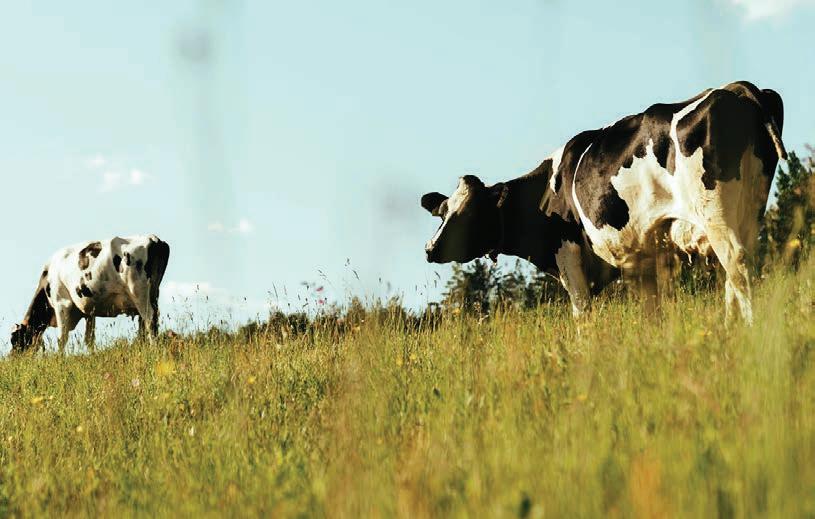
RESPECTFUL: Florence Henry, Nestlé’s global head of sustainability for nutrition, says consumers want to hear stories about where their food comes from, how it is made, how natural it is and how respectful it is of nature, the environment and animal welfare.
plan but is also part of the Dairy Methane Action Alliance, an international industry body charged with tackling the issue.
Through its action plan, Nestlé is working with Fonterra suppliers on projects such as planting native trees on marginal farmland for carbon capture, reducing on-farm greenhouse emissions through nutrient and fertiliser management, and demonstrating approaches to achieve net zero emissions while retaining farm profitability.
Similarly, it is partnering with Synlait in a seven-year programme.
This includes wastewater management systems, low-carbon emissions feed options, advanced soil testing, alternative fertilisers and tree planting.
The Nestlé Institute of Agricultural Sciences is researching dairy emission reduction techniques
proposal does include both sticks and carrots for farmers to lower their emissions and Sherrard hopes there will be a significant focus finding innovative and technological solutions.
“I think Denmark may have the balance between sticks and carrots.
including methane-reducing feed supplements, manure management and improved diets.
In 2023 Nestlé developed and implemented a new approach to collect dairy emissions data and measure impacts in markets around the world so it can help suppliers adopt new ways to reduce emissions.
Nestlé has also established a dedicated team to work with its largest dairy derivatives suppliers with work focused on improving diets to reduce dairy emissions. Nestlé last year had NZ$179 billion in sales, which included milk products and ice cream contributing $21bn, confectionery $15bn, powder and liquid beverages $24.8bn and nutrition and health science $29.4bn. According to its annual report, Nestlé sells into 188 countries, with more than half its sales in Europe and North America. It employs 270,000 people.
“I don’t think you had that balance right in NZ in the first instance.”
He believes the establishment in NZ of the investment group AgriZero will pay huge dividends for NZ, recognising the future role of technology in solving sustainability issues.



What does intergenerational success look like for your agribusiness?
“The thought of my children carrying on what I started …or using the capital out of these farms, generations further down - is very satisfying A really important part for us with the succession planning was having people around us - not only someone who knows the finances but someone the family can trust. ”
Bruce Webb, Grantham Hill Farm, Marlborough
From vision to long-term viability - the Webb family have found success in diversification and transitioning ownership of their farm portfolio to the next generation.






Gerald Piddock NEWS Animal health
ANEW, rapid and costeffective test for bovine tuberculosis being developed by Otago University could cut diagnosis times from 72 hours to about an hour.
Our test will be very quick, and it doesn’t have to be a vet or a skilled technician – farmers can do it as well.
Dr Htin Lin Aung Otago University
The three-year project has just received $1 million in funding in the Ministry of Business, Innovation and Employment’s latest Endeavour Fund investment round.
Tb is caused by Mycobacterium bovis and is a highly infectious livestock disease that costs Aotearoa’s primary sector $160 million a year.
Otago University Rutherford Discovery Fellow at the Department of Microbiology and Immunology, School of Biomedical Sciences, Dr Htin Lin Aung, said
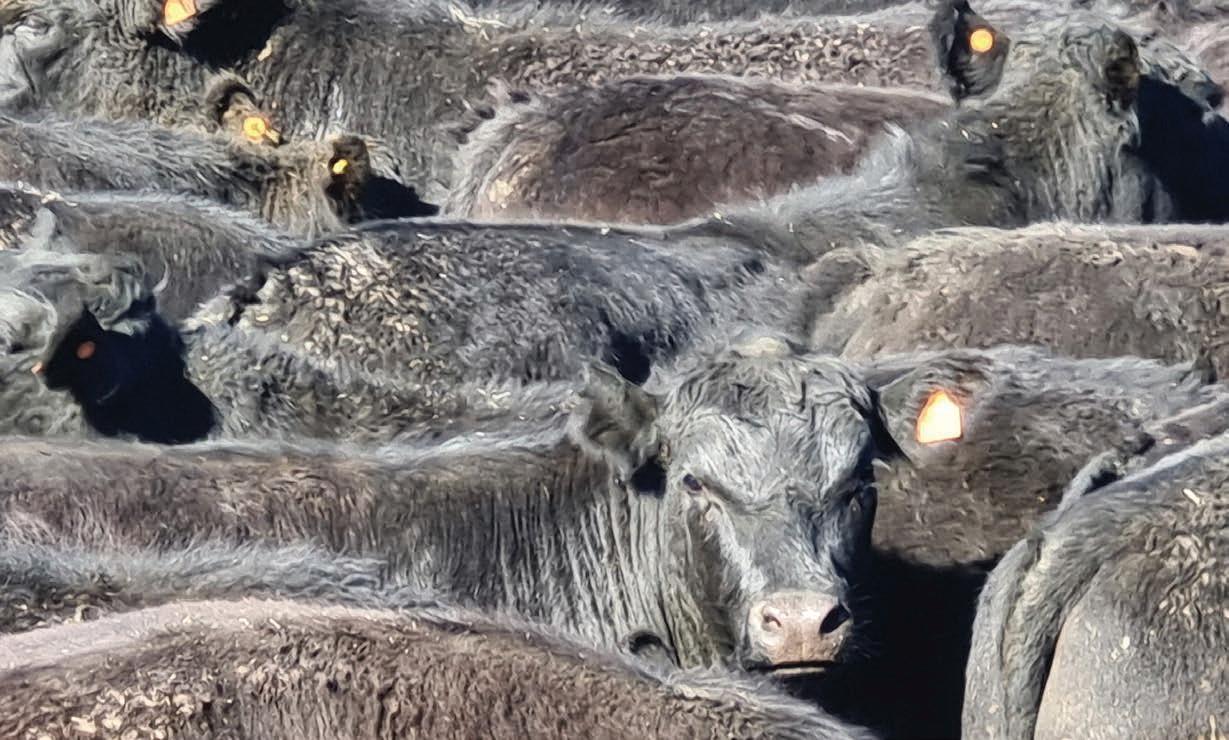
the current testing regime for Tb requires a 72-hour turnaround, specialist equipment, skilled staff and laboratory infrastructure, which prevents diagnosis of the disease on farm and leaves infected animals in their herds while the results are pending.
He hopes the new test will reduce that time to one hour.
“This is a very lengthy process if
you are the one doing the test or if you are the farmer waiting for the result,” Aung said.
It would also eliminate the need for skin tests, which can produce false-positive and false-negative tests, and the blood test, which confirms if the animal has Tb or not.
“I think it could be a gamechanger because our test will be

Gerald Piddock NEWS Genetics
LIC’s annual meeting saw the board and senior leadership team reflect on a tough past season where the dairy improvement cooperative faced both financial and operational challenges.
Reflecting on the co-operative’s financial performance at the meeting on September 18 in Hamilton, LIC chair Corrigan Sowman emphasised LIC’s ability to deliver a sustainable profit and a solid return for its shareholders despite a challenging economic environment.
“We are proud to have closed the year with a respectable profit of $7.7 million and a total dividend of 18.84 cents per share, thanks to prudent management and a strong balance sheet with no debt.”
Sowman acknowledged the headwinds the sector may face but expressed confidence in LIC’s resilience and future potential.
“Our co-operative is wellpositioned for the challenges ahead. We remain focused on our core purpose: delivering value for
PROFIT: LIC chair
Corrigan Sowman told shareholders at the co-operative’s annual meeting that it has delivered a sustainable profit in a challenging economic environment.
our farmer shareholders. This goes beyond short-term gains – our decisions today shape the future of New Zealand’s national herd.”
The co-operative forecasts underlying earnings of $16-22m for 2024/25, barring any significant external factors.
LIC chief financial officer
Brent Mealings said there was an understandable reaction to the significant decrease in Fonterra’s forecast milk price by its shareholder customers in August and September last year.
Total revenue was down 3.3% on last year driven largely by a decrease in demand impacting volumes across key product and service lines.
“Our response was also to focus on controlling our costs across the business. The after-tax impact of the semen quality issue during the year was $1.5m.”
He said there were positive signs in the sector, where confidence is slowly rebuilding.
This was challenged by one farmer in the audience who questioned the senior management team on its performance.
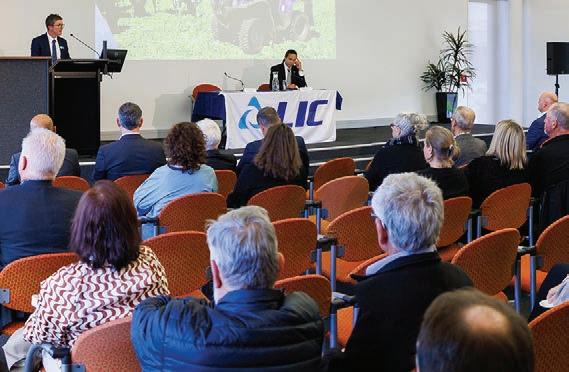
Sowman told him the board took responsibility for past performance issues with sexed semen and while he did not want to make excuses, he said the past two to three years had been tough on all businesses.
“We’re both farmers and we know the extraordinary period of inflation that we have been through. The reality is, we haven’t had free cash.”
He was confident that the most recent investments LIC had made will lead to improvements in revenue.
LIC chief executive David Chin acknowledged that the cooperative did not live up to being operationally excellent last year because of the issues it had with semen quality issue.
“Following a thorough investigation, we’ve been working hard to implement improvements across the semen processing business.”
He said winter mating went without a hitch, and he is confident there will be a successful calving season this spring.
The meeting saw Mike O’Connor elected as director for the North Island region and Tony Coltman as director for the South Island region as well as Kirsten Watson elected as the Upper North Island territory shareholder reference group (SRG) representative.
The SRG is an elected and appointed body of shareholders established to promote shareholder interests and assist LIC to deliver on its purpose and vision.
swab, but based on a different technology.
Business development manager and patent attorney Tomas Ribeiro said that as well as providing farmers with a much faster diagnosis, it will be better for animal welfare.
“If you have a positive test in a large herd and you have to wait three to four days to get that result back, you have to cull the entire herd.”
A quick diagnostic test would allow the farmer to quickly separate those that test positive and those that are negative, and prevent the mass culling of herds, he said.
“There’s a massive economic benefit and there’s a massive animal welfare benefit.”
Aung said they will be working closely with stakeholders over the next three years as the test is developed and moves into the trialling stage.
very quick, and it doesn’t have to be a vet or a skilled technician –farmers can do it as well.”
The test will also be noninvasive with no blood samples taken or injections, which the current testing system relies on.
Aung said they hope the test they develop will be similar to how people tested themselves for covid-19, which used a nasal
It could also be used overseas to fight Tb and could serve as a platform technology for the detection of other pathogens in animals as well as humans.
“It has a lot of potential and we’re very excited by it.”
While it is a three-year project, the science behind it is well developed and the team is optimistic a prototype could be ready in 18 months.
Have your say on new biosecurity rules
Staff reporter NEWS
Biosecurity
PROPOSALS to strengthen the country’s biosecurity system, including higher fines for passengers bringing in undeclared high-risk goods, greater flexibility around importing requirements, and fairer cost-sharing for biosecurity responses have been released for public consultation.
Biosecurity Minister Andrew Hoggard said the future is about resilience and the 30-year-old Biosecurity Act needs an update.
“A number of potential amendments are proposed to ensure it remains resilient and fit for the future.
“The proposals are designed to strengthen the country’s vital biosecurity system. Some of the suggestions in the discussion document include higher fines for passengers who are bringing in undeclared highrisk goods, greater flexibility around importing requirements, and fairer cost-sharing for biosecurity responses.”
Hoggard said New Zealand’s relative freedom from pests and diseases is a big part of its competitive advantage and underpins its world-leading $53 billion food and fibre export industry.
“The Act is the legislative
framework for the system that enables us to manage biosecurity risk and protect the economy and environment from harmful incursions. This is important work, and we need input from primary industries, mana whenua, local authorities and the wider public to ensure we’ve got it right.
We need input from primary industries, mana whenua, local authorities and the wider public to ensure we’ve got it right.
Andrew Hoggard
Biosecurity Minister
“Before any changes to the Act are progressed, all New Zealanders are invited to have their say during the consultation period which runs to November 29 2024,” Hoggard said.
The Ministry for Primary Industries is leading the policy programme to amend the Act. Consultation material, including seven discussion documents setting out policy proposals for change are on its website.
Feedback provided through this process will be considered in the development of policy advice to support any future amendment Bill.

Make every bit of advice count.

Ever y farm is di fferent . That ’s why your Ballance Nu trient Specialist will work with you to understand ex ac tly what e ver y corner of your land needs and when. That means better bang for your buck , better produc tivit y, and a better season for your business .
Ballance. Make it count.



Gerhard Uys TECHNOLOGY Livestock
ADAMNING report on the failure of OSPRI’s IT upgrade did not come as a surprise to stakeholders.
Farmer’s Weekly reported last week that OSPRI has apologised to farmers and shareholders after major flaws were found in a technology upgrade project.
An independent review of its Information Systems Strategic Programme (ISSP) identified issues with the technology project, which was meant to integrate its animal disease management and traceability systems.
Southland dairy farmer and chair of OSPRI’s farmer committee Nigel Johnston said the issues had been evident for years.
Johnston said that in its annual reports for the past three years, the farmer committee had highlighted concerns about IT issues, the slow progress to fix them and a lack of accountability. Working groups had asked for an independent look into the matter, with the independent review highlighting failures the end result, he said.
NAIT uses old technology, is cumbersome and because of the
age of the technology there isn’t a user-friendly phone app, he said.
The decision to upgrade the software platform was made five years ago, but the ensuing project had “significant cost overruns, mainly because we wanted to do it once and do it right”.
Despite setbacks, a well-made “skeleton” now exists. It provides OSPRI with a workable solution without requiring too much further farmer input, Johnston said.
Compliance is still possible and relatively easy for dairy farmers, especially those who use thirdparty software such as LIC’s Minda, he said.
Farmers running beef as part of their operations and who work directly with NAIT will experience some user-friendliness, he said.
OSPRI tried to make a futureproofed solution but ran out of money, he said.
Recent changes at OSPRI “refreshed the focus” on the project, he said.
Ospri chief executive Sam McIvor said OSPRI is currently undertaking the work to redefine the future NAIT replacement solution. The goal is to develop a system that is more user-friendly, more efficient, cost effective, and ultimately saves time for farmers, he said.
“The focus will be on ensuring the system effectively supports farmers needs while improving traceability and disease management capabilities.”
It is important to note that the issues highlighted by the review relate to future technology at OSPRI only, McIvor said.
“OSPRI is currently in a replanning phase, which will take up to six months. During this time, we are developing a realistic and achievable roadmap to complete the NAIT replacement. Once this phase is finished and the programme plan is approved, we will be in a position to confirm the timeframes for delivery of the new system,” McIvor said.
“We will only announce a new delivery date when we are confident it is both financially sustainable and achievable within the timeframe.”
The current NAIT system is functional, and the data farmers provide continues to improve and support the disease management programmes at OSPRI, he said.
Chair of DairyNZ Jim van der Poel said DairyNZ was disappointed with OSPRI’s performance in relation to this project and the findings of the review of the ISSP.
“We are working with shareholders Beef + Lamb NZ and

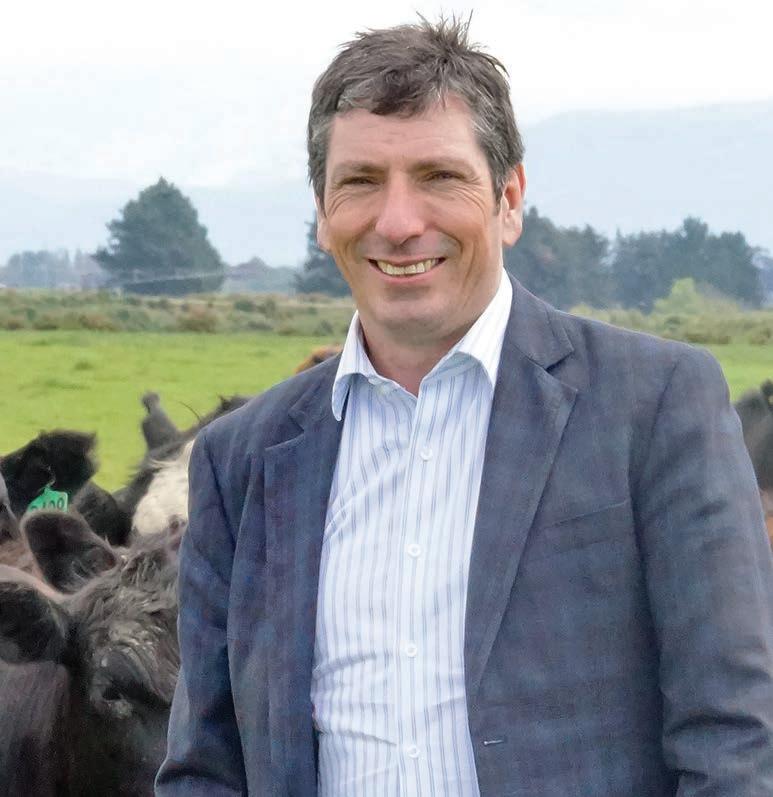
Deer Industry NZ, as well as [the Ministry for Primary Industries (MPI)], the OSPRI board and recently appointed CEO to take urgent steps to get this project back on track.
“It is important to note the ISSP IT issues relate to a technology upgrade and do not affect the functioning of NAIT, the TB Free Programme or M bovis eradication.
“Earlier this year shareholders, supported by MPI, requested an independent review of OSPRI’s IT system rebuild. We made a strong contribution to the terms
ROADMAP:
OSPRI chief executive
Sam McIvor says OSPRI is currently in a replanning phase, which will take up to six months, and is developing a realistic and achievable roadmap to complete the NAIT replacement.
of reference for that review to extract clear information about the ISSP, due to concerns about delays, lack of reporting and questions about the accuracy of the information shareholders were receiving regarding this project.”
OSPRI’s efforts to get the project back on track will occur alongside shareholders progressing recommendations for constitutional changes to strengthen OSPRI’s governance, transparency and technology capability, he said.























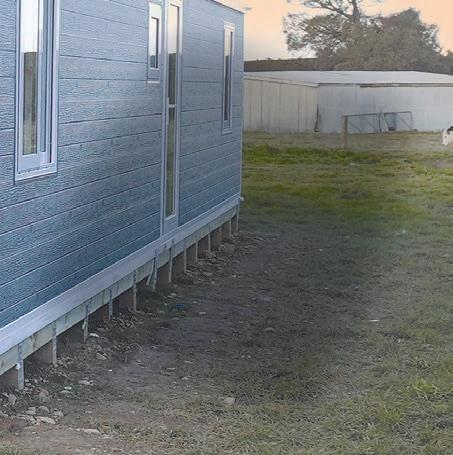




Carla Muller was living on a sheep station far from her support systems when she had her first child. With a baby now part of the equation, the isolation became too much and postnatal depression soon set in. She spoke to Olivia Caldwell for Mental Health Awareness Week.
CARLA Muller is a career woman and has a pedal-to-the-metal personality.
From 2014 to 2018, when New Zealand’s freshwater reforms were at the front of the government’s and farmers’ minds, she was knocking on doors as a consultant for DairyNZ.
While the job had its challenges, she enjoyed interacting with the farming community, the Hamilton city life and the freedom of a childless woman in her 20s. She met her partner Sam, a shepherd at the time, in her second year at Massey University in Palmerston North.
Fast-forward 10 years, and Sam had the opportunity to manage a sheep station in a small town with a population of 207 – Tikitiki.
The closest supermarket is more than two hours’ drive away and same with the nearest hospital in Gisborne.
“You start thinking of the ramifications of getting pregnant there,” Muller said. In 2019, while working in her dream job for Perrin Ag, she fell pregnant. In July 2020 baby Maddie was born in Tauranga Hospital. It was a six-hour drive away, but the safer option with Muller’s parents living nearby.
The young couple travelled back to the farm within a week and the cracks in their new lifestyle started to show.
At the time Sam’s job on the 2000 hectare station was at its most demanding. He would often leave the house at 7am on horseback and return in the evenings. Long days for him, but arguably longer for her and their newborn.
According to the Mental Health Foundation, postnatal depression affects 10-20% of women who have recently given birth. Living through postnatal depression can be overwhelming, with feelings of great sadness and pain.
“I hadn’t realised that once you have had a baby you are fundamentally changed and it is very hard to explain how big that change is.”
Having worked 10 years in corporate roles predominantly in a city, she struggled with the remote life.
“And all of a sudden you spend 24 hours a day in a house by yourself with a baby that doesn’t sleep ... It was very lonely.”
Muller isn’t alone in the fact she gave up her world to become a mother with a farming partner.
“We are the mothers. It might mean losing a job, leaving your friends. Losing what you have spent 10-15 years building up, a life of your own.
“To change that and realise it is not going back to where it was before, we need to be able to mourn that. It’s not that it is worse,

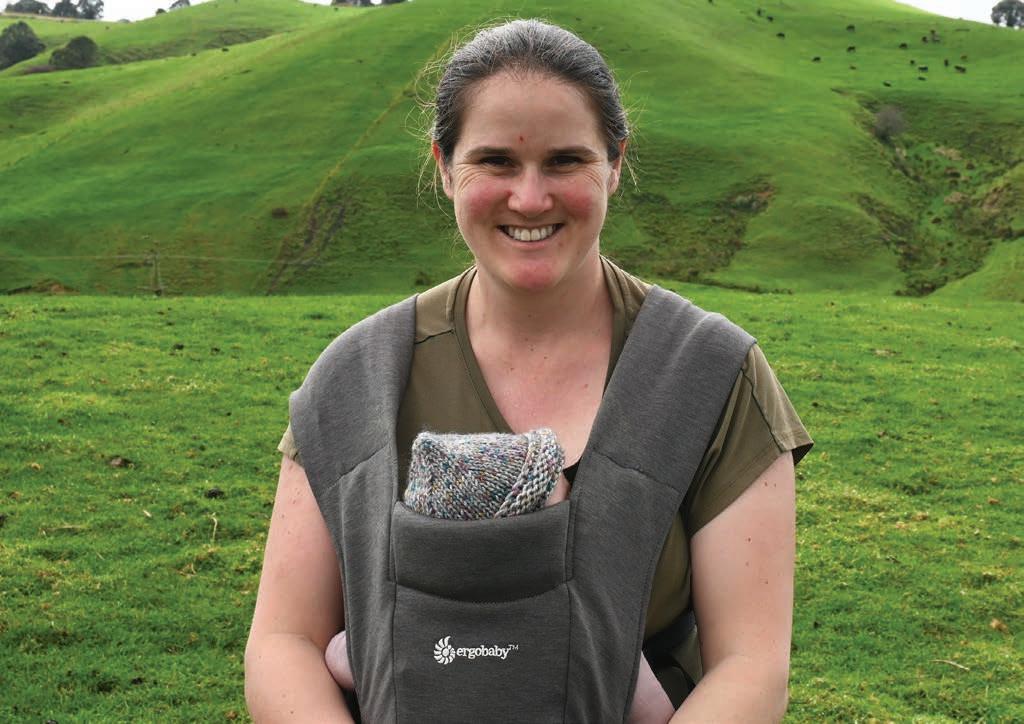
SUPPORT: Carla Muller recently welcomed her second child, Lottie, and says having the necessary support systems in place has made a world of difference.
but it won’t look the same.”
Rock-bottom was where Muller sat mentally. Having never suffered from depression, she struggled with opening up to friends, family or professionals.
“Every time you would go in you would see a different doctor so you never formed that relationship where you felt you could let that stuff out.”
Muller struggled with being vulnerable and felt she could get out of the hole alone. In hindsight she couldn’t and needed help.
“All of a sudden someone like me who was high achieving, I had to say no to projects ... then you are constantly worried that you are not doing enough at work or doing enough for your child and you’re not doing enough for your partner. I felt in all aspects of my life, I was failing.
“And of course none of that was true. I was trying my best.”
The break for the family came two years later when Sam was offered a job near Ōhope: she could be near town where she could get off the farm every day, and he could keep farming, albeit on a smaller block.
Having been through the worst time in her life and coming out of the other side, and having recently welcomed her second child, Lottie, Muller realised that it wasn’t necessarily the isolation that made her postpartum depression hard, but also not being honest with herself and exploring other options like online support.
Now living in a busier region, she has found the biggest difference has been PlunketLine, medical support and awareness phone line.
“We communicate better, you are aware of your triggers and that’s where counselling was critical.”



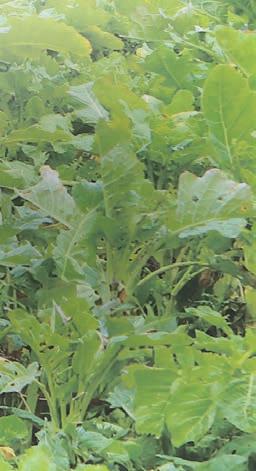


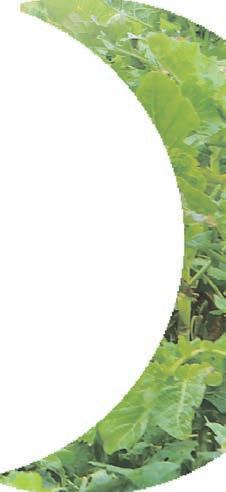
The isolation and postnatal depression put strain on the couple’s relationship, when they should have been enjoying life’s blessings of a new child, she said.
The hardest part for her was that feeling she wasn’t even enjoying motherhood.
“I think the big thing with postnatal depression is the idea that if you have chosen to have children and you are struggling, it means that you don’t love your child ... and that’s not true. You can love your child and really struggle with being a mum.”
Getting off the farm is hugely important to her, as is having regular contact with friends.
Living in remote Tikitiki has given her respect for the many mothers in the rural back blocks of Aotearoa.
“They are incredibly strong and resilient with the challenges they face, but it is also rewarding.
MORE:
Suffering from stress or postnatal depression? If you want to talk, PlunketLine can help. Call any time, day or night, on 0800 933 922, or call or text 1737 any time to speak with a trained counsellor.

REMOTE: Living remotely after her first child, Maddie, was born, Carla Muller spiralled into postnatal depression without having a community to lean on.

The Ministry for Primary Industries (MPI) says that early detection and strong on-farm biosecurity will be crucial if high pathogenicity avian influenza (HPAI) – also known as bird flu - arrives in New Zealand.
MPI Chief Veterinary Officer Dr Mary van Andel says New Zealand’s geographic isolation has protected us from HPAI in the past, but we can’t rely on it forever.
“New Zealand has never had a case of HPAI, but we have been closely monitoring its movement around the world for more than 20 years. Since a new H5N1 strain of the virus emerged in 2020, government agencies and industry have been keeping a close watch on events overseas, and preparing should it get to New Zealand.
“Given the unpredictable journey of wild birds who can travel with HPAI, it may still arrive here. While we can’t prevent that, we can work together to reduce its impact.
“Early detection and strong on-farm biosecurity will be key to responding effectively and managing any impacts on biodiversity, agriculture and trade.”
Dr van Andel says everyone has a role to play in helping to detect HPAI early. “If you have poultry or other domesticated birds, monitor them for disease and contact your vet if you have concerns about their health.
“If you see three or more sick or dead wild birds, contact the exotic pest and disease hotline on 0800 80 99 66.”
The H5N1 strain is spread by direct contact between infected and healthy birds, and indirectly through contaminated equipment, materials, water and feed. MPI is working closely with the poultry industry to support farmers and growers to have robust on-farm biosecurity plans in place.
Dr van Andel and industry representatives recently met with key organisations in the

United Kingdom, including the British Poultry Council and Egg Industry Council.
“The UK has been responding to the wildlife-adapted strain of HPAI since 2022. Given their similar geographic size and environment, and seeing how HPAI has impacted their industry, has provided us with good insights to inform our planning and build sector resilience,” Dr van Andel says.
Dr van Andel says wild birds should not be culled or dispersed from farms, because disturbing groups of wild birds can potentially spread disease further, and other birds will quickly move into the vacated space.
• Wild birds and their faeces are the greatest risk for introduction of HPAI into groups of owned birds. If you keep poultry or other birds, keeping them away from wild birds and wild-bird faeces is critical to reducing the risk of them getting infected.
• Keep animal/bird food, water and bedding in enclosed areas so wild birds cannot access them.
• Practise good hygiene before and after handling birds, including wearing appropriate dedicated clothing.
Reduce exposure through good biosecurity measures such as rodent control, limiting nonessential visitors and securing bird enclosures.
• Early detection is crucial. If you see three or more sick or dead wild birds, please report it to MPI’s exotic pest and disease hotline 0800 80 99 66.
• For more information, visit www.mpi.govt.nz/HPAI
Spring is the ideal time for farmers to assess their expected annual feed demand – and identify the best way to manage any potential shortfalls, says MPI’s director of On Farm Support, Dr John Roche.
MPI’s On Farm Support team can help landowners looking to improve their farm resilience and avoid potential feed shortages, which can often occur during winter, early spring, or summer, when a property isn’t growing enough grass for the number of livestock on it.
Most farmers use a range of tactics to get through. These can include reducing livestock numbers or using supplementary feed, but both require a plan.
Summer crops, such as turnips or chicory, deferring surplus spring pasture to summer or harvesting it for silage or baleage, can help.
“It’s important during spring to identify any pasture surpluses early and to determine how you’ll harvest the grass to use at a later date,” says Dr Roche.
“If you’re new to an area and use contractors to make your silage or plant your crops, it’s a good idea to get in touch with them early.
“Feed budgeting is an important part of day-to-day farming. It can help identify
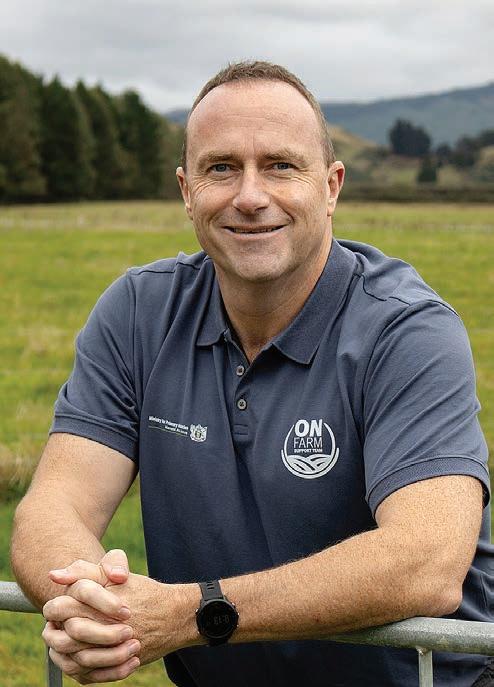
potential gaps early and give you time to make a plan to address them.
“The majority of farmers do a great job of harvesting every blade of grass. It’s the cheapest feed you’ll grow. But with on-farm costs tight, it can often be useful to run a few
numbers, to help keep costs down.
“Regional teams from On Farm Support, DairyNZ and Beef + Lamb NZ have useful resources to help do a feed budget, or assess cheaper ways to fill predicted feed gaps.”
Dr Roche says these are also important conversations for owners of lifestyle blocks.
“Do some calculations to figure out if you’ll have enough water to get your animals through a dry spell. If you don’t, what’s your plan to get by? Do you need to order another water tank?”
Sometimes no amount of planning can prepare farms for prolonged dry periods, such as the current situation in North Canterbury.
With rainfall yet to bring relief, and summer on its way, a further funding package was announced by the Government in August to help deliver specialist veterinary support to drought-affected farmers in the Hurunui District.
Farmers are encouraged to make early decisions if they have concerns about animal health or livestock welfare issues by seeking advice from trusted advisers, veterinarians, and support organisations such as their local Rural Support Trust.
Alternatively, they can contact MPI by calling freephone 0800 70 71 33, or emailing onfarmsupport@mpi.govt.nz
MPI continues to engage proactively with farmers and sector groups to promote best practices in animal welfare - and we reiterate our commitment to help whenever issues arise.
“While the vast majority of our farmers work very hard to do the right thing by their animals, reminders are important that help is available and to ensure standards remain high,” says MPI’s director of On Farm Support, Dr John Roche.
“If there are problems or issues, the sooner we know, the sooner we can work with farmers and veterinarians to help resolve matters.
“We take compliance action when it’s required, but in most cases issues can be resolved though direct on-farm support – and we are committed to that.
“If you are aware of anyone needing support with the care for their animals, please call us on freephone 0800 70 71 33, or email onfarmsupport@mpi.govt.nz.”





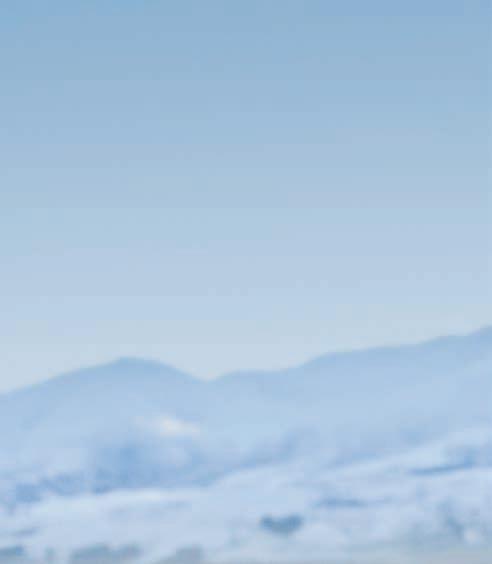
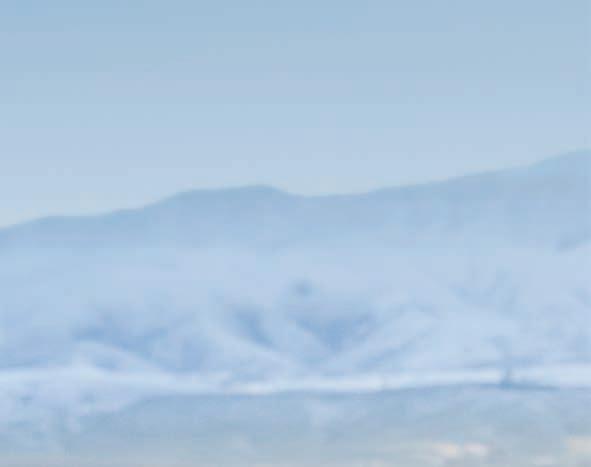





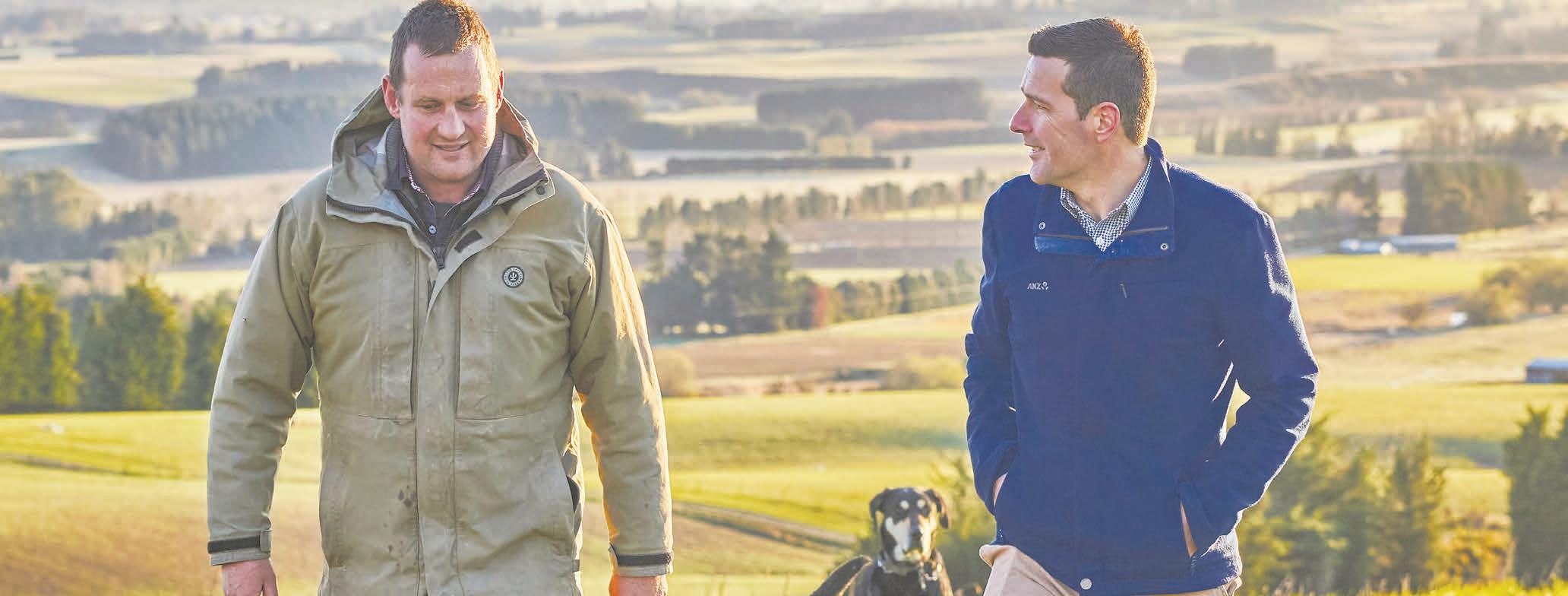
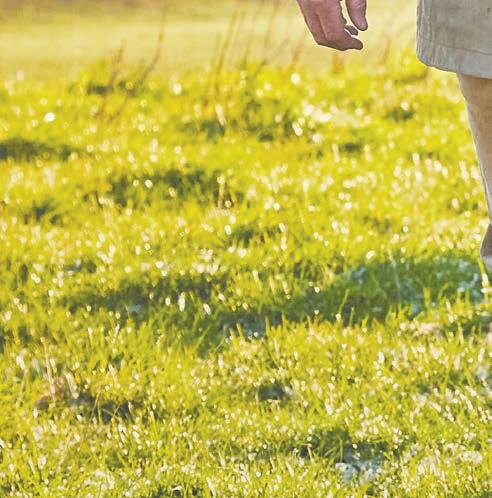
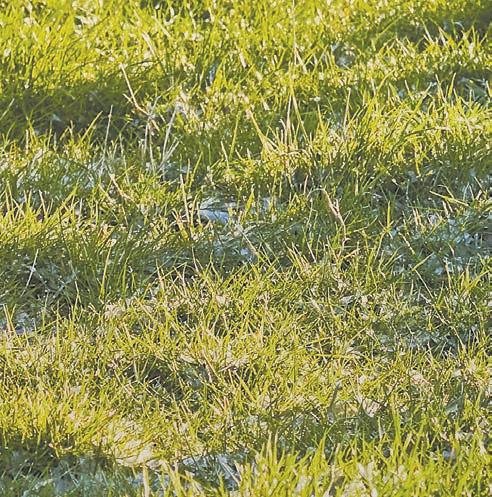

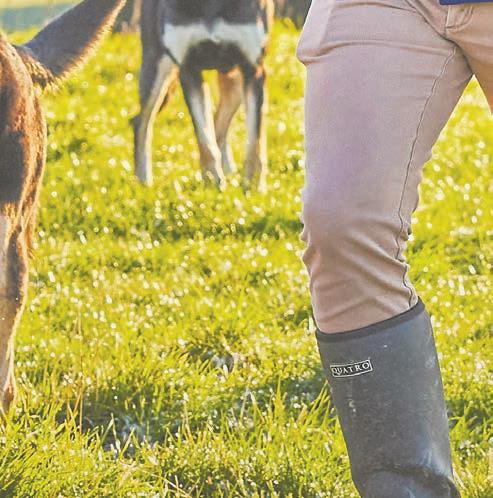
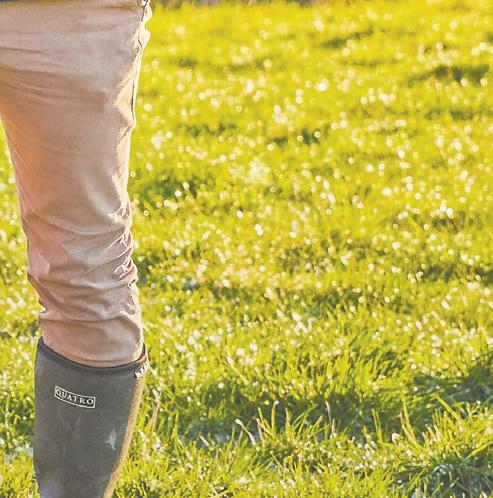








Hugh Stringleman MARKETS Livestock
ANGUS yearling bulls sold readily during the first half of September and the spring bull sale season.
Stokman Angus in Waikite Valley, Central Plateau, made a top price of $30,000 for Stokman U295, bought by McFadzean Cattle Company in Wairarapa.
McFadzean also paid $15,000 for a Stokman bull, as did Taimate Angus, Marlborough.
Despite some access worries with highway repairs, Stokman had a complete clearance of 114 yearling bulls with an average price of $5337 and also sold 40 heifers in the price rage $1650 to $2100.
Kayjay Angus, Masterton, made a top price of $24,500 for Kayjay Mountain Man U758, paid by Shian Angus, Taumarunui.
Kayjay Mountain Man U722 sold to Turiroa Angus for $15,000.
Stud principal Rod Kjestrup said these are the first two sons sold at auction from $92,500 sire Meadowslea Mountain Man 705, born in 2020 and bought in 2022 for a season record price.
Kayjay sold 17 out of 17 in the
catalogue and averaged $8541, more than twice that of last year.
McFadzean Cattle Company sold its Meatmaker and Super Angus yearling bulls to a top price of $16,000, paid by longtime supporters Luce and George Williams, Grassendale Genetics, Masterton.
First two sons sold at auction from $92,500 sire Meadowslea Mountain Man 705, bought in 2022 for a season record price.
A total of 28 bulls sold from 31 offered in the two composite breeds made an average price of $7313, well in advance of last year’s $4220.
McFadzean’s Cruizy Calves bulls sold 75 out of 79 offered with an average of $3820.
At the top price of $11,000, lot 36 sold to Patrick and Micheal Beech, Bullock Hills Station and lot 50 drew the same price from Logan Evans, Mount Peel Station, both returning purchasers.
Turihaua Angus, Gisborne, sold all 25 yearling bulls for an average $7908 and all went to commercial
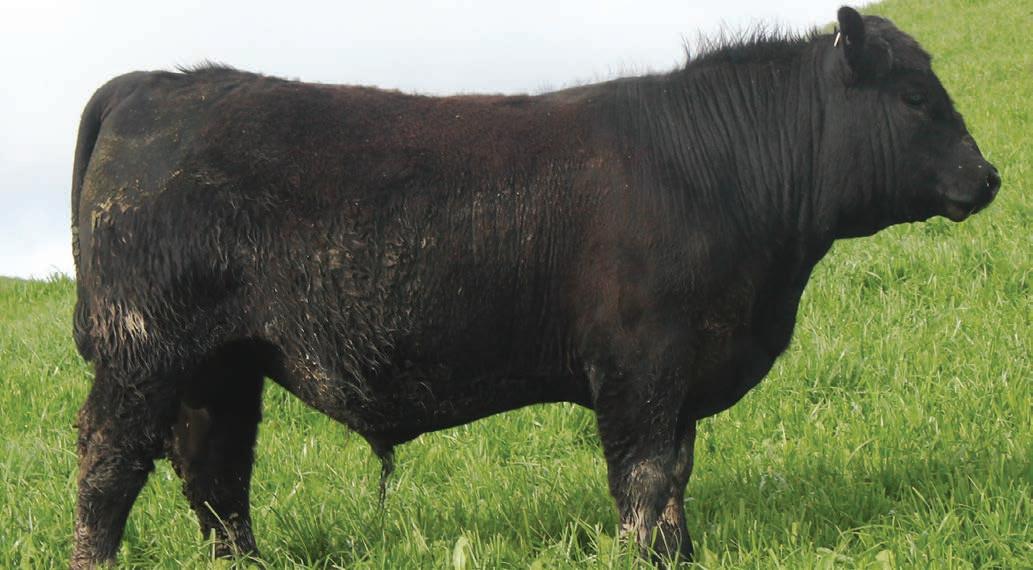
farms, including $10,500 made twice.
Waitangi Angus, Bay of Islands, sold 64 out of 89 and averaged $4050, with a top of $9500 paid by Waitangi Terraces, Gisborne. There were also three transfers to Hingaia Angus, Gisborne.
Mahuta Herefords, Tuakau, had a full clearance of 64 bulls and a top price of $11,000 paid by Otapawa Herefords.
The average for the sale was $3803.
Kairaumati Herefords, Turua, sold 29 two-year bulls averaging $3517 and 19 yearlings averaging $2800.
In Taranaki service bulls sold quickly and regional livestock manager Steve Quinnell reported the prices for NZ Farmers Livestock.
Tawanui sold 70 two-year Herefords averaging $3460 and 40 two-year Angus bulls averaging $2860 Penny Lane sold 100 Hereford two-year-old averaging $2950, 20 Angus averaging $2930 and 100 Jersey bulls averaging $2525. Burmeister sold 60 high BW Jersey yearling bulls averaging $1900.
Shadow Downs Herefords sold
12 yearling bulls and 48 two-year bulls averaging $3210 with a top of $6200.
Puketahi sold 30 two-year Herefords averaging $3360, 20 two-year Angus averaging $2860, 10 two- and three-year Murray Greys averaging $2700 and 50 twoyear Jerseys averaging $2360. Megaw sold 30 two-year Herefords averaging $2950, 25 two-year Angus averaging $2500, 20 two-year Friesians averaging $2300, 25 two-year Ayrshires averaging $2230, 170 two-year Jerseys averaging $2350 and 15 18-month-olds averaging $1950.

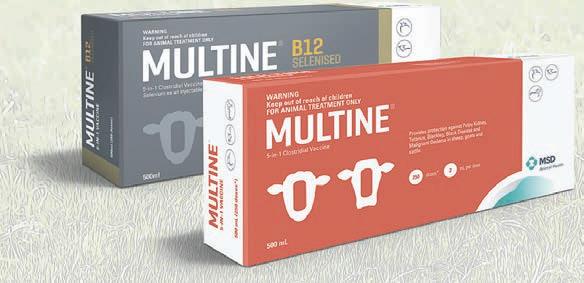


We’re here for the good of the country.

Gerhard Uys NEWS Forestry
ASHEEP and beef farmer living near Lawrence, Otago, says forestry companies are doing too little to control the pigs and deer that damage farms neighbouring forestry blocks.
Jim Crawford said about 15km of his farm fenceline borders forestry blocks owned by Wenita, Ernslaw, Rayonier and Port Blakely.
Pigs living in forestry blocks adjacent to his land destroy as much as half a hectare of pasture per week, he said.
He has to be very selective where he plants swedes, as large deer herds destroy swedes.
Federated Farmers said in Farmers Weekly recently that goats, pigs, deer and other wild animals cost farmers about $213 million a year.
Crawford said during a meeting organised by Lawrence police between farmers and forestry companies that it became clear that some forestry companies do not accept responsibility for managing their boundaries.
He posted about the topic on Facebook. By September 10 the post had received 107 likes, had 29 comments and shared 137 times.
At the Lawrence meeting landowners said trees in forestry blocks were planted too close to boundary fences, and that firebreaks were overgrown with gorse and broom with no real management.
Crawford said he knew of two incidents where hunters who pursued pigs from their property onto forestry blocks were trespassed.
It isn’t neighbourly to trespass a neighbour when you know their paddocks were “ripped up”, he said.
Forestry owners cited health and safety issues to keep hunters off their land, he said.
Crawford said forestry blocks often change ownership and some owners inherit a pest problem, but companies seem unwilling to offer solutions.
“I think they’ve got to put a lot more groundwork in. It’s too big an issue to expect recreational

hunters to get on top of.”
He was particularly frustrated with Rayonier and Wenita, saying Wenita contacted him only after he posted about his frustrations on Facebook.
He confirmed that Port Blakely contacted him directly after the meeting and undertook to drive his boundary fence to assess the situation.
Regional manager for Rayonier Matariki Forests Hamish Fitzgerald said they take relationships with the farming community and neighbours very seriously.
“We are actively working with stakeholders in the local Lawrence community to review and collaboratively resolve any concerns,” Fitzgerald said .
He did not answer questions from Farmer’s Weekly about what actions Rayonier takes to control pest populations or how it manages boundaries with farms.
South Island regional manager for Port Blakely Barry Wells said they weren’t aware of the scale of the problem until the recent meeting in Lawrence.
“The frustration from the local farming community is understandable. For animals such as pigs which are highly mobile, there may need to be a co-ordinated pest control effort between landowners to get on top of the problem, as opposed to just pushing it somewhere else,” Wells said.
Since the Lawrence meeting Port Blakely has been working with a
hunting club to provide preferential access to Lawrence forest blocks with a view to knocking pig and deer numbers back.
Wells said they will work with neighbouring landowners to control pests on their properties.
“There are various options available, such as contract hunters, night/thermal shooting, poisoning and helicopter shooting, but not all may work or be suitable for each situation.”
Over the coming weeks he will be visiting neighbours who contacted him, to address pest and fencing issues. He urged landowners to contact him.
Wells said a memorandum of understanding between Federated Farmers, the Forest Owners Association and the New Zealand Farm Forestry Association addressed many of the issues.
The MoU addresses responsibilities under the Fencing Act, and addresses setbacks and pest control and expectations for both farmers and forestry companies.
The MoU is not legally binding. Wells said many cases require a tailored plan.
“Some issues we are dealing with are legacy issues, such as trees originally planted too close to boundaries. As the current landowners, we take responsibility for these historic issues.”
Wenita and Ernslaw have not responded to questions from Farmers Weekly.

Annette Scott NEWS Environment
THE Department of Conservation has netted more than 70 critically threatened endemic freshwater fish on a South Canterbury dairy farm.
Found only in Canterbury, the Kōwaro or Canterbury Mudfish was discovered at Craigmore Sustainables’ Somerset dairy farm south of Timaru. The population of mudfish was found living in the farm’s irrigation spring, an ideal habitat, the DoC said, for mudfish because of the
clean, clear water and the dense aquatic plant growth.
Following visits by DoC staff in April and May, the team netted 72 mudfish ranging in length from 77mm to 149mm.
Somerset business manager Alex Pattullo said the discovery follows the completion of a comprehensive waterway restoration project over the past two years.
“We have replaced the old diesel irrigation pump with a new electric pump to reduce risk of any chemical leaching or contamination and fenced the site to stock-proof it.
“In addition, more than 2760 native plants consisting of dry
woodland shrubs and trees as well as flax and reed plants have been planted at the water edge.
“This will ensure a regenerating native bush block around the site, providing shade, shelter and food for many native and endangered species,” Pattullo said.
A report by the DoC says the riparian planting is “extensive and has a variety of species”.
Craigmore’s general manager of farming, Stuart Taylor, said the company regards it as a privilege and a serious responsibility to be entrusted to manage land, soils, water and other natural resources in New Zealand.


Hugh Stringleman MARKETS Dairy
MILK powder and cheese prices led the way in the latest Global Dairy Trade auction results while milkfat products took a breather but remained near historically high levels.
Milk powder rose 1.5% and skim milk powder 2.2%. Mozzarella was up 4.5% and cheddar 2.9%.
Butter prices fell 1.7% but remain near their record high of US$7350/tonne set in June.
Anhydrous milk fat prices fell 1.2% to an average $7220/t, only 2% below their recent record, also set in June.
The GDT price index of all products sold on September 18 rose by 0.8% after a slight fall in the first September event.
NZX dairy data analyst Rosalind Crickett said China took half of the volumes of milk powders and butter offered in the GDT event.
Southeast Asia buyers were prominent in AMF and African buyers in cheddar.
The resilience in milkfat prices and favourable exchange rates have given Westpac economists confidence to raise
their farmgate milk price forecast by 30c to $8.70/kg milkfat.
“Whole and skim milk powder prices have had their ups and downs in recent auctions, but they have generally been holding around their long-term averages.
“Cream products have held at or near record highs for longer than we expected.
“Our farmgate price forecast still assumes some pullback in these prices over the rest of this season.
“But the longer they hold up around these levels, the more we have to consider that there may have been a lasting step-
change in the demand for these products,” Westpac said.
Fonterra said it has already covered twothirds of its currency conversion needs for the current season at US61c.
Westpac said it would take a significant movement in the NZD exchange rate up or down to shift the milk price forecast.
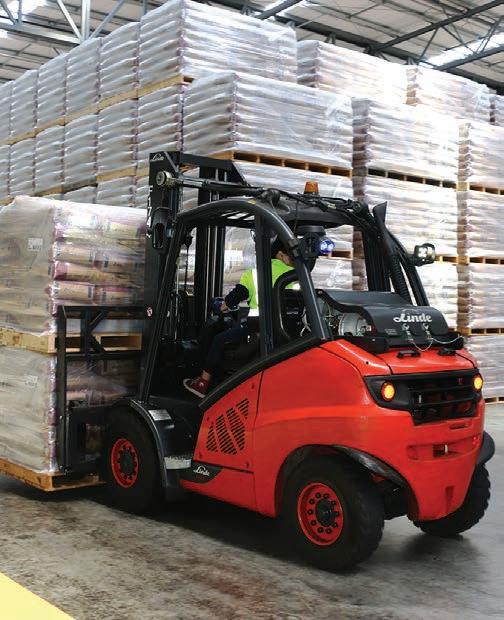
1
2

FONTERRA is to build a new $150 million cool store at its Whareroa site in Taranaki.


Using METACAM 20 mg/mL Solution for Injection o or METACAM 40 mg/mL
Solution for Injection along with local anaesthetic at disbudding provides an improved, more comfortable experience for calves Studies have proven that relieving pain with METACAM has an impact on the physiological, neuroendocrine and behavioural responses we can measure in calves undergoing this routine husbandry procedure1 2 3
Critically, METACAM helps to mitigate the delayed pain that we know occurs once the effects of local analgesia wear off Trust in METACAM at disbudding to give the calves in your care, the best t care

Fonterra CEO Miles Hurrell said the investment, along with plans to build a new protein plant at Studholme and a new UHT cream plant at Edendale, are about creating value at every point of the value chain.
“Over the past few weeks, Fonterra has announced significant strategic investments to expand and upgrade its operations. Our strong balance sheet is enabling us to invest for future growth and support ongoing delivery of our strategy,” he said.



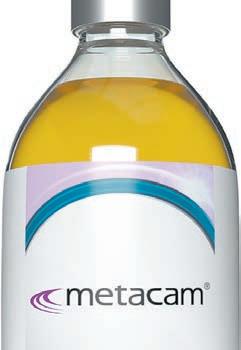

“These investments enable us to keep growing our ingredients and foodservice businesses as we look to prioritise these channels to create more value for the co-op.”
The new cool store will be the size of three rugby fields (19,000 m2), store around 26,000 tonnes of cheese, and increase the site’s cool store capacity by around 5000t.
Fonterra chief operating officer Anna Palairet said these are big investments, which will have a significant impact on the co-op.






The new cool store is strategically important as it will play a crucial role in the resilience of the co-operative’s supply chain.
“Our Whareroa site processes up to 12.5 million litres of milk per day and produces 30% of the co-op’s cheese, along with a number of other products including butter, casein, and powders.”
Construction on the new cool store will begin next month and will take place over two phases to enable the existing building to remain operational.
The expansion is expected to create local employment opportunities and is forecast to take three years to complete.
To love and succeed at farming, you have to enjoy solving problems. The next potential setback is never far away. The entire farming community must work together to hit new heights in order to overcome the biggest challenge of all: feeding a growing population with reduced access to farmland.
Fortunately, we now have better solutions than ever before to help you to continue to make great decisions, while doing what you love. The challenge is big, but so too is the appetite for success.







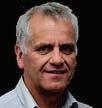
Neal Wallace Senior reporter
NEW Zealand farmers have done the tough part.
Our pasture-based farming system is acknowledged as efficient, having the world’s lowest carbon footprint. Our animal welfare systems are considered world class and we no longer engage in deforestation.
These are some patriotic, baseless claims. This is what global politicians, food processors and retailers say.
But what they acknowledge and what they can quantify are two different factors.
As we say, farmers have done the tough part; they now need to show that data to those who need to know.
Having crossed the first hurdle, our customers want continuous improvement.
The quest for data to prove that sustainability is being acted on is coming from multiple directions: politicians, financiers and companies who have publicly announced carbon-zero targets, non-
government organisations who want faster action in climate change, and consumers.
Rules and regulations require regular reporting on meeting sustainability targets but companies are also being judged by pressure groups and their consumers on progress or lack of it.
There are benefits to farmers from meeting these requirements.
That accumulation of information will give farmers greater insight into multiple aspects of their business, but there will also be another significant benefit.
Food companies and retailers today talk about having a partnership with farmers and their processors rather than basic commercial relationship.
They certainly want quality and functionality, but as they meet reporting requirements demanded by governments, boards and consumers they will need buy-in from throughout the supply chain.
They also need confidence and trust that the data being provided is accurate and in a form that is comparable and relevant.
The world is moving fast. We have a ticket to play in the major leagues and we cannot let this slip through our fingers, exposing us to lower-paying, uncertain, price-driven customers.
But we need a process that doesn’t require the filing of duplicated data.
OSPRI, dairy and meat companies, StatsNZ, regional councils and the Ministry
for Primary Industries all require data, much of which overlaps.
It must be a priority for those parties to get together and find a way that farmers can collate that relevant data in a way that is useful for all parties.
As we report this week, global agricultural trade is slowing as countries become more nationalistic and protectionist.
There has also been a deluge of rules and regulations imposed by governments such as the European Union, often under the guise of environmental protection but which some say will be at the expense of food security.
One proposal that has earned the wrath of exporters such as NZ is the EU’s deforestation policy, a blanket requirement for producers of products such as beef to prove it did result in deforestation.
Record agricultural subsidies of nearly NZ$1.4 trillion were paid by 54 wealthy and emerging countries each year between 2020 and 2022, but the trend is to start linking payment with environment outcomes.
These two factors are likely to result in lower domestic food production in places like the EU, but the demand for food is not going to slow.
NZ is ideally placed to full that void, but it will require some changes in the way we supply. We will need to quantify just how efficient and sustainable we are at producing food.
Peter Matheson Maungaturoto
I’M FINDING the phrase “the good old days” is being used quite frequently in the media and by the older generation these days. The common retort from the younger age groups is more often than not, “Move over Grandad, times have changed.”
Your editorial last week suggested that “The world is changing and we need to adapt”. Then I got to thinking what has really changed.
A spade is a spade and has been called that and used to dig, for many years. So no change there! The wheel remains the wheel and keeps going round in a circle, no matter how many times people try to reinvent it. So, still the same today and it’s proven to be pretty sustainable since Ugh the caveman thought about it.
Talking of cavemen, most people around the world are continuing to work to put food on the table and provide a roof over the family’s heads. Yep, no change there!
During my young days in the 1950s I listened to the National radio weather forecast where the word “changeable” was used quite repeatedly. And yep, you guessed it, the weather still remains changeable, and the word, in spite of everything, is still in use today.
So what has really changed?
The only thing that really comes to my mind is that the attitude of some people would appear to have changed. Have they become less tolerant, less accepting of alternative ideas and concepts, selfopinionated and often closed to the outside world and always wanting to impose their ideology without compromise?
So really the good old days remain the good old days and I can only suggest that many people will use the phrase, “ahh, the good old days” many times into the future.
No matter how much you may accept that “times have changed” the venerable spade will always be a spade and be available to dig you out of a hole somewhere.
So, Sonny Jim, young whippersnapper, Grandad may not have to move too far after all. For when you eventually have time to sit and ponder on your life, you may very well use the phrase “Ahh the good old days”.

In my view ...
David Norton
Prof Norton is an emeritus professor at the University of Canterbury and strategic science adviser to Pure Advantage.
CATCHMENT groups have been incredibly successful in Aotearoa at implementing landscape-scale environmental management on private land by coordinating integrated action across multiple landowners.
Projects undertaken have been diverse and include enhancing freshwater systems, introducing new farm production systems, native biodiversity conservation, plant and animal pest management, and exploring new income opportunities. Catchment groups also play a key role in rural extension by bringing experts in to talk to farmers and others in the area.
Recloaking Papatūānuku is an ambitious national-scale initiative to restore 2 million hectares of native forest and wetlands within the next 15-30 years, and will require collaboration with and leadership of catchment groups.
The aim of Recloaking Papatūānuku is to increase landscape resilience against increasingly severe storm events, help conserve our unique native biodiversity and permanently sequester atmospheric CO2. The initiative will directly tackle the effects of climate change and address the biodiversity crisis here in Aotearoa.
Recloaking Papatūānuku will primarily take place across private land that is used for farming, horticulture, plantation forests and as lifestyle blocks. This land has a range of ownerships including individual Māori and pākeha, Māori land trusts and other entities, and companies, but is usually not owned by the government. While public land will be involved, Recloaking Papatūānuku will by necessity be implemented largely on private land.
For Recloaking Papatūānuku to be successful, it needs to be driven from the bottom up, a “forest-roots” initiative, led by the people on the ground, with support from local, regional and central government.
Catchment groups will play an essential role, because these groups know the current land uses and are aware of which parts of catchments critically require restoration to reduce flood water flows and sediment loss.
Catchment groups are also best placed to undertake and coordinate the mahi that is required to implement restoration such as facilitating the ongoing management of restoration sites and the threats these sites face, from, for example, feral animals, weeds and fire.
Recloaking Papatūānuku is not a “onesize-fits-all approach” – rather the initiative as a programme would always be adapted to the local context, which again catchment groups are best placed to do.
Also, local people are the ones most directly impacted by extreme weather events such as Cyclone Gabrielle, so they have a direct incentive to do this work. The improved landscape resilience and biodiversity that will result from implementing Recloaking Papatūānuku will directly benefit local farmers, iwi, and communities – and catchment groups are
The initiative will directly tackle the effects of climate change and address the biodiversity crisis here in Aotearoa.
fundamental for making sure that these outcomes are achieved.
There is a need for higher-level support of implementation from government agencies, tertiary institutions, Crown Research Institutes, and others. Support will be required for catchment mapping and prioritisation of sites for management, work programme development, ecological advice on planting sites and species choice, threat management, auditing of management inputs and biodiversity outcomes, and so on.
Relying on voluntary catchment coordinators, who are often farmers, is unrealistic for a programme of this scale. The recently formed Aotearoa New Zealand Catchment Community presents a real opportunity to coordinate the high-level support required for catchment groups across the motu.
Recloaking Paptūanuku is “he kakano e kore e tatari kia ruia – a seed that can’t wait to be sown”, an apt phrase that came to us in a hui with Waihoroi Shortland,
Te Tai Tokerau, Ngāti Hine. But those seeds need to be planted by the local people, not by the government, and catchment groups are in a unique position to do this. Recloaking Papatūānuku represents a key opportunity to both secure the long-term viability of catchment groups, while at the same time allowing them to make a massive contribution through weaving ecological resilience back into our landscapes that benefits all of us here in Aotearoa.










































Alan Emerson Semi-retired Wairarapa farmer and businessman: dath.emerson@gmail.com
THE front page of Farmers Weekly on September 2 told us about the China-EU trade tensions and how they could create further opportunities for New Zealand dairy, “Dairy upside to China-EU trade tension”.
Written by Nigel Stirling, the article started by telling us that “an anti-dumping probe by the Chinese government could sideline European dairy producers and create new opportunities for New Zealand in the world’s biggest dairy import market”.
That’s good news for New Zealand as increasingly we’re living in a volatile world with a volatile trading environment.
China is the world’s biggest importer of dairy products and our largest trading partner. We need to keep them on side for the good of the country. Without China our economy would be, charitably speaking, toast.
It was, therefore, with some concern that I viewed recent statements by our prime minister concerning the new direction of our foreign policy.
I’ve been a proud supporter of New Zealand’s independent

foreign policy and believe it has served us well.
We’re now told by the prime minister that “New Zealand is undertaking a foreign policy reset”. That was followed by his statement that “the days of New Zealand’s independent foreign policy are over”.
I don’t remember any discussion of that change in foreign policy direction either during the election campaign or since. It is a major issue. It needs to be publicly debated and not dictated from on high.
It seems what that reset means is cuddling up to the United States.
The two current international flashpoints, Ukraine and Gaza, have the US’s footprint all over them and NZ shouldn’t be involved.
Sadly we are. We’re training Ukrainian troops in the United Kingdom. That was, in my view, a mistake by the previous government. The Ukrainian crisis will be solved by talking and not
by getting involved in the military operation.
Currently Russian President Vladimir Putin is threatening war if the US and UK supply Ukraine with long-range missiles. Do we want to be involved?
Stupidly, in my view, we’re also tied up in the Middle East and, again, on the side of the US and UK. We’re involved in a force that is undertaking airstrikes against Houthi rebels in Yemen. The Houthis claim, right or wrong, that they are targeting ships assisting Israel.
What that means is that in the two major conflicts currently affecting the world we are on the side of the US and I can’t understand why.
The argument revolving around traditional allies doesn’t wash. Yes, we fought with the US in World War II and in Vietnam. We went to Vietnam because we were promised a free trade agreement with the US, which never eventuated.
POOR PROSPECT:
The team of JD Vance, left, and Donald Trump has threatened to adopt trade policies that wouldn’t be good for New Zealand –and ‘heaven only knows what that team will achieve for world order and world peace’, says Alan Emerson.
Photo: Gage Skidmore/ Wikimedia Commons
With Ukraine it seems to me that all the US and to a lesser extent NATO are doing is upping the stakes, to the tune of US$380 billion ($613bn) since January 22. The US contribution to that was US$58.5bn.
In the two major conflicts affecting the world we are on the side of the US and I can’t understand why.
They are huge sums and have they achieved anything? I’d suggest not, except navigating us ever closer to a nuclear conflagration.
Then in the believe-it-or-not category, the US has ordered India and China to stop supplying munitions to Russia. I fail to see the difference with the US supplying arms to Ukraine and China supplying them to Russia. Indian companies have been
hit with the US reprisals and remember it is part of BRICS, the coalition of Brazil, Russia, India, China and South Africa.
If we really do want an FTA with India, backing the US isn’t smart. Then, idiotically, we’re considering joining AUKUS pillar 2, the nuclear agreement between Australia, the UK and US aimed at China. The Chinese advised against the move.
Again, stupidly in my opinion, we’re joining a US-led space initiative that “aims to deter threats in space from hostile countries”. For hostile countries read China. Defence Minister Judith Collins then told me that we “will retain operational sovereignty”. Spare me.
Then Prime Minister Christopher Luxon said that “NZ is keen to be part of the broad US-led rulesbased international order”. How? I’ve discussed Ukraine, and the Gaza conflict has been described by the United Nations as “American-sponsored genocide” to the tune of US$158bn.
That promises the same potential of a nuclear war as the Ukraine conflict.
Luxon also told me he was “deliberately deepening our relationship with Five Eyes”. For the reasons I’ve outlined, why would you?
I don’t believe the US is serious about creating a rules-based world order. Look at how it’s broken the rules-based World Trade Organisation.
Another complication with the government’s move is the pending US presidential election. The Trump-Vance team has promised to raise tariffs on all imports. That won’t be good for New Zealand. In addition, heaven only knows what that team will achieve for world order and world peace.
NZ is a trading nation that has successfully relied on an independent foreign policy. We should continue to do so.
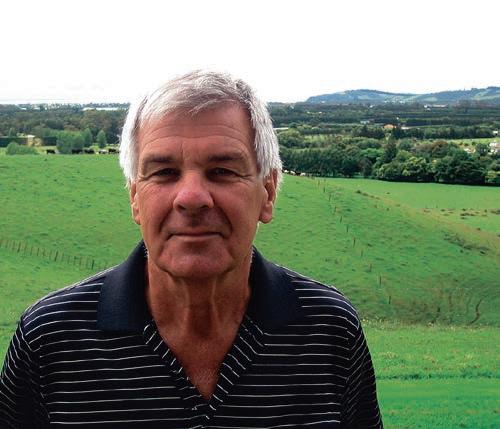
Allan Barber Meat industry commentator: allan@barberstrategic.co.nz, http:// allanbarber.wordpress.com
NEW Zealand company
Ruminant BioTech, formed in 2021, is on track to launch its methane-reducing slow-release bolus in Australia next October. It successfully raised equity
capital of $12.2 million last year in addition to government funding of $7.8m under the Climate Emergency Response Fund for investment in research and development. More recently, it has received $4m from AgriZeroNZ and an AU$3.5m ($3.8m) grant from the Australian government’s Methane Reduction in Livestock
This last grant is particularly appropriate because the faster regulatory approval process in Australia permits the earlier introduction of the product there than in this country.
Tom Breen, CEO of Ruminant BioTech, says there are many different regulatory frameworks around the world that require complying with, so the slower process in New Zealand must be respected. Under the present approval scenario here, he expects to release the bolus here in another
three years, but says the earlier release in Australia will provide the opportunity to scale up and iron out any teething problems.
The company’s success in obtaining the capital needed to get started is based on the positive results from the thousands of small-scale trials performed before commercial production begins. Breen is quietly confident that the 12 months of further testing before the October 2025 launch in Australia will address any outstanding issues.
To date Ruminant BioTech has produced thousands of boluses to prove the technology’s reliability, consistency and duration. It achieves at least 75% reduction in methane emissions on pasture over 100 days.
Now it is time to complete the commercial plant and work towards the product launch, which will address an initially narrow target of weaner beef cattle
before moving on to older cattle, including dairy cows.
This will be particularly important in New Zealand, given the fact there are nearly 5 million dairy cows compared with about 3.5 million beef cattle. Breen is unable to give any idea of the cost of the bolus, but believes it will be a low-cost, high-performance solution.
DairyNZ principal scientist Jane Kay welcomes the progress being made in developing methane mitigation technology and looks forward to seeing published data from Ruminant BioTech with details of the product’s impact on greenhouse gas emissions and herd performance over time. For technologies to work well in the NZ dairy system, they need to be effective in growing and lactating cows throughout the season, while maintaining or improving feed intake, animal health, and performance (for example,
production and reproduction) in NZ farming conditions.
She makes the point that “experience with research in this area indicates that cow physiology (growing heifers vs dry vs lactating cows), pasture seasonality and supplementary feed intake, product dose, and duration of the response all have an impact on the GHG mitigation potential”.
“These factors need to be considered and evaluated in conjunction with cost and adoptability of the product to determine their potential to mitigate emissions within the NZ dairy sector.”
Beef + Lamb NZ’s GM for excellence Dan Brier is really pleased to see Ruminant BioTech’s progress with an ingenious solution to a previously intractable problem – mitigating methane emissions in a pasture-based
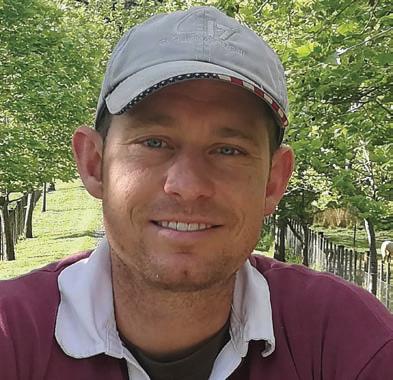
Daniel Eb
Daniel Eb helps Kiwis connect with farming through his agency Dirt Road Comms and Open Farms. His family farms in Kaipara. eating.the.elephant.nz@gmail.com
TWO very different people asked me the same question recently: What should I do with my life now?
One was nearing retirement after a successful career. The other a mum considering her newfound freedom after the toddler years. Both conversations bogged down quickly. This was complex stuff, after all – a matter of trawling through life experiences to weigh up the countless options open to them. So we tried another approach.
Forget about “what” the right choice is. Let’s consider “how” you’ll choose instead.
That reframe was electric. In minutes they had the outline of a plan. For the retiree, that included professional coaching, a national
Continued from previous page farming system. He is keen to see the product available to New Zealand farmers as soon as possible, but recognises the need to ensure a robust approval process is followed without compromising food safety. He is also eagerly anticipating when the product is available for use in sheep, although the company’s immediate focus is to ensure the bolus does a thorough job in cattle. The active ingredient in the product is a synthetically produced, naturally occurring compound called tribromomethane, closely related to bromoform – which is the active ingredient in asparagopsis seaweed.
There now appear to be several options potentially available for cattle in the relatively near future.
road-trip to reconnect with admired friends and a deliberate step out of the comfort-zone –in this case immersion in Te Ao Māori.
When Einstein said “we can’t solve our problems with the same thinking we used to create them”, I’m pretty sure this was what he was talking about. Stepping back to come at the problem differently. To consider how, not what.
Maybe I’m just on the lookout for examples of how, not what – but I keep seeing them everywhere.
In Atomic Habits, author James Clear offers some confronting advice. Ignore goal-setting and focus on building better everyday habits and systems. Having had SMART goals drilled into me since childhood, I nearly choked on my Weetbix when I read that. But on reflection, the argument holds up.
Daily systems – like going to the gym, eating right, reading more etcetera – are what actually move us forward, not the New Year’s resolution. Any farmer will tell you the same – get the inputs right and the outputs will fix themselves. Save your pennies, and the pounds will save themselves. Work on the business, not in it.
I saw “how, not what” in the Sinai desert on my Nuffield global experience. Living in some of the toughest conditions on earth, the people of the Neot Samadar rural community were running a thriving business stretching across hospitality, tourism, renewable energy, horticulture, education and branded health products.
When I asked to see their business plan, they said they didn’t have one. Their culture –the “how” – is the engine of their business success.
Individuals are encouraged to explore new diversifications, with
Research has found bromoform, although potentially carcinogenic, if administered in low doses is not bioavailable in meat, therefore there is minimal risk of residue transfer in livestock or humans. This would possibly be more of a factor in dairy cows and milk than beef cattle.
Ruminant BioTech is not the only company intending to introduce this technology using TBM. Perth-based Rumin8 already has provisional approval from New Zealand’s Animal Compounds and Veterinary Medicines to conduct commercial trials here.
The main difference between the two companies’ technologies appears to be in the delivery method: in the case of Ruminant BioTech delivery is via a slowrelease bolus that sits in the cow’s stomach (ideal for pasture-raised animals), while Rumin8’s solution is administered through solid feed and water formulations.
Also, Sydney startup Number 8 Bio has just raised AU$7m to progress product development
their ideas reviewed through a long consensus decision-making process with the whole 400-plus person community. Leadership roles change regularly to give emerging members opportunities to grow. Time together as a group is prioritised above anything that happens on farm. In this system, their business success happened almost by accident.
Ignore goal-setting and focus on building better everyday habits and systems.
Back here in the New Zealand food and fibre sector, we have a new goal. It’s a good one too. To double the value of our exports in the next 10 years.
The leadership system tasked with achieving that goal is now 34 years old. The dust had barely settled on the rubble of the Berlin Wall when the Commodity Levies Act was signed.
Back in 1990, we went through a system-change – part of a series of deeply painful reforms, but in this case, worth it. That change set up the sector bodies that enabled three decades of production gains and growth. The success we enjoy today is a direct result of that decision to change the system.
But more production won’t get us to a doubling of export value. No chance. Instead, we’ll need to do new things. Like building a shared data exchange so producers only have to input data once. Or a verifiable national food story that makes NZ food and fibre products genuinely stand out to global consumers. Or a workforce system that improves the retention rate
and build a new facility to produce a range of methane reducing feed additives based on the same ingredients.
This company is not as far advanced as the others in its development, although trials are being conducted in collaboration with the Queensland Animal Science Precinct and the University of New England. It is confident of being able to cut methane emissions by 90% and improve rumen productivity.
Until very recently, methane emissions reduction in a pastoral farming environment was thought to be unachievable, Bovaer being the only obvious option and more suited to feedlots and indoor feeding. But there now appear to be several options potentially available for cattle in the relatively near future and at an affordable cost, all using a similar technology. If even one of them turns out to be applicable to sheep, the holy grail of solving farming’s methane emissions problem may no longer be just a pipedream but a reality.

of new staff – at least up to the national average. Or a sectorwide pathway to find and invest in great talent and future leaders. Or a land-use change pathway to help producers diversify and stay viable as markets and our climate changes.
I’m not convinced that our current leadership structure, despite being staffed by some phenomenal Kiwis, can overcome its inbuilt silos and develop these kinds of sector-wide future systems.
So I’m in support of KPMG and AGMARDT’s proposal for The Common Ground, a collaboration platform where our 150-plus
industry-good organisations can pool resources and people around our mega challenges and opportunities.
A disclaimer here: I’m deeply biased. I provided comms support on this project. But I took the job because I believe this kind of work – to build better systems –is what will ultimately enable a doubling of export value in the constrained, complicated world we find ourselves in.
To quote Clear, “We don’t rise to our goals. We fall to our systems.” If we’re not prepared to have a serious conversation about system-change in this sector, then our grand goal is meaningless.
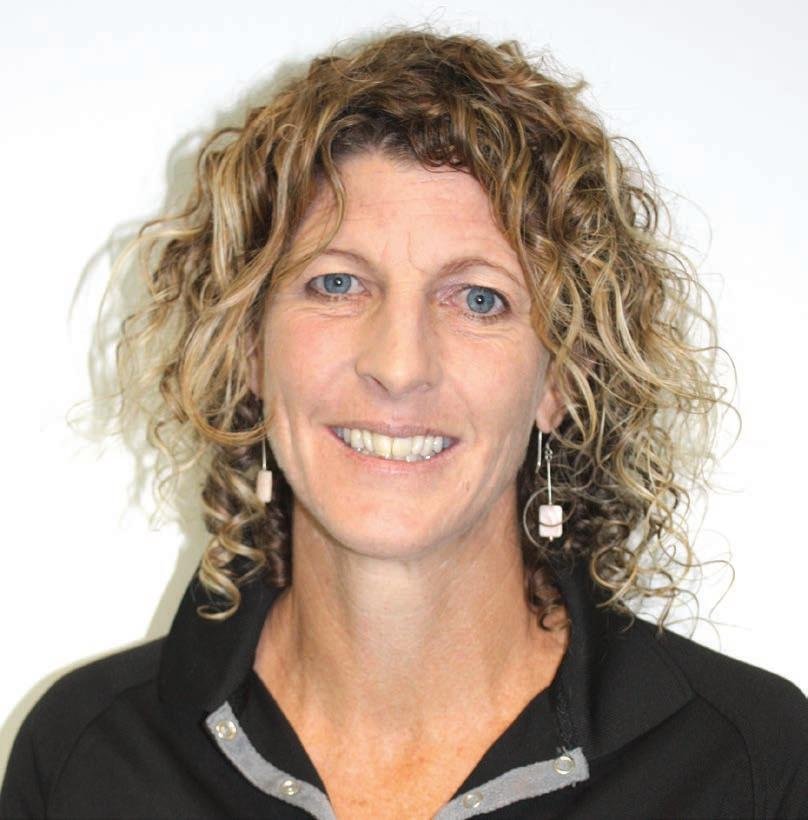
Southland sheep farmer Matt Ward gave up the beautiful hills of Mount Aspiring Station for the flat land and quiet life of Eastern Southland to carry on the legacy of his late father. Olivia Caldwell reports.
AT THE age of 28, Matt Ward has covered quite a bit of ground in his farming career – that’s literally thousands of kilometres underfoot, having spent most of it shepherding in the mountainous terrain of Central Otago.
In a week of mustering he’d cover over 50km of hill country, but has recently found his feet planted firmly on the flat terrain of his ancestral land in Edendale, Southland.
Ward now runs his 220 hectare family sheep farm deep in the south, but he’s taken the long route to get there, and purposely so.
In 2003, when Ward was just seven years old, his father David Ward was diagnosed with bowel cancer and six months later the family lost him.
With no guarantee that neither he nor his twin siblings, Emma and Jason, would pursue an ag career, the farm was put under management.
“Mum kept the whole thing going so we could have the chance to come home; I’m third generation.
“I have never thought about doing anything else or being anything else, it is just something I have always wanted to do.”
At age 10 he moved to Mosgiel near Dunedin and eventually attended Otago Boys’ High School.
After leaving school he had the opportunity to further his studies at university, but headed back south to work on his uncle’s farm right next door to his dad’s.
A decade ago, Ward could’ve easily stepped into the farm manager role but firmly believes that you should earn your keep.
“You are progressing the whole way, and I reckon that is key. You’ve got to start at the bottom to work your way up, because if you are starting at the top, you don’t know how far it is to fall.”
He headed upcountry to a place he had never heard of, Ranfurly, to shepherd 6000 ewes at Glenspec Station on the Danseys Pass.
“I remember going for my interview. I got to Alexandra and I hit the roundabout, and instead
of turning left to go to Central I took a right and I didn’t even know there was a road that carried on that way. That’s how lost I was. I had no idea what I was doing.”
But he did know what he was doing. Within three years Ward worked his way into a managing role before moving on to West Wanaka Station, where he and the other shepherds looked after 25,000 stock units including cattle and deer.
As a small-town kid, Ward said, the isolation of the Maniototo never bothered him.
“I absolutely loved it, you just get used to it. I would enjoy it more than living in town.
“When I moved back down south I could have quite easily stayed and moved next door [onto his dad’s farm] and it could have all been quite easy, but I sort of wanted that challenge.”
He played for the Maniototo rugby team alongside former All Black hooker Andrew Hore who, for the record, is just as hard as he appears.
“It was a lot better to be playing with him than against him, that’s for sure. He is if anything harder, but he was bloody good to me, they looked after me.”
As most young farmers do, Ward grew up at lightning speed living and working among his colleagues. A few life lessons were made a lot quicker by living in close quarters at West Wanaka station.
“You are working with them all day and then going home to have dinner with them. It sorts you out as a person too you know, like you sort of have to do the job and get on with them. You have to put personalities aside, which is a big learning thing ... because you obviously don‘t get along with everyone.”
Ward was soon shoulder tapped by the neighbours, Mount Aspiring Station, to manage up to 10,000 stock units including cattle, which was his dream job.
“You take it for granted. How many thousand tourists go up the road a year? And when you stop and talk to them, and they’ll go on about how lucky you are to live here.

“You know you are lucky, but it isn’t until you leave and go back up there and drive up that valley, and it’s like ‘Hell, I lived here’.”
He still returns every season for tailing, just to catch up with his shepherding mates and the station owners, Allison and Randall Aspinall.
“I like to give the dogs a good run, to keep your eye in more than anything.”
Ward has seven sheep dogs, all of which he’s trained, and a Jack Russell called Bella who has gone into retirement since moving onto flat land.
Living the dream of lakes, a warm climate and good mates in Wanaka, in 2022 Ward took the plunge to come south and became a family man, almost overnight.
He met his partner, Chantella Thurlow, in Wanaka and brought her down south to test the waters. They now have a one-year-old girl, Penelope.
“It was a quick old change, that was the biggest adaptation. I had opportunities, but I was able to come back and give it a red-hot crack.
“I have known I have always had the chance to come home, and when it does work out well, and you see how well you can do out of it and the lifestyle of it, why do anything else?”
Having been brought up in Edendale, the adjustment to smalltown New Zealand has been a breeze.
He’s captaining the senior Edendale rugby team, knows his
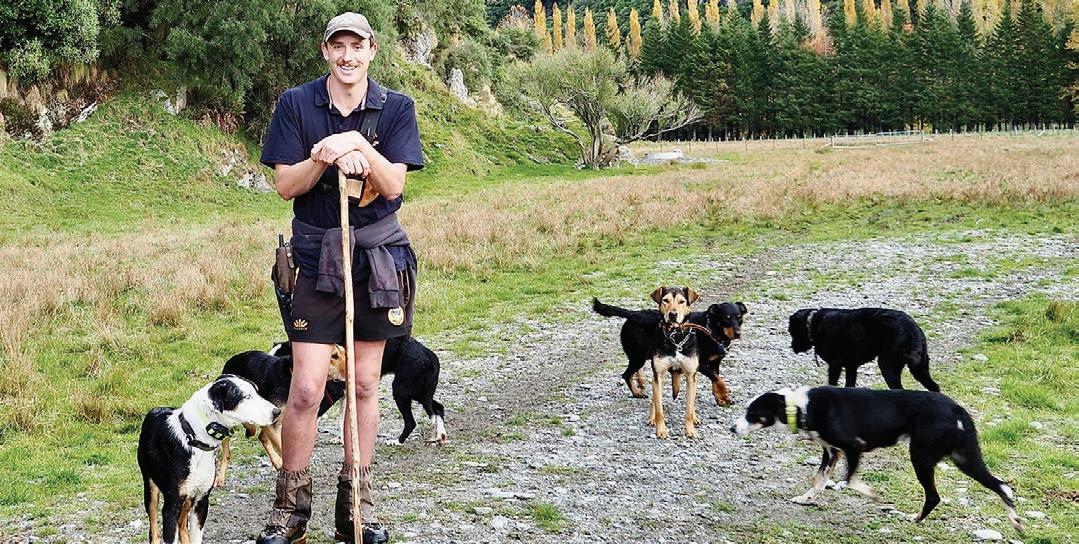
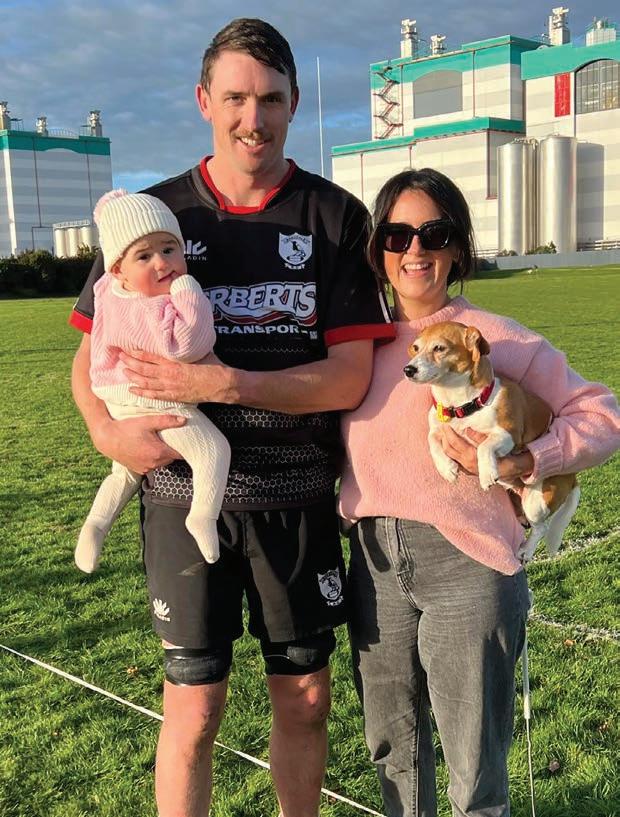
neighbours and has the occasional visit to the same chippie he went to at primary school. Nothing much has changed, he said.
“We lost our semi-final against Wyndham. Don’t put that in there, I am still gutted.
“I fizz off it. I enjoy going to the clubrooms and catching up with people. You get the same people there all the time, but I do really enjoy that.”
Through his hard work over the past two years, Ward recently won the Southern South Island Beef + Lamb New Zealand Young Farmer Development Scholarship.
Taking that in his stride, he said he’s not in the game to make a quick dollar, he’s in it for the long haul and to bring children up the same way he was raised.
“That is the big thing I remember in my childhood, being able to go out on the farm and be part of it.
“It’s not easy, but if it was easy and you were making a whole heap of money everyone would be trying to do it. You are not going to become a big rich Southland farmer overnight, you have to work away at it, like everyone before us has.”
What Ward enjoys most about farming his own stock and with no
extra help is the tangible results he’s seeing in his 1600 ewes, 400 hoggets and 1000 lambs, plus 180 cattle for the added bonus.
“Everything that goes out the front gate you have put your time and effort into.
“To see fat lambs go out the gate and every year since I have been home they have got better. To watch your scanning results get better and your weaning weights go up ... the results you can get from a bit of hard work.
“It is quite nice to sit back and look at the past 10 years and how far I have actually come ... use it as a line in the sand and look forward to the next 10 years.”
Through his achievements, moves and lessons, the one obvious gain to Ward’s repertoire is the fact that the rolling R is back in full force. Edendale has brought out the best in him.
“Being brought up down here, I reckon is magic. You can’t beat it.”
More: The Farmers Weekly Rural Living series highlights the rich diversity of Aotearoa New Zealand’s rural communities, farming families and their contribution to the food and fibre sector.
Scion researchers take a much closer look at Canterbury pollen and make a discovery that could be good news for allergy sufferers.
SCION scientists have made a discovery that might one day help allergy sufferers survive the sneezing season.
Led by microbiome scientist Lottie Armstrong and Dr Steve Wakelin, they have identified a unique microbiome associated with pine pollen that may offer insights into future environmental and allergy research.
As outlined in a newly published paper, Armstrong has been exploring the idea that pollen is more than just a carrier of plant genetic material.
“Like humans, many plant surfaces are colonised by microbial organisms, and these microbes
CULPRIT:
Pine pollen affects many people every year.
influence the fitness of the plants.
Pine trees and other conifers have been around a lot longer than humans, so we wonder if they have had much longer to form, or coevolve, microbiome associations.
“Microbiomes may be even more important to trees than they are to us,” she said.
Using environmental DNA-based methods, Armstrong examined the microbiomes on pine pollen from different Pinus radiata trees across Canterbury.
Over two consecutive pollen seasons, researchers found a highly consistent presence of bacterial and fungal microbiomes on pine pollen. The fact that the same microbial species
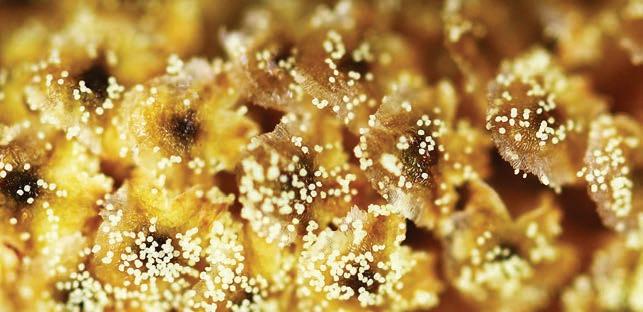
were present on pollen from different trees, and are stable over consecutive years, indicates this pollen microbiome is conserved and may be important for the plant.
“Metabolomic analysis showed that amino acids and sugars on the pollen surface may help maintain this microbiome,” Armstrong said.
This revelation means that when pollen moves from tree to tree, it’s not just transporting the male genetic material – it’s also carrying a microbiome and all the microbial genome too.
“Microbiomes are essentially hitchhiking on pollen to move from tree to tree,” she said. “It’s a great evolutionary tool for microbes, allowing them to be transmitted into the wider forest, or to play a role in fertilisation, germination or the health and fitness of the next generation of trees.” The discovery could open up new opportunities for researchers in health-related fields, particularly those involved in allergy research.
“In other plant species, some of

Gerald Piddock TECHNOLOGY Genetics
CARE is needed when pursing low-methane genetics in livestock so it does not disrupt the genetic gains already achieved that increase profitability for farmers, AbacusBio director Peter Amer says
Speaking in a webinar on breeding for lowmethane-emitting animals, he said there was already a good story from sheep and cattle breeding and it is important not to disrupt these gains in the pursuit of adding on low-methane genetics.
As selection emphasis shifts away from traits that drive profitability onto a new methane trait, there is an opportunity cost as more and more emphasis is put on the new trait, he said.
Some have questioned whether selecting animals for feed efficiency is a better option than selecting for methane.
If a large, inefficient animal is replaced by a smaller, more efficient one, it could lead to a feed surplus, which the farmer would then feed to these or other animals.
“If we improve feed efficiency in a pastoral situation, we may not have any material impact on the national inventory or overall emissions,” he said.
This supported the argument for pursuing a methane trait, which improves both emissions and intensity and gross emissions.
Modelling showed that the additional benefits of this trait for the sheep, beef and dairy industries in New Zealand and Ireland came to 1-3% per decade, he said.
He believed this was a realistic amount that can be delivered through genetics.
AgResearch scientist Suzanne Row
said the tools that are being developed to measure methane are becoming more advanced.
Low-methane genetics is a relatively benign trait that is available for selection and we just need to get on and measure it, she said. In sheep, every breeder can get a breeding value for methane emissions.
“There’s still a barrier, and at the moment we’re measuring using chambers.”
One of the alternatives scientists have been working on is an oral swab, where DNA is extracted from the swab and analysed. The predictions from this oral sample appear to be just as good as if it were taken from a gastric tube.
“That’s really exciting when we think about larger animals, animal welfare and non-invasive samples.”

DISRUPTION: AbacusBio director Peter Amer says there is already a good story from sheep and cattle breeding and it is important not to disrupt these gains in the pursuit of adding on low-methane genetics.
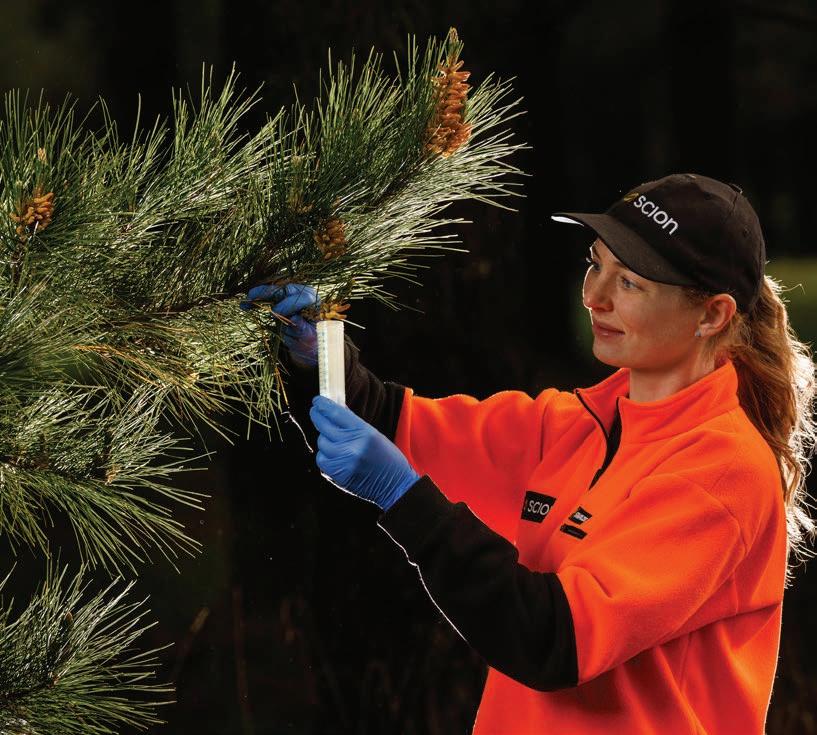
the allergenic effects of pollen are influenced by the microbiome,” Armstrong said.
“Wouldn’t it be great to have a low-allergy microbiome on our pine trees so that those sensitive to pine pollen might get some relief? This could be a useful breeding target for the next generation of pine trees.”
While this aspect of the research is still unexplored, the potential implications are far reaching. The findings suggest that by understanding and possibly manipulating the microbiomes
of trees, researchers could not only improve forest health and resilience but also help mitigate some of the allergenic effects of pollen on humans.
“This is just the beginning,” Wakelin said.
“There’s still a lot we don’t know, but what we’ve discovered here sets the stage for exciting future research. Understanding how trees and their microbiomes interact will not only benefit forestry but may also have broader environmental and public health impacts.”




Annette Scott NEWS Community
FOOD production of natural resources is a goal for Papua New Guinea but attracting a mushroom expert to get started is proving a challenge.
Volunteer Service Abroad (VSA) is committed to building sustainable communities across the Pacific but has had one particular vacancy for a mushroom cultivator in Papua New Guinea (PNG) unfilled for 252 days and counting.
This is despite reaching out to mushroom businesses across New Zealand who have not, so far, had the capacity to help.
“So, we’re widening the net and hoping a story in the media might spur a couple of applications,” VSA country programme adviser Ngaire Tihema said.
Bringing in a Kiwi mushroom cultivator for a four- to six-month assignment means the Daughters of Mary Immaculate (Filae Maria Immaculata, or FMI) congregation
of Vunapope, who run a women’s refuge-style facility in PNG, will be able to produce fresh mushrooms for sale.
This will go some way to becoming self-sustaining financially and will also mean that the community has access to locally grown, nutritional mushrooms.
“In PNG, there is a significant shortage of trained horticulturists who can provide technical support to locals and instead, most farmers rely on traditional knowledge, which is often insufficient to address the modern challenges such as pest control, disease management and seed quality in agriculture,” Tihema said.
“Food security and nutrition in PNG is a major issue and a lot of processed foods are becoming common because many Papua Guineans are not looking at their own food sources or knowing what to do with it,” Tihema said “Mushrooms grow in the wild here and no one is cultivating them because they don’t know what to do with them.”
Tihema said farming is not seen as a “particularly noble profession” in PNG and young Papua Guineans are turning away from it.
“We just need more priority for agriculture and that will hopefully come with the focus on increasing awareness of agriculture, food production and getting young people into agriculture.”
The main aim of the Mushroom Cultivation and Production
Trainer assignment is to support the FMI Sisters in generating sustainable income for their vital work, which involves providing safe housing and care for women, young people and children in PNG.
The assignment is also designed to enable the trainer to teach and mentor prospective mushroom farmers in the community, helping them understand costs, market dynamics, and the profitability of mushroom sales.
In areas where diets are primarily composed of staple crops and ultra-processed foods, mushrooms offer a nutrient-rich alternative that helps diversify local food sources and reduces dependency on imported items.
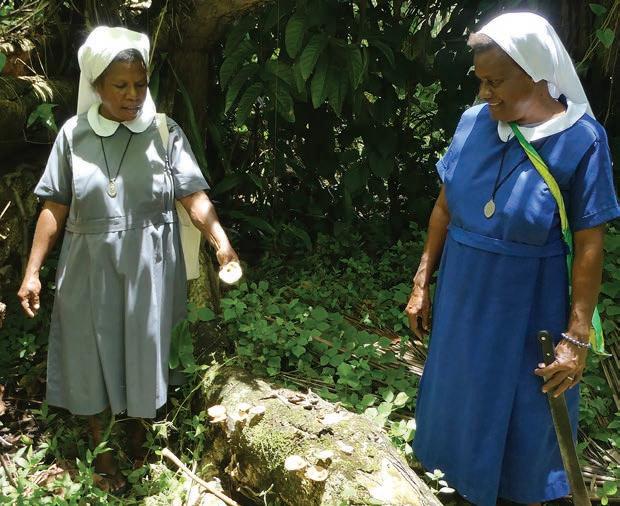
Currently, mushrooms are imported and retail between 80 and 100 kina ($32-$40) a kilogram.
If you are an experienced professional in mushroom cultivation, looking for an extraordinary overseas experience then, Tihema said, “we have an exciting opportunity in store for you”.
The FMI Sisters’ tradition of selfless service began more than 100 years ago. Since 1912 the FMI Sisters have supported women and
communities in pursuit of a better society.
The VSA assignment is a partnership between VSA and the FMI of Vunapope.
All volunteers are flown in and out of the country, accommodated, and paid a living allowance.
To change your scene and become a VSA Volunteer and share your experience, knowledge, and skills to transform the lives of many, email volunteer@vsa.org. nz or go to: https://vsa.org.nz/ volunteer/vacancy/916992

Q UA L I T Y G R A P E S
Growers know that soils rich in minerals play an important role in ensuring quality grapes.

Golden Bay Dolomite is a natural biological fertiliser with Calcium carbonate and Magnesium carbonate that helps provide quality grape development.





















Critical for photosynthesis and grow th, together these two elements help increase nutrient availability resulting in thicker skins, less disease, higher brix level and improved yields.







































Find out more about incorporating Golden Bay Dolomite into your vineyard management for the next season.
Contact a consultant on:








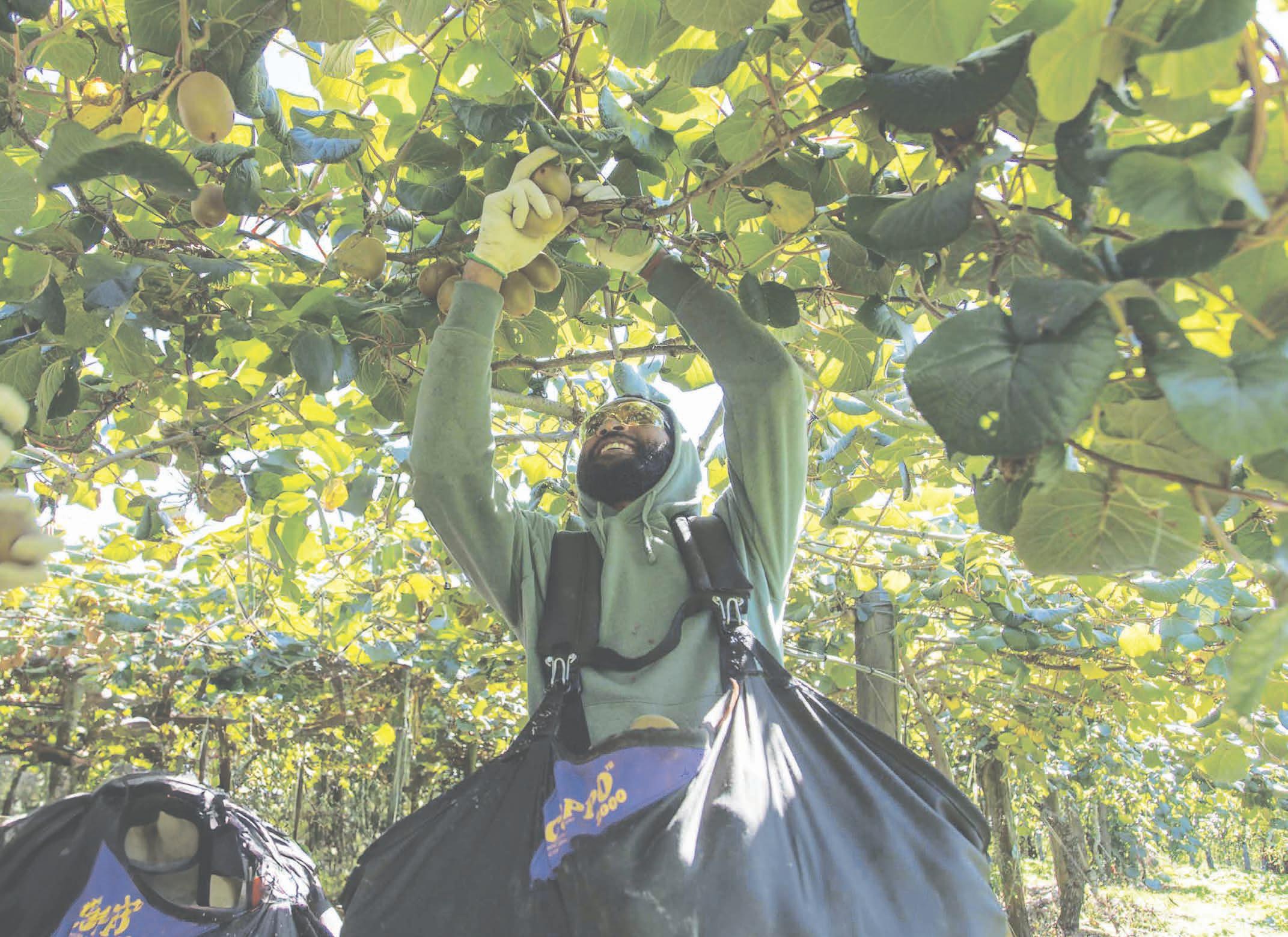

Gerald Piddock TECHNOLOGY Food and fibre
THE future of horticultural farming is indoors.
It will make fruit and vegetable growing more sustainable and profitable with climate change now more frequently disrupting production, FoodHQ’s chief executive Dr Victoria Hatton said.
The future of farming is not on soil when we think about it from a climate change and sustainability perspective.
Dr Victoria Hatton FoodHQ
Speaking at HortNZ’s annual conference in Tauranga, Hatton said she has just completed 12 months of travel and saw indoor growing operations in Europe that have tripled their production of fruit and vegetables.
“The sooner we can get our vegetables into that indoor space, the better.”
It was the innovation that excited her most.
“We need to realise that the future of farming is not on soil when we think about it from a climate change and sustainability perspective.
“There’s a huge opportunity for us to use the technology that’s out there – use the robots and the [artificial intelligence] in order to shift things indoors and be more sustainable.”
It does need investment to make it a reality because it is capital intensive and requires energy, Hatton said.
“I don’t think we need to be scared of anything, we should make a plan and start thinking about it.”
When the cost is considered, it is best to start investing in that technology now, she said.
Some already have, such as Lewis Farms in Manawatū, which now grows all of its strawberries vertically.
“They are doing the same with asparagus as well,” Hatton said.
“Bringing it indoors is giving them that assurance that they know they are going to get the same product at the same time with the same volume.”

Hatton said renewable energy could be the answer to overcoming cost barriers around the electricity required to work indoor farms, once availability and price are sorted.
It also involves conversations around intensive energy usage for food production.
“It’s something we should be open to.”
Hatton said California-based vertical farming company Plenty and its New Zealand chief executive Arama Kukutai are leading the way with this kind of farming and have plans to start

Neal Wallace NEWS Water
ACCESS to water remains one of the most crucial issues facing the horticulture sector.
That is according to Michelle Sands, Horticulture NZ’s policy and strategy manager, who said while the issue can create tension, she believes the sector is well placed having demonstrated it is an efficient user of water and adopts best management practices.
“Access to reliable water is so important to production but needs to be managed so waterways are healthy,” she said.
The sector body is watching closely changes the government is making to freshwater policy settings.
“It’s about efficient use of water, how it is efficiently allocated and, in some places maybe aspirations to have less water taken in the future, but how that will be designed over time.”
Sands said there also needs to be recognition that grower farms cover a small area that is intensively farmed.
In some regions, such as Pukekohe, farms straddle several councils, which have their own rules and regulations that can differ depending on the jurisdiction.
The sector is currently in the Environment Court with the Horizons Regional Council over water quality controls, and it is working with the Hawke’s Bay Regional Council over issues of water extraction, minimum flows and storage conditions on the Heretaunga Plains.

She said they generally have good relationships with regional councils.
HortNZ has asked the government to establish a national direction for vegetable production to manage the sector’s effects and to standardise rules.
Sands has worked for HortNZ for six years following a career in freshwater science and environmental engineering.
That background gave her a grasp of the issues facing HortNZ.
“Within that freshwater experience, I did a lot of work on resource management mostly for resource users.”
Her role has extended to other issues facing growers, such as policies impacting regional and district planning that impact amenities such as crop protection structures and discharges to air, land and water.
The National Policy Statement
on highly productive land is potentially another contentious issue, but Sands said HortNZ’s stance is not about locking this land away, but ensuring some is prioritised for primary production.
“Our focus is not about obstructing urban development by using the highly productive land provisions but using it to prioritise some areas for primary production.”
The coalition government’s policy priorities have certainly upped the workload for grower bodies like HortNZ.
Genetic engineering, the Resource Management Act, freshwater and labour are all under review, alongside industry staples food safety, biosecurity and agrichemicals.
“They are very broad ranging and wide topics.”
Sands is under no illusion that horticulture ticks the boxes of being low emitting and efficient users of water and a low environmental impact.
“We have no problem with the horticulture sector operating within environmental inputs but it’s a matter of making sure the policy settings make sense.”
We have no problem with the horticulture sector operating within environmental inputs but it’s a matter of making sure the policy settings make sense.
up a farm in this country using geothermal energy to power it.
Hatton warned that the rest of the world will pass NZ by if it ignores this technology. It also has a role to play in talks on a national food strategy for NZ and food affordability because the country needs to ensure there is a regular supply of food.
The climatic events farmers are currently experiencing mean this is no longer guaranteed.
Moving forward with this technology will need a sense of pragmatism about public-private partnerships.
TRIPLED:
Dr Victoria Hatton has just completed 12 months of travel and says she saw indoor growing operations in Europe that have tripled their production of fruit and vegetables.
For growers, Hatton said they need to ask themselves why they are growing produce in this way.
An option could be to subdivide some of their land for selling and use the proceeds to create an indoor farm.
“We grow food on our land because that’s what we think we ought to be doing. It’s not necessarily the way we need to be doing it in the future, it’s about resetting the model.
“In 10 years’ time will we be farming like we’re farming? I don’t think we will.”

Gerhard Uys TECHNOLOGY Horticulture
FUNGI frenzy will hit Auckland in October with the Australia + New Zealand Mushroom Growers Conference.
The conference is in its 45th year and is usually held as the Australian Mushroom Growers’ Association conference every two years in Australia.
Chief executive of Mercer Mushrooms and president of the Commercial Mushroom Growers Federation New Zealand Dave Hyland said a visit to Mercer Mushrooms in Pukekawa, Auckland, was one of the reasons the conference shifted to New Zealand this year.
The Pukekawa facility is one of only a few southern hemisphere operations to have a complete indoor compost facility, Hyland said.
Guests will mostly be Australian and European industry representatives.
“We are excited to rub shoulders with the Australian mushroom growers and with industry participants from around the world so we can compare notes.”
Automation will be a big topic at the conference, and is commonplace for international growers and packers, he said.
Most horticultural companies in New Zealand struggle with high overheads and lower market returns, and automation
efficiency – not yet widely adopted by local growers and packers – is inevitable, Hyland said.
The New Zealand commercial mushroom industry is dominated by four big growers, who produce about 250 tonnes of mushrooms every week for a local industry worth about $100 million per year. The Australian mushroom industry is about six times bigger than the New Zealand industry,
In NZ the industry grows mostly white button, portobello and Swiss brown mushrooms.
Exotic mushrooms such as shiitake and oyster mushrooms made up a very small portion of the industry, he said.
The conference will run from October 22 to 24.

NOTES: Chief executive of Mercer Mushrooms Dave Hyland says local growers will be comparing notes with Australian and European industry experts at the Australia + New Zealand Mushroom Growers Conference.

Monday, 3rd December 2018.
That was the day Jason Herrick decided to take his life.
Months of heavy rain, the pressure of excessive regulation, negative sentiment towards farming, and an inability to share his feelings left him at breaking point.
“It had been building up for quite some time,” says Herrick, who’s now Southland Federated Farmers president.
“It started all the way back with the earthquakes in Canterbury, which were just devastating to live through as a family.
“I lost some good mates to suicide in that time, and then my wife had some serious health challenges, and I never really knew how to deal with any of it.
“We moved to a sharemilking position in Southland and that’s when I got so overwhelmed by the barrage of new regulations.”
Herrick says constantly reading and hearing negative comments about farming was weighing heavily on him.
“That public perception against farming – you see it in the news and on social media, farmers getting hammered all the time.
“I just broke because I couldn’t handle people perceiving me in that light.”
Herrick finally snapped on that wet, muddy day in December, driving to cliffs on the southern coast to end his life.
“I honestly didn’t think there was a way out. I didn’t think there was a way forward. I was ready to end it.”
Looking back, he’s incredibly grateful a local police officer found him after being alerted by Jason’s worried wife.
“I don’t remember much from that day, but I know he used GPS tracking on my phone and managed to talk me down off the cliff.”
Herrick was escorted to a mental health facility, which was the start of a long, hard road ahead.
I was raised as a southern man, taught to harden up, not show emotions, not show any sign of weakness.
Jason
Herrick Southland Federated Farmers president
“My parents did a beautiful job of bringing me up, but I was raised as a southern man, taught to harden up, not show emotions, not show any sign of weakness.
“I slowly had to learn how to talk about what was going on in my head.”
Herrick found a counsellor he connected with, learned strategies to cope with pressure, and gradually rediscovered his love of farming.
“I identified some triggers for me really early on and started learning how to manage those.
“For example, watching the news at 6pm every night was so negative and would send me down the wrong path in my head, so I stopped watching TV and haven’t watched it since.”
He now spends a lot of time listening to motivational podcasts and talks to friends and family about how he’s feeling.
A turning point was when he and some friends founded the mental health support group Ag Proud NZ, to help other farmers through tough times.
“Putting myself out there to help other people has given me so many rewards.
“Every time somebody reaches out to me and every time somebody tells me I’ve helped them, it’s a win that makes me feel good.
“It’s hard to describe that feeling, but that’s definitely the reason I talk about my own experience.”
Six years later, Herrick’s mental health is in “A1 condition”, he says.
“Don’t get me wrong: I still have some tough days, but I now have tools to get through them.”
He says he wants to help bring a shift in rural communities and farming families, making it more acceptable for people to share their mental health battles.
“It’ll take a long time to change everything, but we need to bring generational change.
“We need to show our young ones it’s okay to talk, it’s okay to show emotion, and it’s okay to reach out and ask for help.”

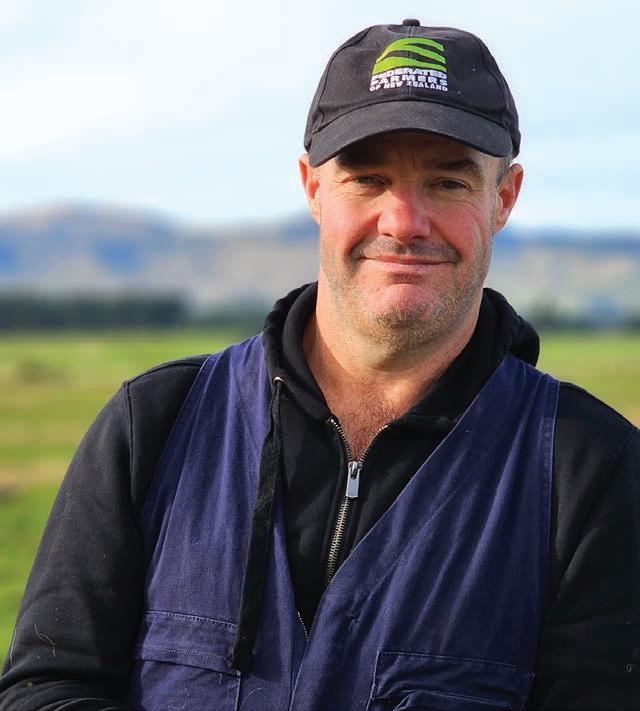
As the country marks Mental Health Awareness Week, Herrick has a message to any farmers in a similar place to where he was in 2018.
“Reach out to somebody, and if you don’t have anyone you think you can trust, dial 1737. There are plenty of people on that phone number who will help you.
“Rural Support Trust is also an absolutely phenomenal organisation. They’ve got access to so many resources.
“And, if all else fails, reach out to me. I’ll have no problem talking to people and I’ll point them in the right direction.
“You’re not the only one in this situation, and that’s sometimes
NOT ALONE: Realising there were people he could talk to about his mental health struggles, and that others had them too, was life-saving for
the hardest thing to get over is recognising you’re not the only one.” Hear Herrick’s story on the Federated Farmers Podcast as part of Mental Health Awareness Week 2024 – fedfarm.org.nz/podcast
Suffering from depression or stress, or know someone who is? Where to get help: Rural Support Trust: 0800 RURAL HELP
• Depression Helpline: 0800 111 757 Lifeline: 0800 543 354 Need To Talk? Call or text 1737 Samaritans: 0800 726 666
• Youthline: 0800 376 633 or text 234
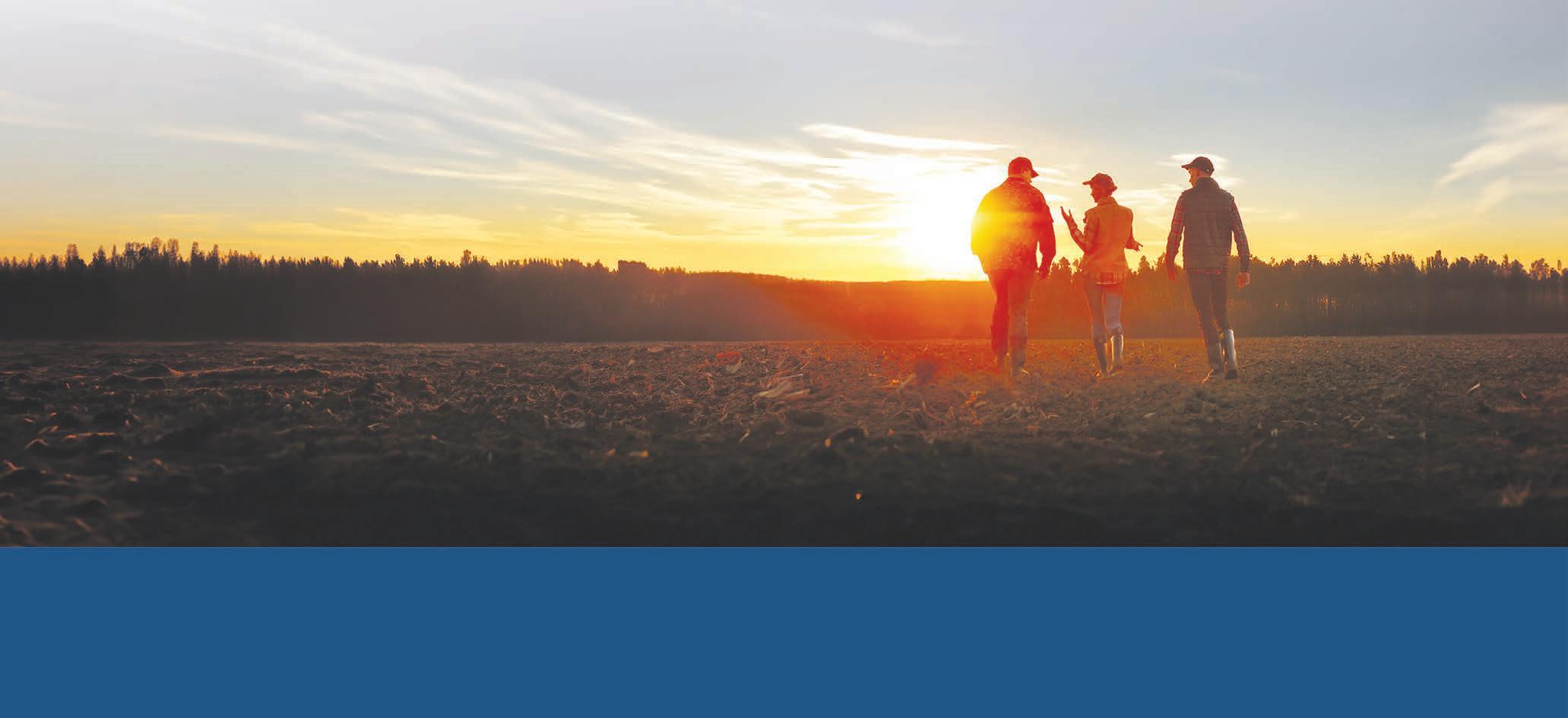
As the march of pine trees across productive farmland continues to snuff out jobs and undermine rural communities, David Hayes is also increasingly concerned about the risk of fire.
The Federated Farmers Wairarapa president and keen pilot says when he flies his aeroplane north or east from Masterton, it’s pines up the ranges and coast as far as he can see.
“I’m talking contiguous, joined-up forestry. It really makes me wonder how far a wildfire could spread in a dry summer.”
Hayes recently spent a few weeks in rural British Columbia, Canada, where the local economy is based primarily on agriculture, forestry and tourism.
“It’s also a province that’s been
suffering from the devastating impacts of large-scale forest fires,” he says.
“Our forestry types and management may be different, but I couldn’t help but see a stark warning for us here on the east coast and other dryer parts of New Zealand where we’re seeing a lot of radiata planted.”
His particular concern is carbon forests, which may not have the fire breaks, thinning and firefighting resources of foresters growing radiata pine for timber.
“Farmers have every right to make their own decisions on how to use their land.
“For sheep and beef farmers right now, the attraction of diversifying into growing trees on harder land is very understandable.
“The issue Federated Farmers has is with those large-scale corporate farms owned by international investment entities,” Hayes says.
“They have no real links with the local community. On too many blocks they’re planting the trees, closing the gates, and sitting back to reap the carbon revenue.”
Beef + Lamb NZ’s latest stock number survey records a 10% decline in sheep and beef numbers
in the last three years.
A major driver has been conversion of sheep and beef farms into forestry to reap Emissions Trading Scheme (ETS) benefits.
In the three years between 2019 and 2022, about 180,000 hectares of whole sheep and beef farms were sold into forestry.
Earlier this month Hayes attended a regional land management forum that drew Fire and Emergency New Zealand (FENZ) and forestry representatives from the lower North Island.
“Everybody there thought carbon forests are a problem, including the production forestry guys.”
Hayes says FENZ is stepping up communication with rural landowners and foresters, setting up Local Advisory Committees in each region.
“The ones they struggle to connect with are the landowners and the forest owners on those carbon farms.
“There is concern about the lack of fire-fighting capability on those farms, the lack of water ponds, buffers and so on.”
As with farming, forestry profits are down and labour is tight.
“So, they’re having to do different things, such as using chemical killing


for thinning out the forest,” Hayes says.
“You end up with these dead trees, still standing for three or four years, rather than lying on the forest floor where it’s wetter. That’s got to lift the fire risk.”
A phrase used at the forum struck Hayes as something farmers need to keep in mind: ‘Your neighbours’ risk, is your risk’.
“A fire in a forest adjoining farmland has obvious risks for farm fences, livestock, buildings – and our people.”
The reverse is also true, of course.
FENZ says, over the past 10 years, 65% of New Zealand wildfires were caused by escapes from agricultural burns, cooking and camping fires.
“Warnings about controlled burnoffs, machinery exhausts in long grass, sparks from plough blades and so on may be doubly important if your farm neighbours forestry,” Hayes says.

“
There’s now strong evidence that while replanting of previously forested areas continues, planting on new areas of farmland has slowed.
An MPI survey has found the area of planned new forestry planting in 2025 could be 41% less than in 2022.
Government tinkering with ETS settings and talk there will be no further forests on land use classes (LUC) 1-5, and a potential 15,000ha forestry quota for LUC 6, appears to have spooked investors.
Hayes says while the Government ponders forestry and ETS policy moves, it also needs to consider obligations on carbon forest owners to manage fire risk.
“Surely it’s reasonable to insist investors cashing in on carbon income take measures similar to production foresters, such as fire breaks and access to water ponds, to limit the fire risk to themselves and neighbours?”

Taranaki dairy farmer
Federated Farmers sharefarmer chair

Kiwi farmers stand to save big on energy bills, create new revenue streams and build resilience to power outages by investing in solar and batteries, Mike Casey says.
“There is an opportunity on most farms in New Zealand to start saving money today by adopting at least some of the electric technology available,” the chief executive of Rewiring Aotearoa says.
“By electrifying their machines and running them off solar and battery systems, farmers could save tens of thousands a year in operational costs.
“And if they have enough panels and batteries, they can go one step further and make money by selling electricity back to the grid.
“Generating and storing your own electricity also means you might not even notice grid outages during adverse weather events. It really enhances rural resilience.”
Casey told the Federated Farmers Podcast the cost of solar panels, batteries and electric machinery is coming down all the time, so the barrier to entry is quickly falling.
He says there are a couple of obvious places for many farmers to start on their shift to solar.
“The first is those large irrigation pumps, which might run your pivots or even your K-Line system, and the other is those large chillers that exist on dairy farms.
“Those are both electric already and I think just beginning to generate energy from solar to run those is one of the best, first steps you can make.
“The great thing about this is it’s super modular: you can continue to add more solar panels and more batteries into a system over time, and you just grow organically.”
Casey, well known for establishing the world’s first fully electric cherry orchard in Central Otago, says he’s not preaching that every farmer should go 100% electric right now.
“That won’t be practical for many farmers because, for example, there

are no 200-horsepower electric tractors on the market at the moment.
“But there’s a lot of other lowhanging fruit out there.
“It’s just about looking at where the technologies are available off the shelf right now for you to save a lot of money and potentially create a new revenue stream.”
By using solar power and dieselfree machinery on his Forest Lodge cherry orchard, Casey has reduced the cost of generating power down to about one-fifth of what it would cost from the grid.
“We probably spent about $450,000 more on machines putting this business together and making it fully electric, but we save about $40,000 a year in energy costs.
“It stacks up with a reasonably good ROI (return on investment) of just over 10 years, and that was based on 2020 prices.
By electrifying their machines and running them off solar and battery systems, farmers could save tens of thousands a year in operational costs.
Mike Casey Rewiring Aotearoa chief executive
“The good thing is the price of all this technology has just continued to come down over the last couple of years, so it’s a pretty exciting space to be playing in now.”
One sticking point for farmers is that, at present, they can’t gain the full value from rooftop solar when they have multiple connection points on one farm, Casey says.
“These electricity connections all have separate bills from retailers, so
solar can’t be used across the whole farm without having to be exported on a low export tariff and then imported again on a much higher tariff.
“This destroys much of the economic incentive for installing solar on many farms.”
It’s an issue Rewiring Aotearoa hears about often from farmers, and the organisation has called on the Government to make some changes.
“What we’d like to see is that farms with multiple connection points should be able to group them together for billing purposes,” Casey says.
“There may be other valid solutions, but we think the most straightforward way to do this is to net the imports and exports across all the connections at one site and bill on this net basis.
“This would require a change
LOW-HANGING FRUIT: Cherry orchard owner
Mike Casey says there are some easy and increasingly affordable ways for farmers to start out on their shift to solar.
to regulation that means fairer incentives for farmers to install solar.”
Casey says this would help unlock a new renewable supply that would help push down high electricity prices, benefiting all Kiwi consumers.
If each of the roughly 50,000 Kiwi farms installed mid-scale solar systems, they could generate electricity equal to 63-75% of the country’s current total consumption.
Rewiring Aotearoa is also asking the Government to level the playing field so customers with solar and batteries can compete with the big generators.
“Our 20th century energy system was one-way: from generators to homes, farms and businesses.
“But the system needs to be twoway. Customers need to be seen as a critical part of the infrastructure, and they need to be rewarded fairly for their contribution.”

Horizons Regional Council is leaving landowners along the Ōroua and Pohangina rivers in the dark over potential major changes to flood management, Ian Strahan says.
“These are the same ratepayers stumping up half a million dollars a year in targeted river rates,” the Federated Farmers ManawatūRangitikei president says.
“They’re also the ones hit the hardest when the rivers flood.
“The council’s communication and engagement with them over proposed new ways to manage rivers has been totally inadequate and it really grinds my gears.
“We’ve got a regional council that’s good at consulting, but not so good at getting the views and inputs of the stakeholders that will have to live with the impacts of their decisions.”
Memories of high rainfall in February 2004 that caused widespread flood damage in Manawatū-Rangitikei and Whanganui live on strongly in many people’s minds, Strahan says.
For landowners next to the Ōroua and Pohangina, especially north of Feilding, Cyclone Gabrielle last year was even worse.
“A lot of rain hit the Ruahine ranges
PURPOSE: Ian Strahan says the catchment schemes for the Pohangina and Ōroua rivers were set up many years ago with an aim to protect people, property and infrastructure.
and surged down those rivers,” Strahan says.
“Bank protection, rock work, tied trees and other infrastructure in these rivers’ catchment schemes were smashed.”
The damage was put at $8 million, swamping the $630,000 built up in reserves.
Council’s engagement with landowners over proposed new ways to manage rivers has been totally inadequate and it really grinds my gears.
Ian Strahan Federated Farmers ManawatūRangitikei president
Last year Horizons was given $300,000 from the Government to look at ‘nature-based solutions’ to things like flood management and aquatic wildlife mobility.
It’s well recognised that man-made solutions, such as river channel straightening, rock groynes and stopbanks, help contain rivers and protect property in smaller floods, but also degrade river ecology.
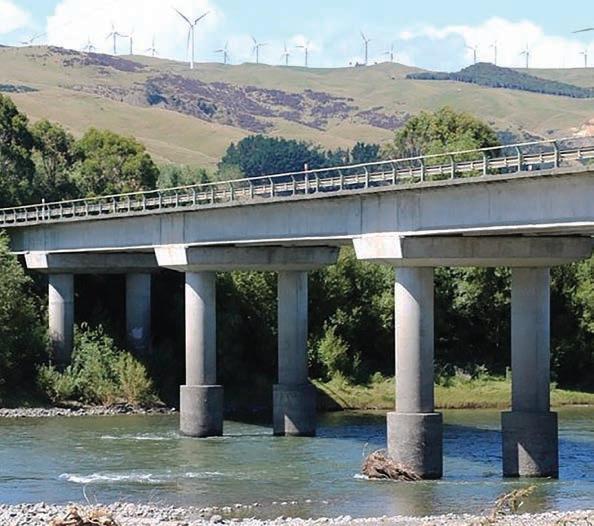
In large floods, these solutions can increase risk because the energy contained at high flow is released in powerful torrents if the banks break or are overtopped.
A governance group was formed last November to oversee the creation of “an holistic and sustainable” flood protection model for the Pohangina and Ōroua rivers, and the section of Manawatū river between them.
The group’s aims include prioritising the river’s room “to move to express her natural character”, restoring riparian margins, increasing channel size and capacity, and maintaining fish passage and habitat.
The catchment schemes for the Pohangina and Ōroua rivers were set up many years ago.
Their purpose was to protect people, property and infrastructure, and allow for the productive potential of land use to be realised.
Strahan says the objectives of the proposed new approach are a million miles away from the stated original purpose.
“It seems that with the council’s new direction being investigated, every community and interest is being catered for except landowners adjacent to the river, who are footing the lion’s share of the bills.
“Nature should not be prioritised at the expense of everything else –there needs to be a balance.”
Strahan agrees that, in the face of devastating floods, and predictions we’ll see more of them, alternative solutions deserve debate.
“I get it. Something needs doing and we may need to do it differently.
“We haven’t had a decent flood since Gabrielle along those rivers, and just as well. The next flood will severely impact the area.
“There’s high-quality farmland along there with zero protection. Flooded rivers will eat straight
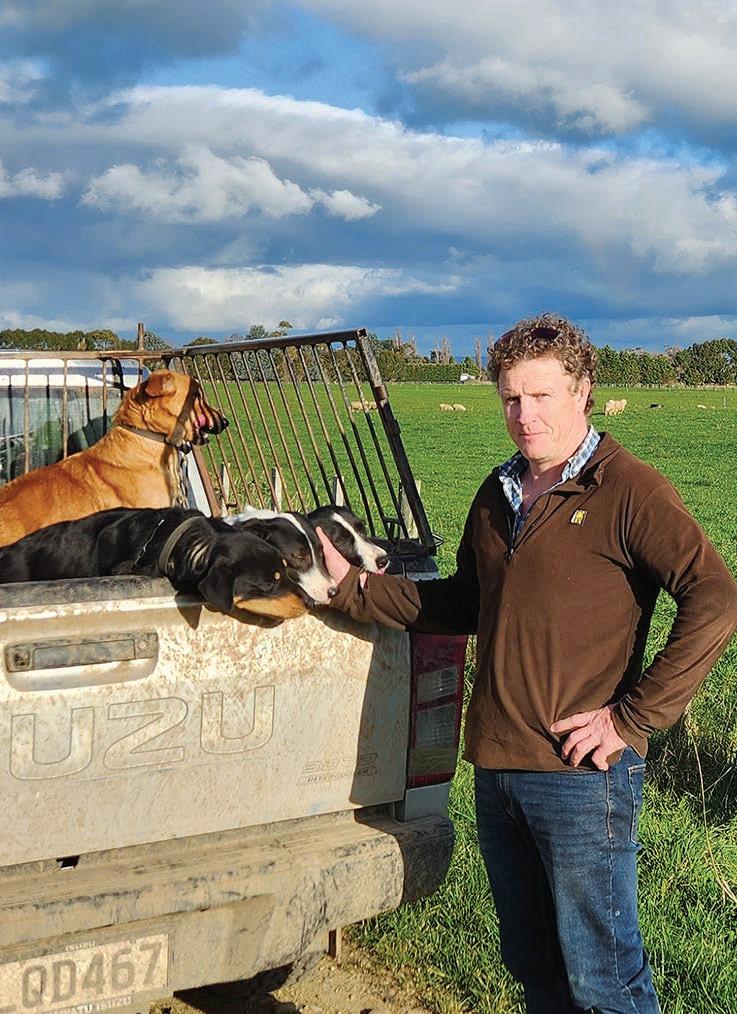
PRIORITIES: Nature should not be prioritised in catchment control work at the expense of everything else, Ian Strahan says.
into that and take a lot of land, infrastructure and potentially buildings with it.”
Strahan says he elbowed his way onto the governance group out of concern about the way things were heading.
He also believed two existing farmer representatives on the group were not able to adequately relay what was happening to landowners.
“Horizons have the addresses to send out rates bills but not, apparently, to send updates on what’s going on – nor to hold meetings.”
He tried to get those addresses so he could do it himself, but this was refused.
At a farmer meeting where the topic came up, Strahan
says landowners had excellent information to share about flood experiences and their thoughts on solutions.
“I don’t like to think how much money and resource is being swallowed up in administration and investigating side issues, which could be spent on actual works.
“Councils don’t seem able to do things efficiently, unlike the rest of the economy.
“But they go tearing off in a direction, with an agenda, and a governance group on which the people with the most skin in the game are poorly represented.”
Strahan intends inviting the council chair, and any councillors willing to come, to visit his farm and hear from farmers directly.

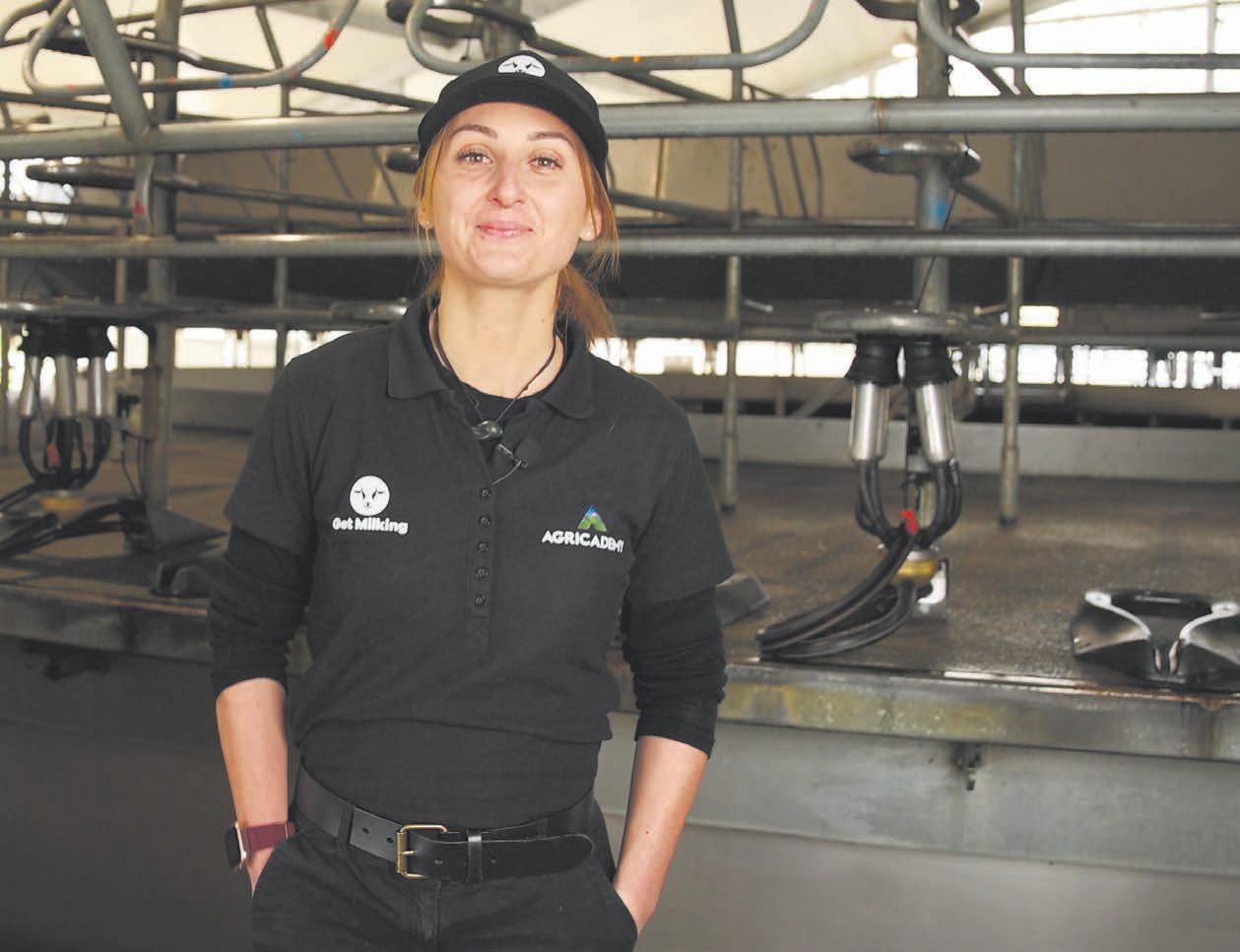

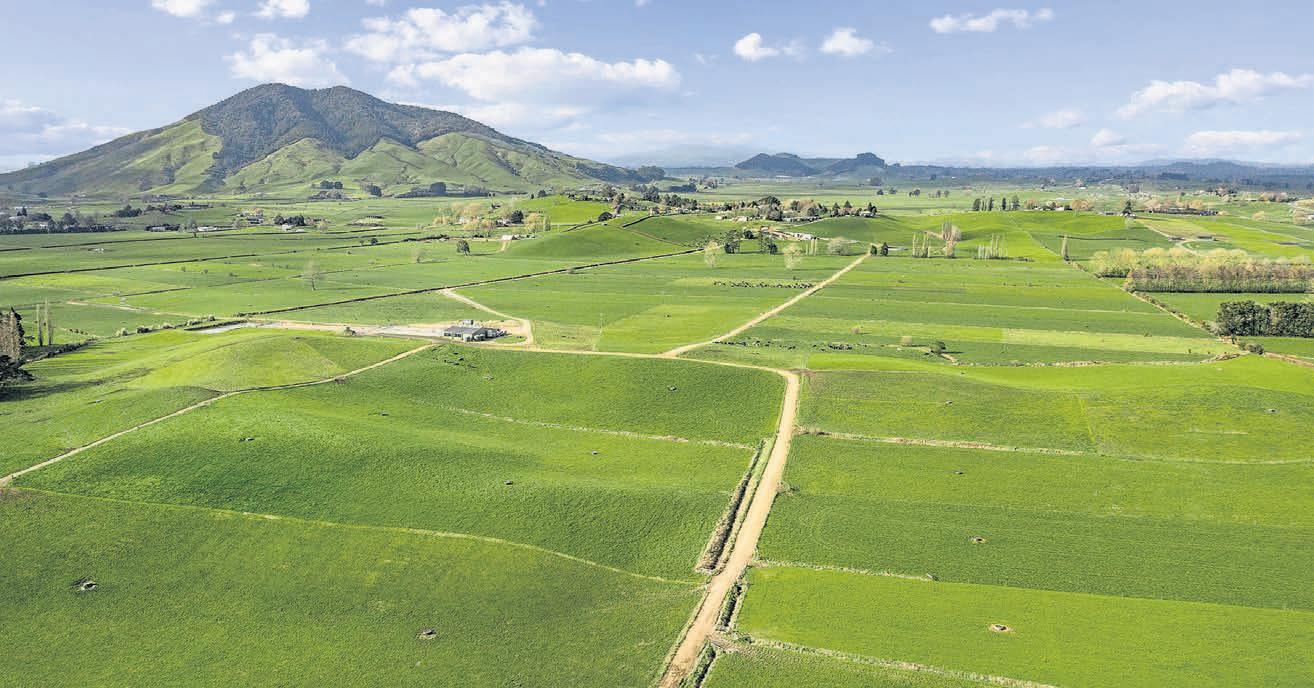
Productive Pokuru
These 152 hectares (more or less) presents extremely well to purchasers who desire contour, infrastructure and production.
50 bail Waikato rotary ACR’s, 300 cow feed pad worth auto-wash, 200 cow stand-alone feed pad with effluent storage, 250 head calf shed with vats, and reticulated milk pump system. On average 455 cows wintered, 410 cows milked, 202,335kg MS produced. Fertility is strong
Two silage pits consisting of a 400 tonne maize pit and a 250 tonne maize pit Three sheds/workshops and two half round barns. Fencing is top grade, excellent water, easy rolling contour, and well-maintained races.
Main homestead is four bedroom and overlooks the farm. There are also two more dwellings – one three bedroom and one four bedroom.
Very well-located dairy farm with all the levels of infrastructure in place. Quality farm - see you at the Open Days.
pggwre.co.nz/TEA39997
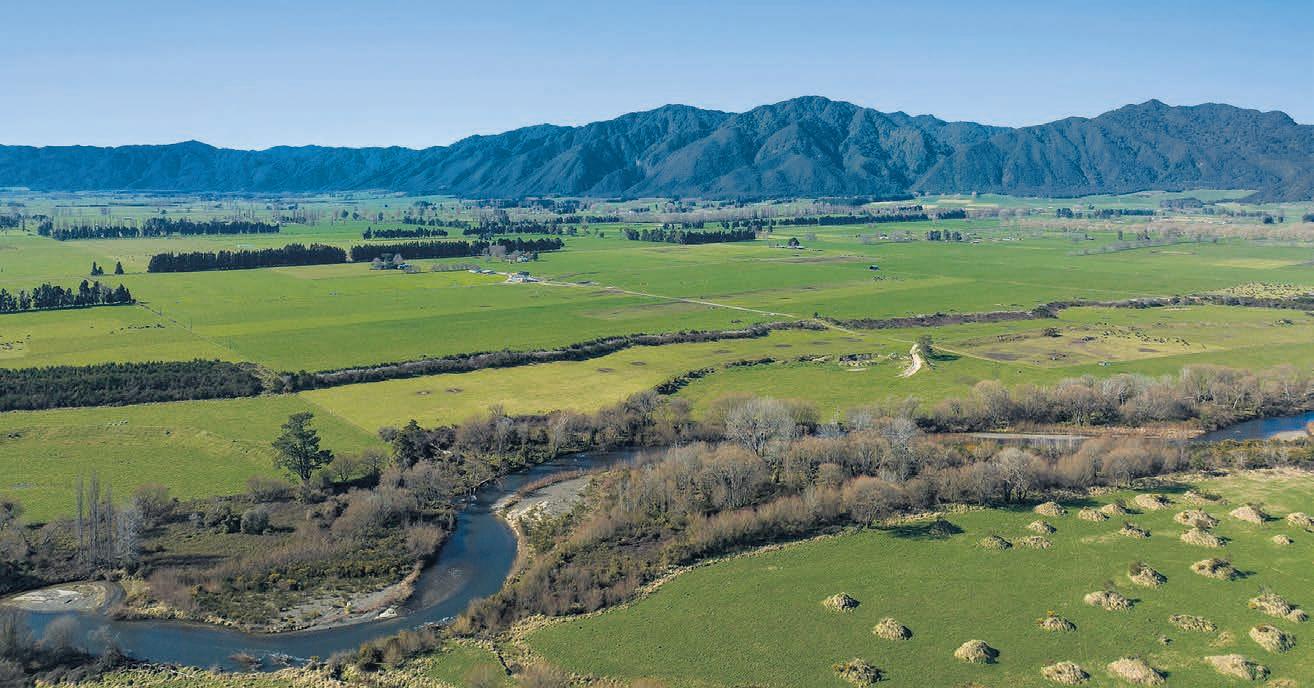
Farm The Galatea Valley has long been recognised as a first farm destination. Galatea could be described as a
achieve outstanding industry recognised performance
• 140.2377 total hectares with 134ha effective with a best production of 221,296kg MS, milking
• Irrigated area of 70 hectares (more or less) K-line


TENDER Plus GST (if any) (Unless Sold Prior)
Closes 2.00pm, Friday 25 October
VIEW 10.00-12.00pm
Tuesday 24 September, 01 & 08 October
E pwylie@pggwrightson.co.nz

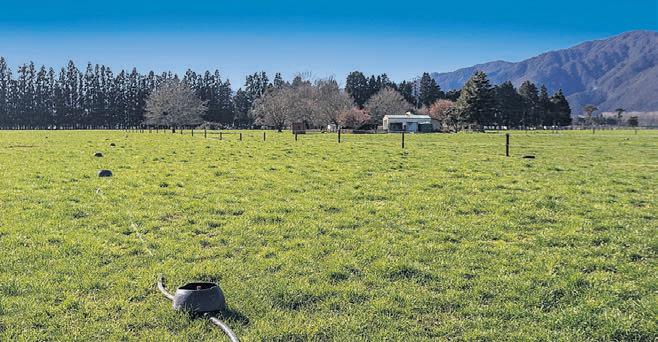


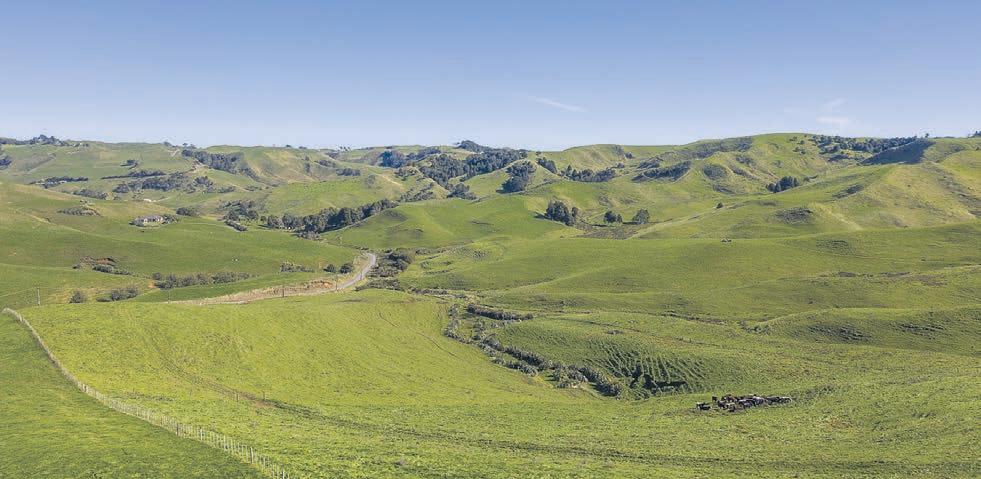
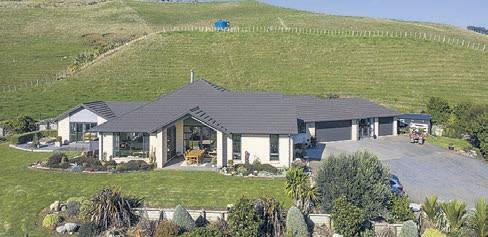

RAGLAN, WAIKATO 680 Waimaori Road
Waimaori - 492 hectares (more or less)
Predominantly easy rolling cattle contour situated 18km Southwest of Raglan. Grass only policy wintering as at 30th June 2024, 279 x 27 month steers, 217 x 15 month steers, 415 x EH, 1040 x MA Ewes, and 25 x Rams. Outstanding four-bedroom homestead which is presented to a very high standard. There is also a three-bedroom Managers house, three stand woolshed and three bay lockable shed. Multiple water systems, long fertiliser history, and riparian planting throughout. This is a farm where attention to detail is evident throughout and a true turnkey operation.
Closes 3.00pm, Friday 1 November VIEW 10.00-12.00pm Thursday 3, 10 & 17 October

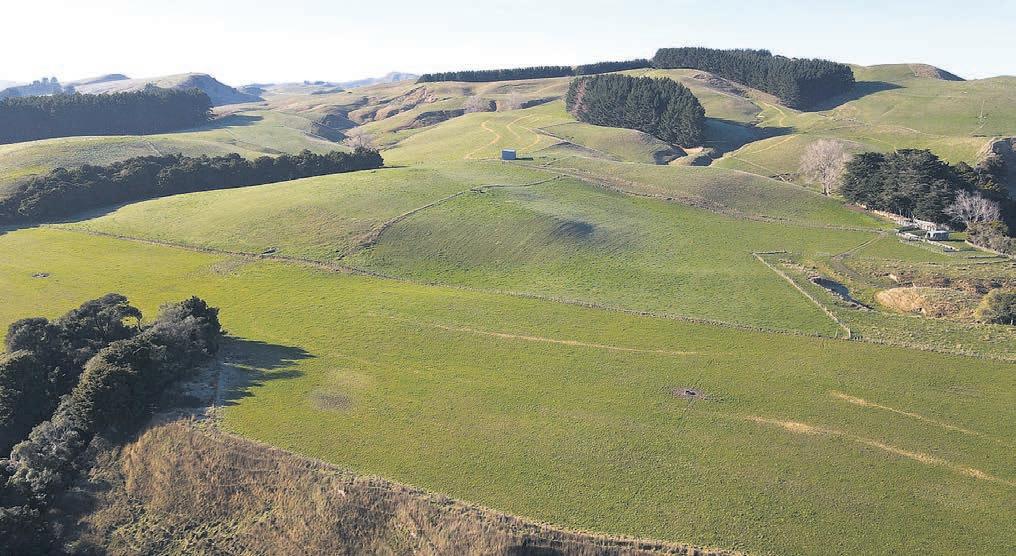


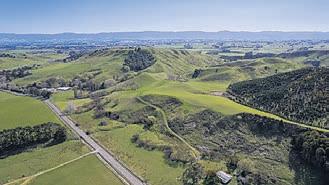
Located just minutes from Dannevirke, Waikoata Hills presents an exceptional opportunity with its prime location and significant farming improvements. The property boasts approximately 80 ha of cultivatable land, mostly adorned with improved pastures. Substantial drainage improvements have been implemented to boost land productivity. This favourable farming location ensures excellent growing conditions and supports a variety of agricultural activities. The property features a four bedroom dwelling nestled in established gardens, providing a comfortable living space. The vendors are motivated to sell, so don't miss out on this exceptional opportunity.



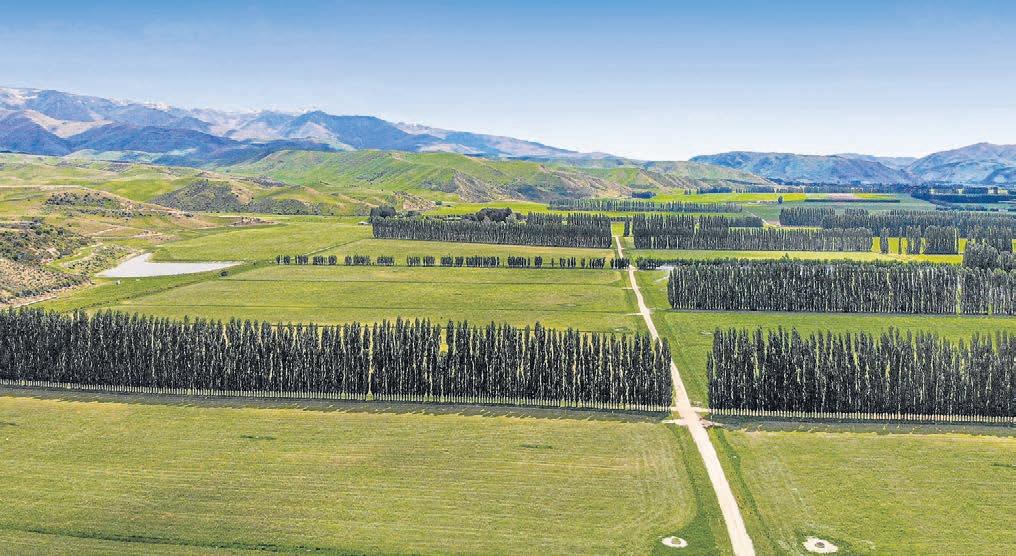
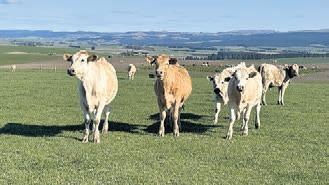

Irrigation, location & contour
This 102.8 ha (subject to survey) bareland block is equipped with reliable pivot irrigation and 56 North Otago Irrigation Company shares with the option to lease additional shares. The property offers easy rolling contour with flat tops, Timaru Silt Loam soils and two points of water. Currently run in conjunction with a bigger block, the property is utilised as a bull beef finishing with dairy grazing history. Located between Five Forks
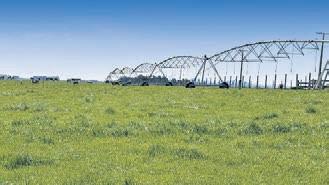

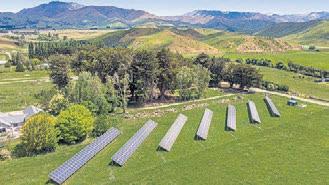
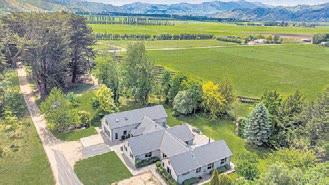



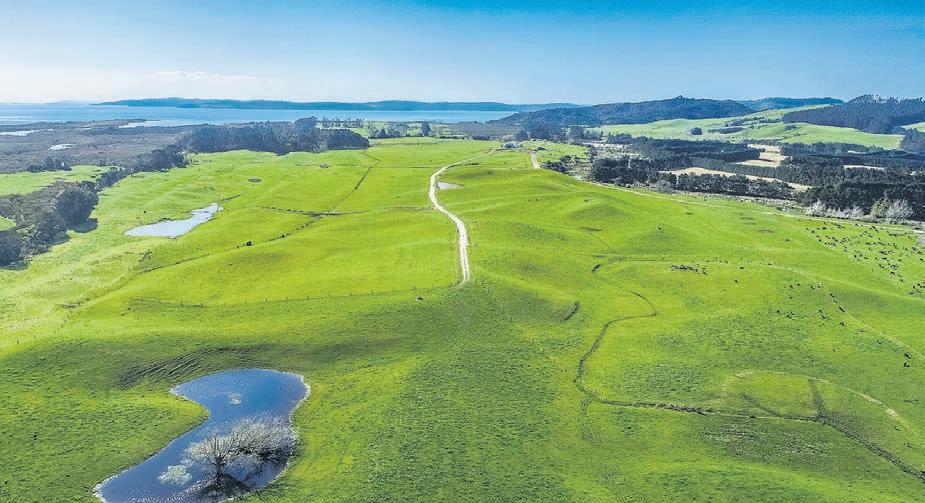
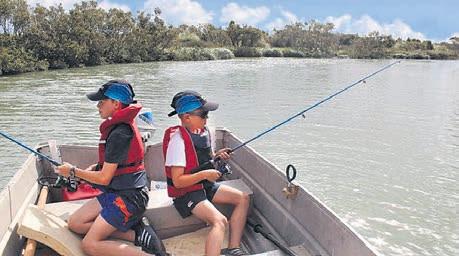
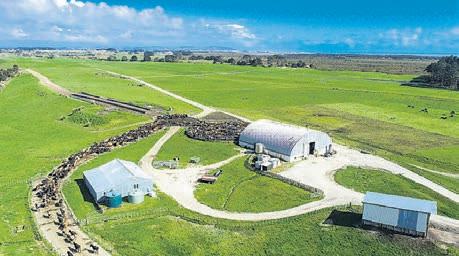
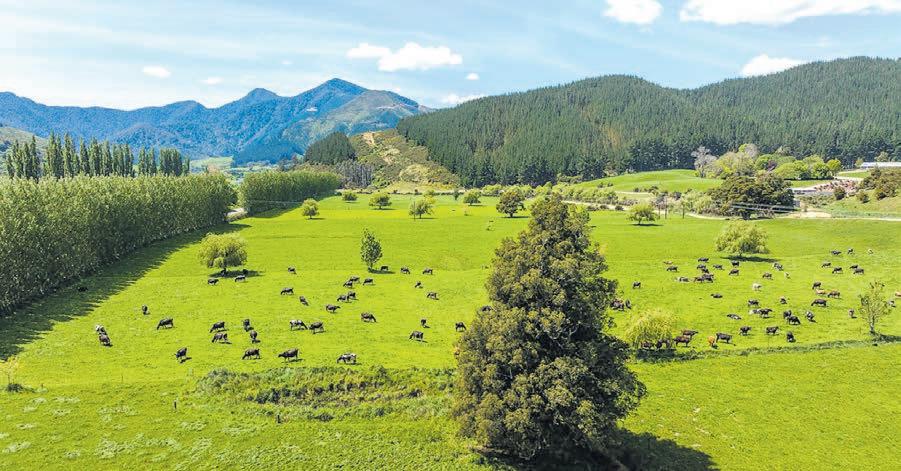


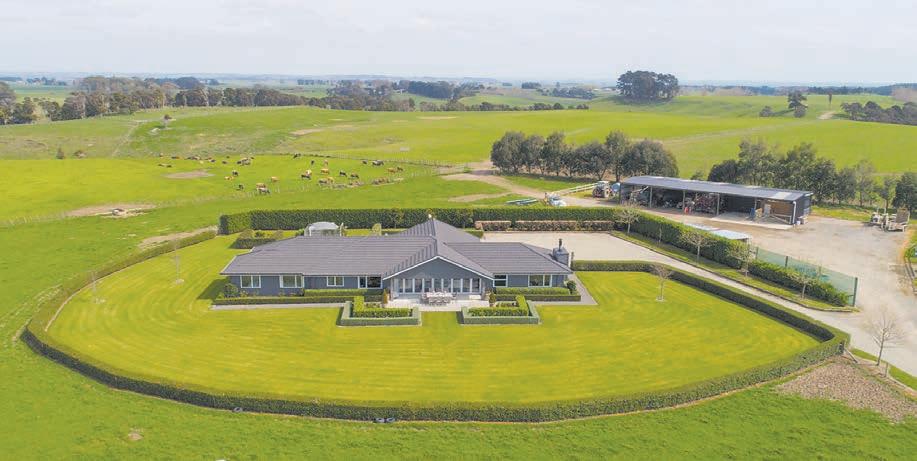

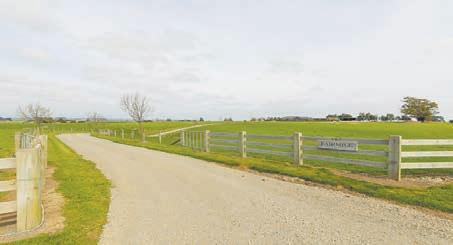

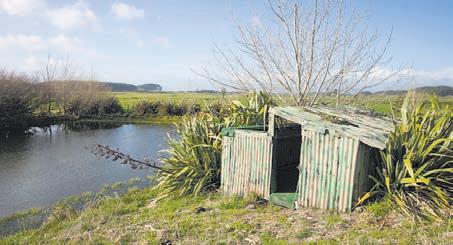
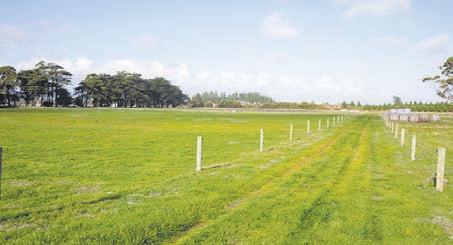
The Hillcrest Group is on the search for an experienced Dairy/Beef Drystock Farm Manager to join their business. The drystock farm plays an important part in supporting the wider farming business through providing high quality heifers to the dairy farm, supplying winter feed for cows and creating value through a beef operation.
Reporting to the farm owners, this is an exciting opportunity to put your skills to the test with the autonomy to get the job done knowing support from the farm owners and wider business is there when you need it.
Big on family values, this is a well-established farming business that looks after its people which is reflected in this role previously bring held for 6 years. The Hillcrest group proudly run a selfcontained system and are progressive in their farming practices.
The Farm:
• 650ha effective.
• Carrying 380 R2 heifers and 380 R1 heifers.
• Finishing Friesian bulls 400, 200 which are due to be sold this year.
• Beef 360, 180 which are due to be sold this year.
• Contour split 20% hills, 40% downs and 40% flat.
• 230ha of the farm under [pivot and fixed grid] irrigation with the balance dry land. The Details:
• Hours of work: Such hours to suit the management of the farm but not normally exceeding 45 hours per week, working every second weekend.
• Well maintained, 4-bedroom house.
• Located in Culverden 30 mins from Hamner Springs and 60 mins from Christchurch Candidate background:
• Experience growing replacement heifers and finishing cattle.
• Experience in pasture, cropping, cattle management including management and administering an animal health program set by the farm’s vet. Must be able to demonstrate good pasture management.
• Sound tractor and heavy machinery knowledge - Tractors with autosteer, fertiliser spreader, feed out wagon, side by side etc.
• Strong organisation skills, planning ability and record keeping including regular feed budgeting.
• Ability to carry out day-to-day tasks on your own and have the discipline to work autonomously, using your initiative and manage your own time.
For a further discussion about the role, reach out to philippa@no8hr.com or call the team at No8HR on 07 870 4901. If you would like to apply, please apply now by following the below link and clicking ‘apply now’.
https://no8hr.vincere.io/careers/apply/32268/dairy-beef-drystock-manager-culverden www.no8hr.co.nz


At Beef + Lamb New Zealand (B+LNZ), we are passionate about the sheep and beef industry and committed to growing a sustainable and profitable future for our sector. We are farmer-owned and funded and work on their behalf.
Our vision for the sheep, beef, and dairy industry is Thriving sheep and beef farmers now and into the future. Our priorities are focused on three key areas: championing farming excellence, advocacy, and energising the sector.
B+LNZ has a vacant Associate Director position starting in November 2024 for a one year term. This role provides developmental opportunities by offering governance experience and mentoring to aspiring farming leaders in the sector. It aims to expand knowledge and understanding of governance, the B+LNZ Board’s role, the legal framework, and Directors’ responsibilities. The position offers a unique opportunity to experience strategy and governance in action within a sector organisation.
All prospective Associate Directors must have a direct connection to a levy-paying farm, be strongly committed to furthering our farming sector, have the highest levels of integrity, be collaborative in nature, possess sound judgment, and be innovative and strategic in their thinking.
The qualities we are looking for are:
• Passion and commitment to the sheep and beef sector
• Highest of ethical standards and behaviours
• Independence in thinking; be prepared to challenge, and be challenged
• Innovative and values continuous improvement and responsiveness to the sector’s challenges and opportunities
• Effective, persuasive and respectful communicator
• Empathy with farmers and their rural communities
• A role model for the values of the organisation.
How to apply:
• Please apply via the B+LNZ website https://beeflambnz.com/about-blnz/work-for-us
• Applications close 5pm, Sunday 29 September 2024
The commitment required will be, on average, one to two days per month, with the majority of the six-weekly meetings held in Wellington. This is an unpaid position; however, all expenses related to fulfilling this position will be covered.
For further information, contact Bridget McIlraith, B+LNZ People and Culture Manager, at bridget.mcilraith@beeflambnz.com
We have a vacancy on our family farm for an experienced block manager. We are looking for a self-motivated person with excellent stock skills to manage a sheep and beef operation covering 800ha with 7000su situated 20 minutes to Whanganui. This role could suit someone currently in a 2IC role or someone wanting to step up and take on their next challenge. Land type ranges from steep hills to river flats.
The successful applicant will need to competently manage all aspects of the farm including fat lamb finishing, beef cow management, fencing, docking, dagging and pastoral care. A positive attitude and initiative are valued attributes towards H & S of staff and stock. You will need great communication skills, be able to do accurate record keeping and be physically fit. A good team of dogs that are stock safe and under full command is required. A heavy vehicle licence and digger experience would be useful but not critical.
What we are offering: A supportive work environment. A wellappointed, comfortable home is available with the local school bus going past the gate. Competitive salary provided. To apply please email your CV to apply@limelimited.co.nz








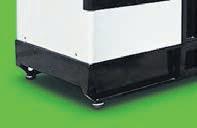
















Passion, integrity, and a genuine desire to do our best for farmers are what drives us at Beef + Lamb New Zealand (B+LNZ). We are 100% farmer-owned and funded and work on behalf of New Zealand’s sheep and beef producers. Our vision is for thriving sheep and beef farmers, now and into the future. Beef + Lamb New Zealand’s investments underpin New Zealand’s second-biggest export sector.
The position of Independent Director will bring independent judgment, outside experience, and objectivity to the board. The board seeks a candidate with proven experience in Māori agribusiness and strong commercial acumen. The ideal candidate will have demonstrated experience in governance and a solid commitment to the success and growth of the New Zealand sheep and beef sector. They should be collaborative, have sound judgment, and be willing to demonstrate strong leadership to the sector and B+LNZ management.
The attributes and skills we are looking for are:
• Evidenced Māori Agribusiness connection to sheep and beef farmers and their rural communities.
• Independence in thinking; be prepared to challenge and be challenged.
• Be future-focused, value continuous improvement, innovation and responsiveness to the sector’s challenges and opportunities.
• Proven and effective governance and commercial expertise, strategic planning and execution.
• Effective, persuasive and respectful communicator.
How to apply:
• Please apply via the B+LNZ website https://beeflambnz.com/about-blnz/work-for-us
• Applications close 5pm, Sunday 29 September 2024
This is a remunerated position, and the appointment is for a three-year term. The commitment required will be approximately three days per month.
For further information, contact Bridget McIlraith, B+LNZ People & Culture Manager, at bridget.mcilraith@beeflambnz.com







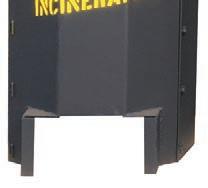


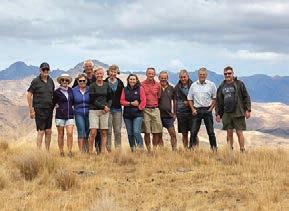

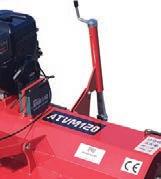


FLY OR LICE problem? Electrodip – the magic eye sheepjetter since 1989 with unique self adjusting sides. Incredible chemical and time savings with proven effectiveness. Phone 07 573 8512 www.electrodip.com
WAIPA HEDGE TRIMMING and Flail Mowing. Covers right across the Waikato concentrating on farms and lifestyle blocks. www. waipahedgetrimming. co.nz or phone Gary 021 142 3316. ATTENTION FARMERS


Lease Jersey bulls from $500
Yearling, 2-year and 3-year bulls available TB and BVD tested, negative BVD vaccinated Waikato location
EXPERIENCED HUNTERS available to assist farmers with managing problem animals. South Island. Contact Andre 021 298 1077.
3 HANDY PUPS 9 weeks old. two dogs, one bitch. Bred to work sheep or cattle. $100 each. Phone 06 376 3955.
WORKING, STRONG EYED pedigree Border Collie pups. Working lambs at 8 weeks. Bred from the finest international dog trialling and working lines. Ph Somerton Park Kennel Canterbury 021 264 6250.
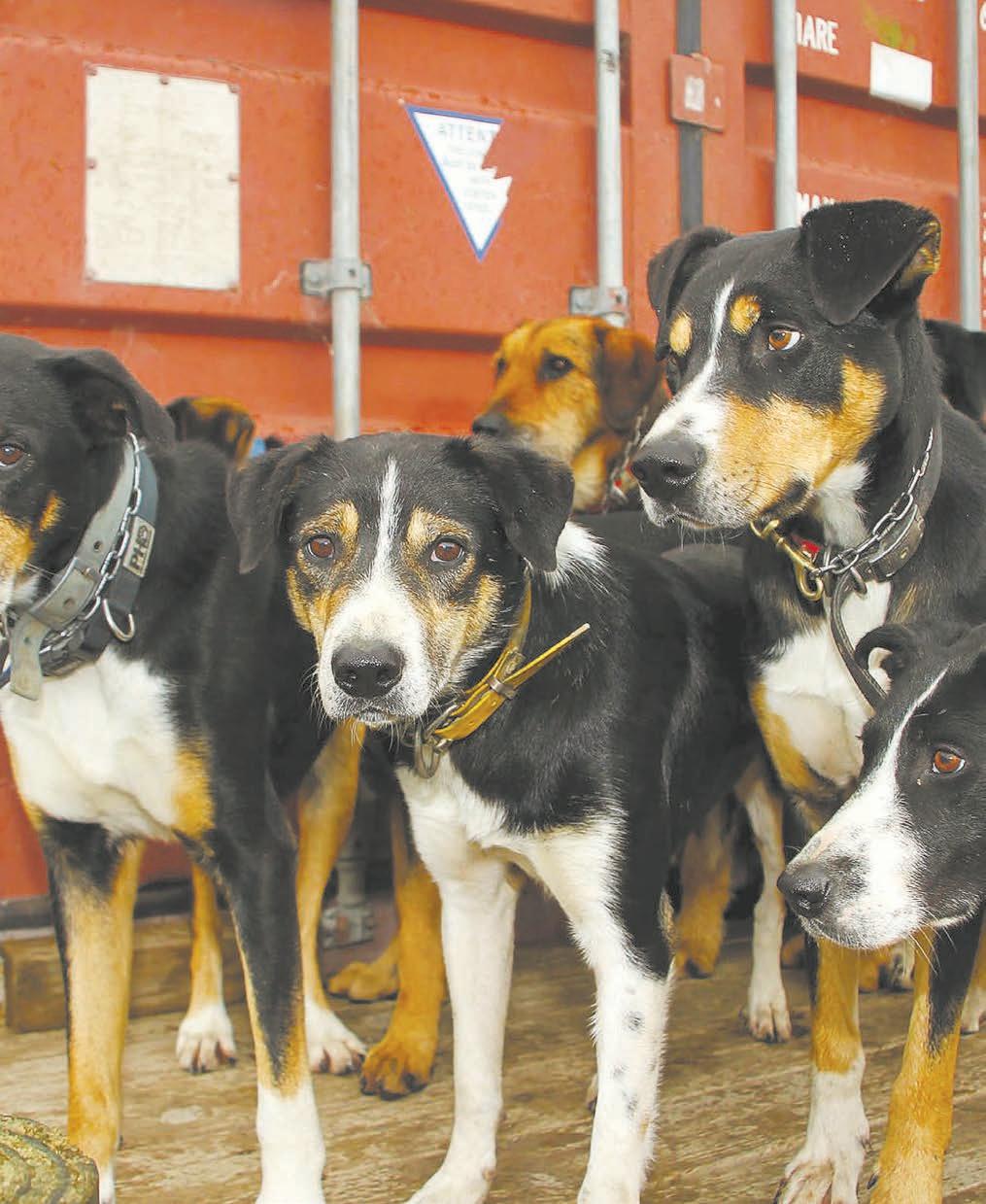

GOATS WANTED
GOATS WANTED. All weights. All breeds. Prompt service. Payment on pick up. My on farm prices will not be beaten. Phone David Hutchings 07 895 8845 or 0274 519 249. Feral goats mustered on a 50/50 share basis.
NZ KELP. FRESH, wild ocean harvested giant kelp. The world’s richest source of natural iodine. Dried and milled for use in agriculture and horticulture. Growth promotant / stock health food. As seen on Country Calendar. Orders to: 03 322 6115 or info@nzkelp.co.nz
HIGH PRESSURE WATER PUMPS, suitable on high headlifts. Low energy usage for single/3-phase motors, waterwheel and turbine drives. Low maintenance costs and easy to service. Enquiries phone 04 526 4415, email sales@hydra-cell.co.nz
RAMS FOR SALE
WILTSHIRES-ARVIDSON.
Self shearing sheep. No1 for Facial Eczema. David 027 2771 556.
RAW DOG FOOD
RAW FROZEN CHICKEN frames $3.99kg. GST and freight included. Delivering to central/ eastern North Island. mikehughesworkingdogs@ farmside.co.nz or phone 07 315 5553.
SERVICE BULLS
LEASEABULL.CO.NZ
Pedigree Herefords, Jersey’s pure breed Angus, pure breed Hereford’s and X breed Friesian. leaseabull.co.nz or phone 027 292 4889.
SILAGE BALES FOR SALE
10 BALE EQUIVALENT Otorahanga area. Enquiries please phone 027 471 3856.
SAWN SHED TIMBER including Black Maire. Matai, Totara and Rimu etc. Also buying salvaged native logs. Phone Richard Uren. NZ Native Timber Supplies. Phone 027 688 2954. WANTED TO BUY
RECENTLY RENOVATED
3 bedroom house with whitebait stand available for rent on the Mokau river. Waitomo District. (gear provided) $500



I then spoke to another lady, who worked in accounting, who then offered me some of these chips the others were eating. After I took a bite, within a moment my mouth went dry from the staleness. I immediately rushed over to get a drink.
I saw the man, the girl and the lady from before, forming an orderly queue, and I knew I had found the punch-line.

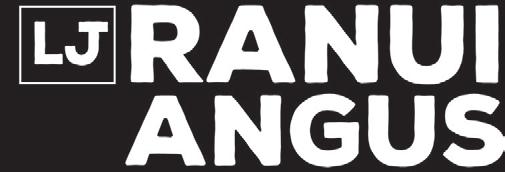









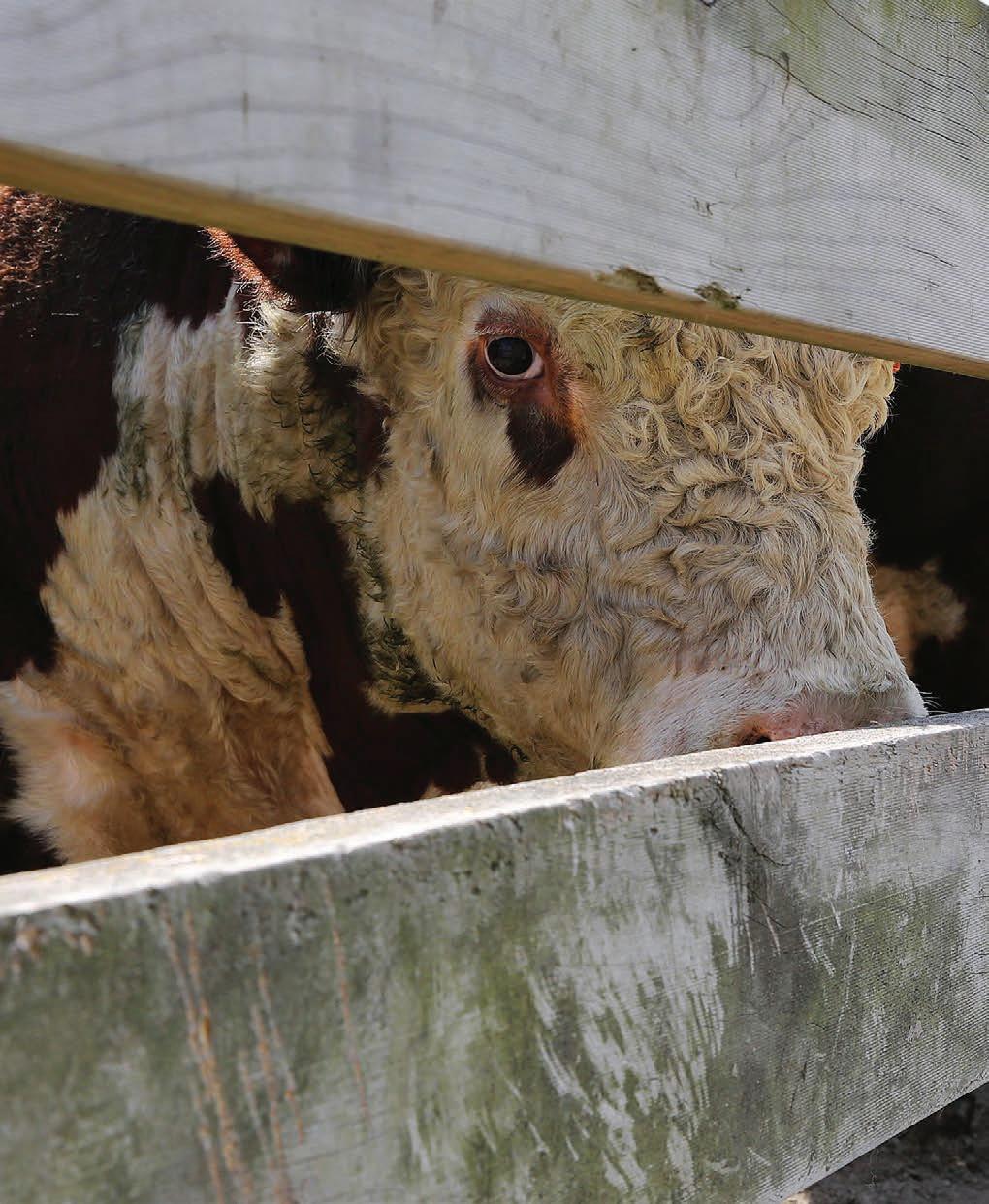
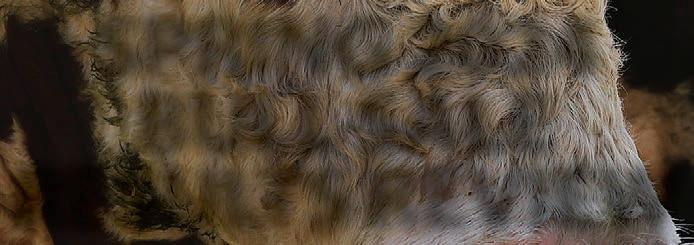



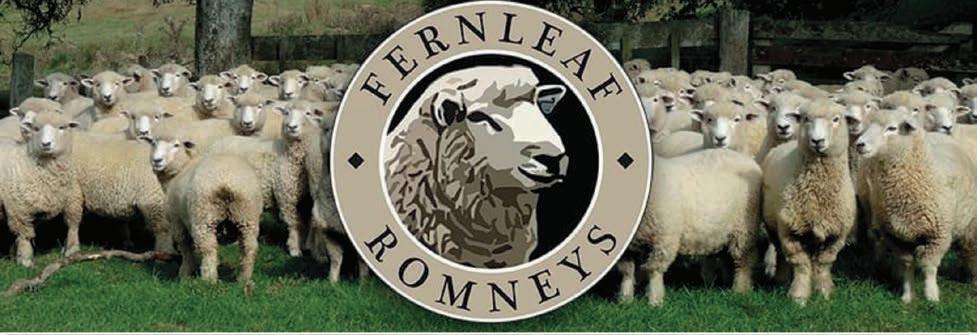

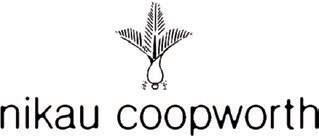


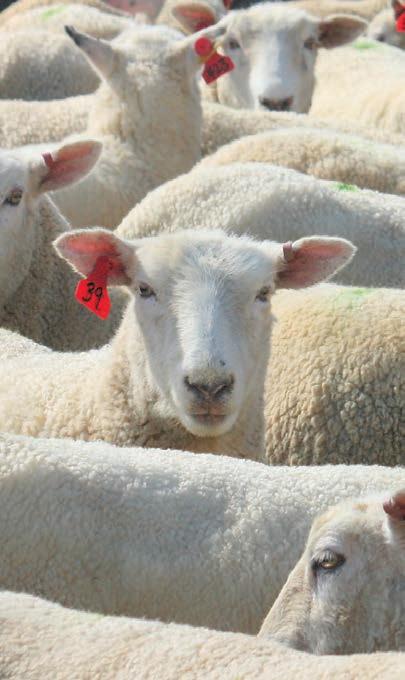
1985

BEXLEY HEREFORDS Yearling

• 5 star rating
• Bred on challenging hill country
• Robust functional sheep that survive
• Structurally sound
• Selecting for parasite tolerance and less dags
• No ewes worm drenched, dipped or vaccinated
KEITH ABBOTT, RAGLAN 027 463 9859 | www.waiteikaromneys.co.nz @waiteikaromneys

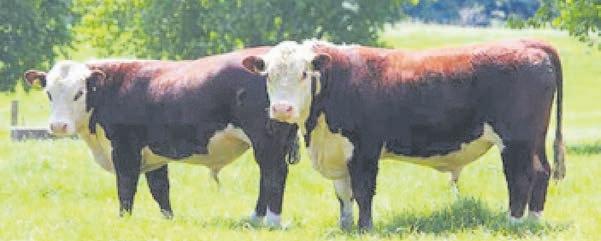
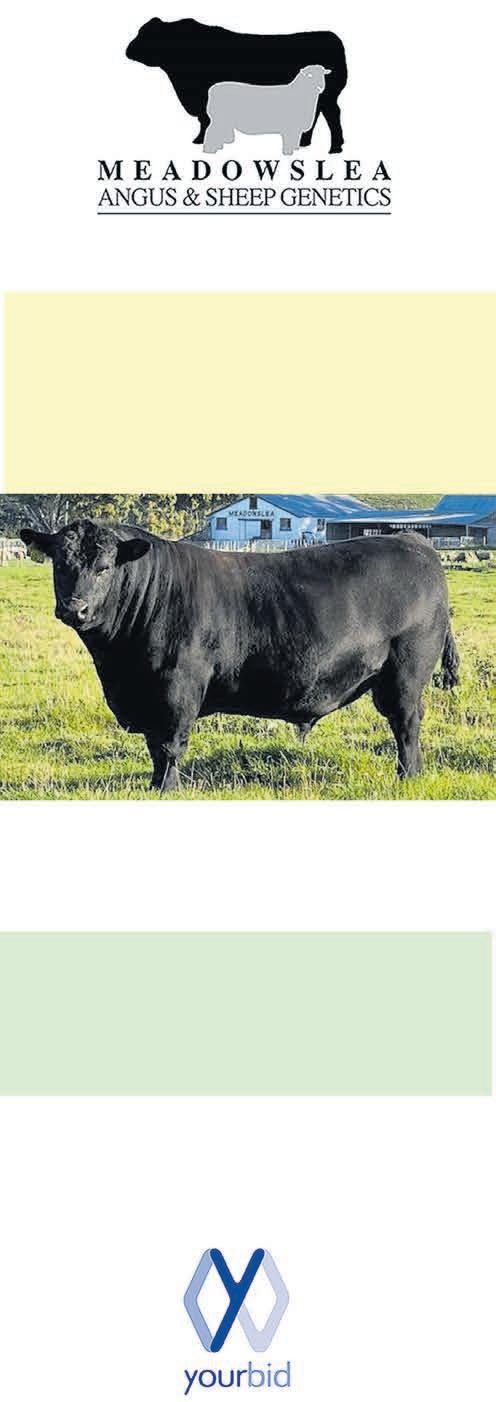







The only NZ Perendale and Romdale breeder with rams tested at 0.6! Start your genetic progress here.
Perendales & Romdales are

Suffolk and Suftex terminal 2ths are available



Raupuha Shorthorn bulls are available for sale Please enquire for more info Russell and Mavis Proffit: 2033 State Highway 3, RD, Mahoenui 3978 M 027 355 2927 | E: raupuhastud@gmail com | www raupuhastud co nz






































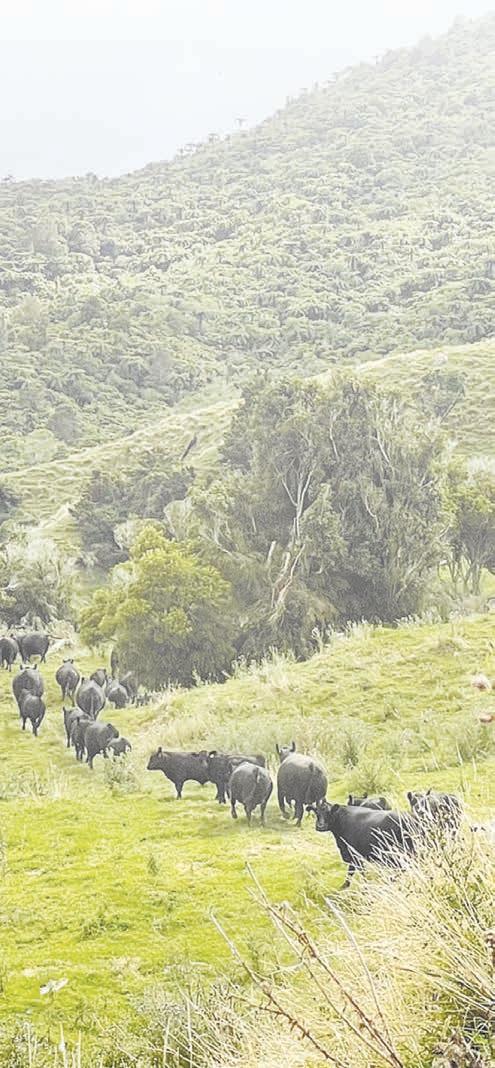





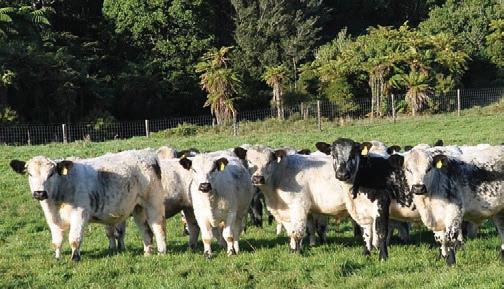
•
•
•
•
• 9 Registered Pure bred Speckle Park yearling heifers
• I F2 SP X Angus yearling heifer
• 15 Speckle Park embryos (3 lots x 5 )
• 5 Mainstream Eldorado E11 straws
• 1 calf head bail / weigh trailer SALE ON FARM 466 Soldiers Road, Tauranga and Live-streamed on 30th September 12.30pm View catalogue www.korakospecklepark.co.nz

9th ANNUAL YOUNG IN-MILK FRSN/FRSNX COW AUCTION A/c TROY STEVENSON
Date: Friday 4th October 2024
Address: 437 Patiki Road, Pihama, South Taranaki
Start Time: 11:30am (undercover, gourmet BBQ lunch provided) will be available for online bidding

COMPRISING:
165 x young Friesian / Friesian Cross In-Milk Cows – BW282, PW365, RA100%
DETAILS:
• TB C10 – Mycoplasma Bovis not detected and BVD negative
• All cows in-milk, milked twice daily in rotary shed
• Herd Tested 26th September 2024 with information available soon after
• Strict selection policy all young cows mainly 2-4 year olds, including a CRL top Friesians Heifers DNA Profiled and A2 Verified AUCTIONEERS NOTE:
Due to a very robust selection process, this 9th annual offering will be the highest that has been presented. All cows personally guaranteed by our vendors offering 1-week soundness trial. Cows are milked to supply calf milk then offered for auction. Young and all sound, these cows will come forward in good condition ready for mating. We totally recommend these cows. Annual buyers have commented on the high standard of cows offered previously.
DELIVERY/PAYMENT
Facial eczema spores identified across NZ in 2023/2024 season
• Map is based on faecal FE spore counts from the B+LNZ sheep poo study
• Results are from 202 farms
• Presence of spores indicate potential FE risk
Data provided by:
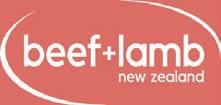

Highest number of faecal FE spores observed
Lowest number of faecal FE spores observed
2616
739 9939 Alastair
07 825 4925
877 8586
Russell Proffit Raupuha Perendale/ Romdale 07 877 8977
Coopworth 09 233 3230 Alan and Kerri
463 9859 Craig
1703

894 5959 Hamish Bibby

6619
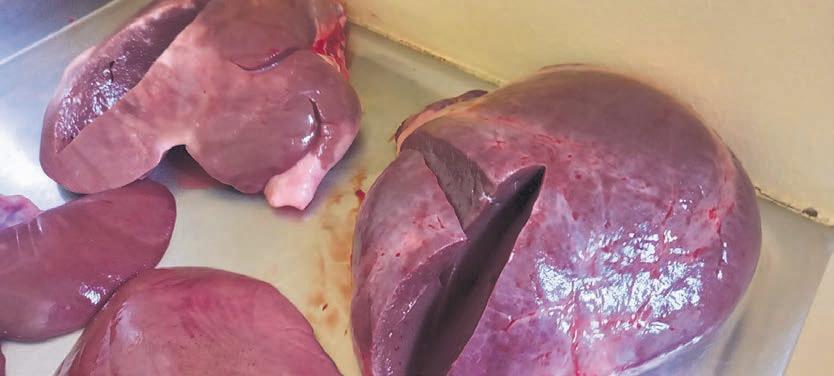
Even with the mutton price weighing on the outcome, returns for ewes with lambsat-foot are better than last year.

Alex Coddington MARKETS
Livestock
RETURNS for ewes with lambs-atfoot have certainly improved since last year but a weak mutton price may be the difference in prices not rebounding back to 2022 levels.
There are still many places across the country in the thick of lambing. For the North Island regions that are through it now, reports of survival have been mostly positive and demand for the first early-borns to hit the market has been surprisingly good.
The chaotic neutral weather pattern that has dominated through winter and now spring has turned out to be rather favorable for most new-season lambs. The right balance of just enough sun on backs and welltimed rain has meant many regions with a lot of light lambs on the ground are better set-up for growth.
As the lambing season continues, the combination of increased multiples, good survival rates, and hungry lambs has meant there has been an early uptick of ewes with lambs-at-foot trading in the paddock. This has eased prices $10 or so in the past fortnight to around $90$100.
It could be expected that the market will continue to be tested as the season progresses. Despite this, a finished lamb price on the rise has contributed to a more positive outlook for traders. There are many regular buyers who are also reporting better confidence in feed and faster growth rates, driving demand for ewes and lambs out of the hole they were stuck in last year.
Tightening feed budgets have also increased the volume of ewes with lambs-at-foot in the saleyards, where farmers are seizing the opportunity to lighten the load, supported by firmer returns.
Proudly sponsored by
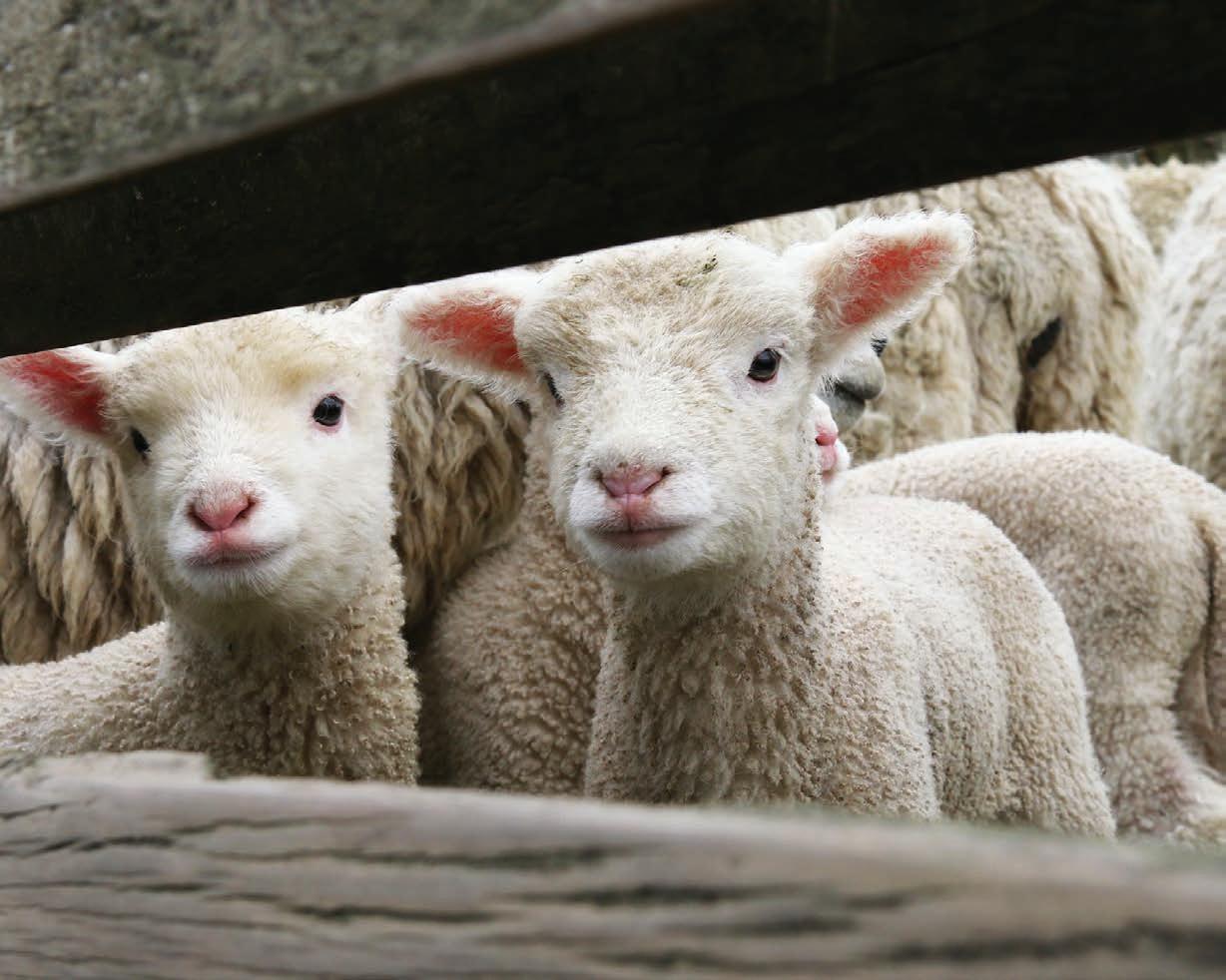
Many regular buyers are also reporting better confidence in feed and faster growth rates.
Last year, supply at Stortford Lodge didn’t build until September 13, and even then demand was soft as the only pens not passed in fetched $60-$85 all counted.
This year’s first sale featuring 200 ewes and lambs took place on August 21 when the better pens with older lambs fetched $101 to $107 all counted, while those with lighter-condition ewes or
smaller lambs sold for $81 to $95.
At Feilding on September 13, 286 ewes and lambs were yarded. Better pens fetched $101-$116 all counted while the rest traded at $81-$97.
The following week at Stortford Lodge, there was a clear preference for a larger docked lamb as pens that fitted the bill fetched $103-$108 while pens of smaller lambs made $80-$90.
Overall in the yards this year, ewes with lambs-at-foot at Stortford Lodge and Feilding are averaging $90 and $88 respectively, an improvement from last year when averages were $69 and $65. However, still less than previous years as, from 2018
through to 2022, averages were in the range of $96-$123.
This will most likely be related to the dynamic of the current mutton price. The five-year average mutton price for the month of September is $5.29/kg. Mutton schedules are currently operating near an average of $3.50/kg, the highest it has been all year.
However, this is an improvement on this time last year when the mutton price was declining to around $3.30/kg.
Almost all New Zealand mutton is exported to China, which is currently showing weak demand for most imported commodities including red meat.




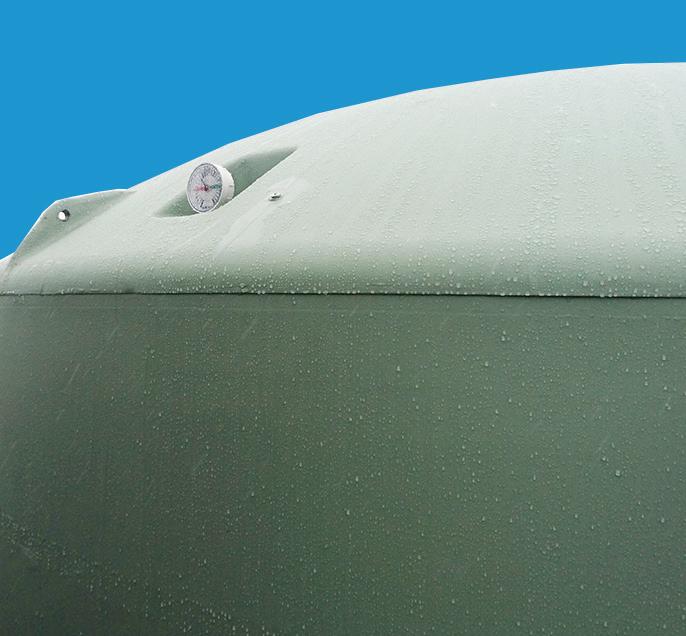
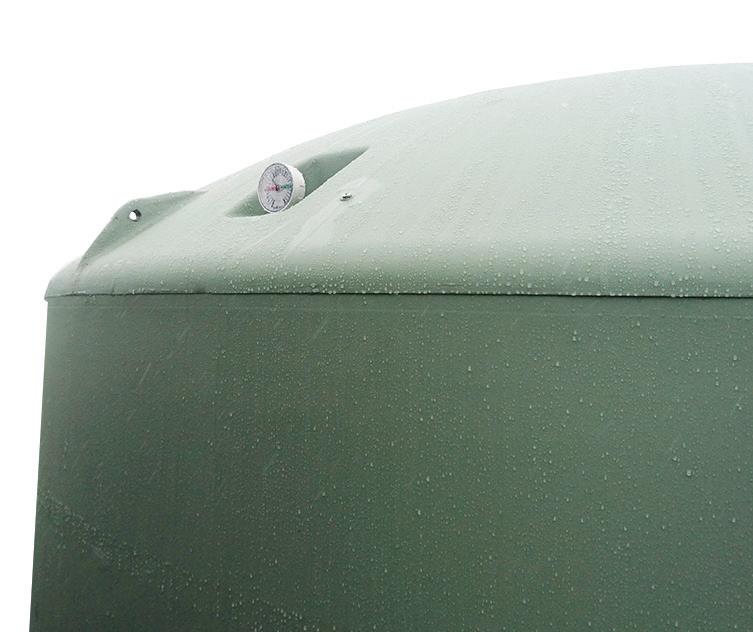
The recent storm that brought snow to many parts of the country was poorly timed. Plenty of properties in the North and South Islands are in the thick of lambing so the cold will have caused some wastage. Early lambs are hitting their stride, though, and one very early Southbridge property got weaning started and lambs off to Canterbury Park on Tuesday, September 17. These were mostly Poll Dorset with a few Suffolk-cross in the mix and those that sold in the prime sale earned $155-$206 while a store cut of medium lambs realised $122 and went to a local buyer.
Prime beef, dairy-beef steers, 540-670kg
Boner Friesian cows, 418-535kg
Frankton | September 17 | 759 cattle
2-year beef-cross, dairy-beef steers, 413-529kg
2-year dairy-beef, crossbred heifers, 379-454kg 3.31-3.64
Aut-born R2 dairy-beef steers, 317-444kg 3.87-4.07
Aut-born R2 dairy-beef heifers, 291-399kg
Yearling beef, dairy-beef steers, 222-367kg
Yearling dairy-beef, Friesian bulls, 265-312kg
Yearling Angus, dairy-beef heifers, 243-319kg
Aut-born weaner dairy-beef heifers, 109-155kg
Prime dairy-beef steers, 580-679kg
Prime dairy-beef heifers, 458-540kg
Yearling beef, dairy-beef steers,
weaner
2-year
Hereford-Friesian heifers, 219-262kg
Yearling dairy-beef steers, 282-308kg
dairy-beef heifers, 259-289kg
Prime Hereford-Friesian steers, 490-650kg 3.50-3.62


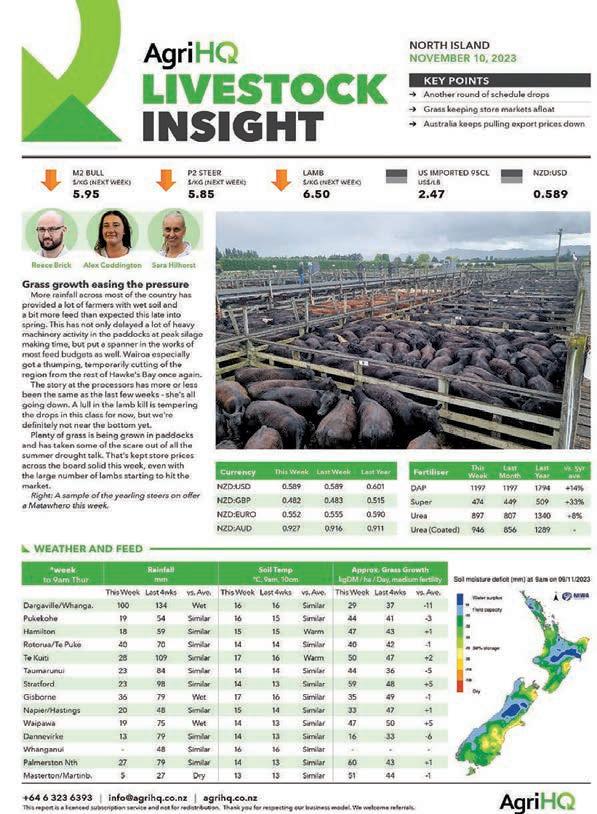














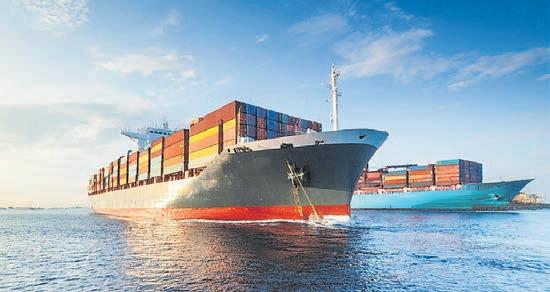








Philip Duncan NEWS Weather
SPRING is certainly here and we’re experiencing what I think is a classic September weather pattern, dominated by storms over the Southern Ocean and strong to gale-force westerly winds surging off and on.
The storms south of New Zealand remain enormous – both in size and depth of air pressure. Most lows south of the country have been around the 940 to 950 hPa range now for several weeks. Usually we get a few like that, then that’s it.
You’ve probably seen and heard the words “polar vortex” used a lot this year. The polar vortex is like elastic holding the cold in place around Antarctica – and this year it’s lost that tightness and has more of a wavy shape to it.
Each time the wave goes up from Antarctica it shifts the boundary of cold air and low pressure into the NZ area – and last week that produced a significant winter
outbreak over the country with hail, snow and bitterly cold wind chill for newborn livestock.
There is no sign of these storms coming to an end any time soon.
The lower air pressure to the south of NZ and Australia isn’t just there only – it exists all the way around coastal Antarctica, with low air pressure storms south of South America and South Africa.
With so much low pressure south of us it means more isobars on the weather maps in our part of the world – and that’s why we’re experiencing the windy westerlies much more this year. They tilt northwest, we get warmer and windier days. They tilt southwest and the Southern Alps get another dusting of snow and Southland and Otago shoulder the colder gloom again for most of the country.
Over the coming week the weather pattern takes a bit of a breather – at least to start with.
High pressure looks to briefly cross the country bringing a spell of calm after so many weeks of wind. But it’s short lived, and by later this week the severe gale nor’westers return with the chance
against
Fixed return of 11%p a paid monthly
Minimum investment of $100,000
of more rain and cold fronts.
While not locked in at the time of writing this, there was evidence in the long-range maps that by this coming weekend a low will form over NZ as another colder, wintry, southerly comes back in.
There is some good news for those who want a break from the unsettled weather. Longrange data does hint that as October arrives so too does high pressure from Australia. I’m reluctant to lock it in just yet, but GFS modelling out of America suggests New Zealand may well get a calmer period of weather to kick off October thanks to a powerful anticyclone that may be closer to 1040hPa. We shall see. Always good to have a silver lining amongst all this chaos.
Upcoming Highlights:
Brief high pressure this week
• Windy nor’westers and rain late week
Possible weekend low Possible powerful high-pressure zone moving slowly across NZ next week

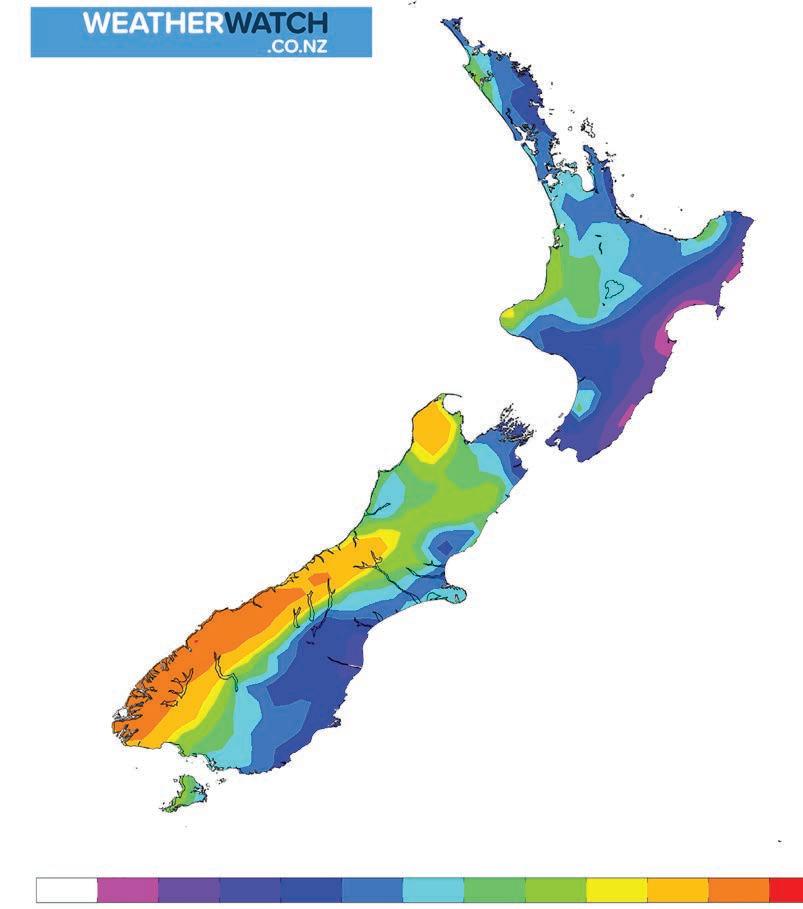
FROM HEAVEN: Rainfall accumulation over seven days starting from 6am Sunday September 22 through to 6am Sunday September 29.

